Liu Yin (b.1984, Guangzhou) lives and works in Hong Kong. After receiving her master degree from Guangzhou Academy of Fine Arts, in more than a decade’s time she has developed a subversive artistic language that makes classic shōjo manga faces — adorned with exaggerated, shiny eyes — on widely circulated contemporary images; public figures from the academic, scientific and political worlds; and pop culture characters or inanimate beings. At once concealing their initial expressions and revealing deeply hidden characters — a true self that is arguably feminine or innocent — Liu reconstructs the emotions, feelings and narrative structures manifest in complex events.
Before developing the signature painting style she is best known for today, Liu Yin shows interest in a variety of forms and subjects. As early as in 2010, her project at the Observation Society in Guangzhou, Reflections in the soup, includes paintings, sculptures, neon pieces, videos, writings and readymades. The shōjo manga also makes its first appearance in the exhibition — Liu in a casual gesture covers the face of a plaster bust with a makeshift mask. Reflections in the soup demonstrates the artist’s early interest in human emotions, social relations, ethics, dialectics between the authentic and the manipulated, or between the real and the surreal. Liu Yin writes for the project: “Cannot see/ Untrue!/ No transparency/ Nor is it ice/ It is a socket on the wall, apparently plastic/ fingers so nervous and are numbed.”
The small paintings Liu Yin creates around 2010 chiefly focus on the physicality of human bodies, and are also concerned with theatricalised cruel acts such as cutting, beating and falling. She continues complicating human bodies, gestures and narratives, and eventually in 2013 formally introduces into her paintings the signature shōjo manga faces. The project Publica at the Arrow Factory Space, Beijing in 2015 comprehensively demonstrates the maturation of Liu’s painting practice: she undoes the cold, journalistic yet dramatic atmosphere in which figures and characters from political or social news are caught, and then beautifies, modifies and edits the images, “offering another visual possibility beyond our reality… Those who live in news images and advertisements have to — thanks to their situation, identity or mission in reality — stage a certain anxiety, but I want to reduce them back to pure, simple human beings, those who manage to transcend their reality, who may be easily embarrassed, shy, silly, distracted or may suffer from ADD like a kid.” Also in this period, Liu has created for the independent magazine Fongfo a series of covers that shows the artist’s continued interest in whimsical, absurd situations and apparently mundane scenes.
After moving to Hong Kong from Beijing, Liu shifts away from referencing images and events from political or social contexts, focusing instead on producing faces for everyday situations, vegetables, fruits, plants, flowers, climates and seasonal changes. She freely grafts naiveté and innocence onto things while brooding over feelings, gender inequality and confrontational scenarios that are either silent or aggressive. For the solo exhibition of Spring at Kiang Malingue in 2023, Liu depicts, among other natural beings, a number of emotionally charged roses that intimidate, cry, weep, and struggle in the face of violent storms. The rose paintings evoke an idea of awakening that largely differs from its Western counterpart, re-examining the meaning of shōjo manga aesthetic and the value of the mask for a community or for an individual. In Strawberry! Blueberry! Blackberry! and Mint!, Liu juxtaposes kawaii elements with a stern mask that represents the affiliation between masculinity and truth, humorously sabotaging the relationship between the female gaze and the petrifying Medusa narrative. The titular painting from the exhibition Spring, on the other hand, considers as its subject an idyllic environment, whose large eyes belong to the sky, the season, the atmosphere and the animistic. The pair of sizeable eyes float in the scene, imprinting hollow traces between willow leaves. The painting modifies Liu’s layering logic by revealing a face deeply hidden in the background, pondering the relationship between life and spirit in a composition that reminds one of symbolist paintings or vanitas.
Liu points out that, just like many in her generation, she enjoyed Japanese manga when she was little. As a child she used to make manga-style drawings, and had to forfeit the hobby when she was sent for academic art training. Artist Duan Jianyu observes that the foundation of Liu’s re-incorporation of shōjo manga elements in her painting practice in the last decade is the will to rebel. Duan: “The large eyes are themselves functioning as a transcendence of reality (imagine making regular-size eyes here), reminding us that the art of painting do not mean to represent or express reality or life. It views and accommodates grown-ups’ greed, desires, wickedness and banality… Liu does not bluff; she shows her rebel by breaking academic and commercial cliches. She does not please, does not woo. What could we the painters possibly do for the genre today? Liu Yin is an example par excellence: paying no heed of the trends, conveying new feelings, reflecting one’s true self.”
Liu’s recent solo exhibitions include: Summer, Kiang Malingue, Hong Kong (2025); Spring, Kiang Malingue, Hong Kong (2023); Publica, Arrow Factory, Beijing (2015); Liu Yin: Oh, Chinese Boy… Don’t Be Ashamed…, Chinese Culture Center of San Francisco, San Francisco (2011); Reflections In the Soup, Observation Society, Guangzhou (2010). Recent group exhibitions include: Symbiotic Longing, TAO ART, Taipei (2024); Meta Media Art Festival, Tai Koo Li Qiantan, Shanghai (2023); Where Jellyfish Come From, Antenna Space, Shanghai (2022); In the Labyrinth, Edouard Malingue Gallery, Shanghai (2021); Dream (Is) land!, MINE Project, Hong Kong (2021); Folded Veil, Edouard Malingue Gallery, Hong Kong (2019); Condo Shanghai, Antenna Space, Shanghai (2019); Full of Peril and Weirdness: Painting as a Universalism, M WOODS Museum, Beijing (2015); Berlin Studio, Import Projects, Berlin (2014); Transience: Intractable Objects, Taikang Space, Beijing (2014); Not in Fashion, Guangzhou Academy of Fine Arts, Guangzhou (2011).
Liu Yin Hong Kong, B. Guangzhou, China, 1984

Summer, 2025
Acrylic on canvas
200 x 230 cm
78 3/4 x 90 1/2 in
Installation view of “Summer”, Kiang Malingue, Hong Kong, 2025.
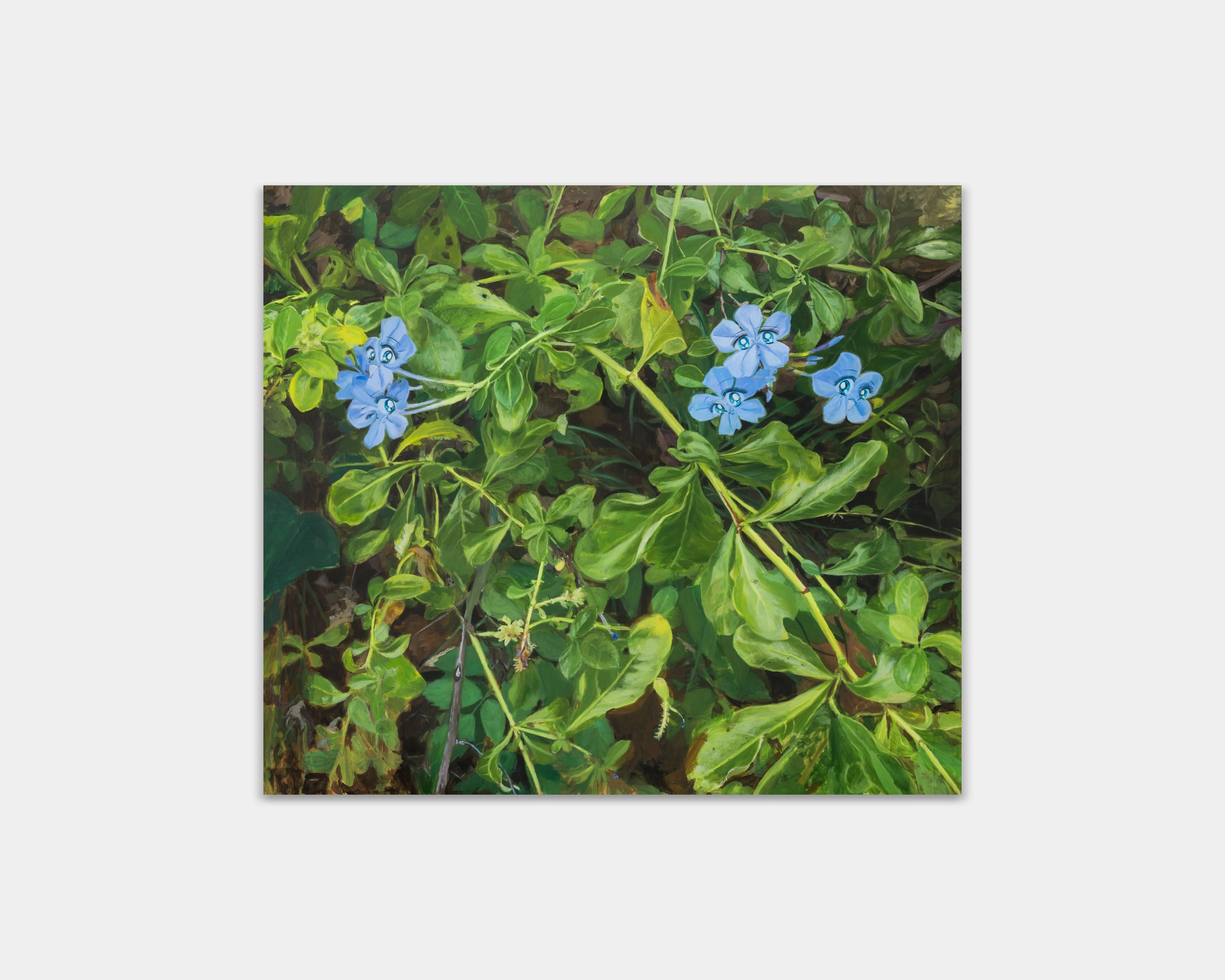
Summer, 2025
Acrylic on canvas
200 x 230 cm
78 3/4 x 90 1/2 in
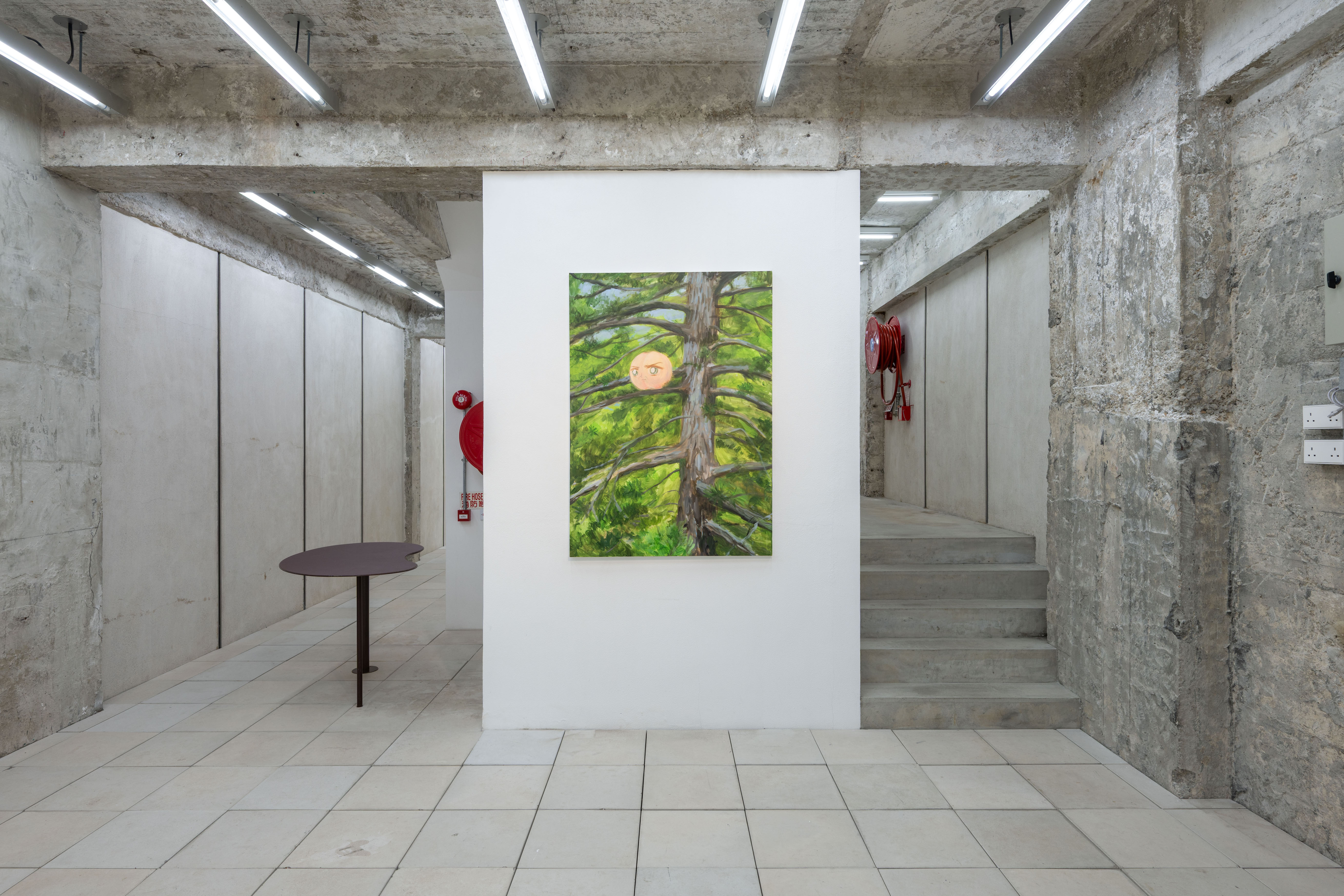
Overlook, 2025
Acrylic on canvas
140 x 100 cm
55 1/8 x 39 3/8 in
Installation view of “Summer”, Kiang Malingue, Hong Kong, 2025.
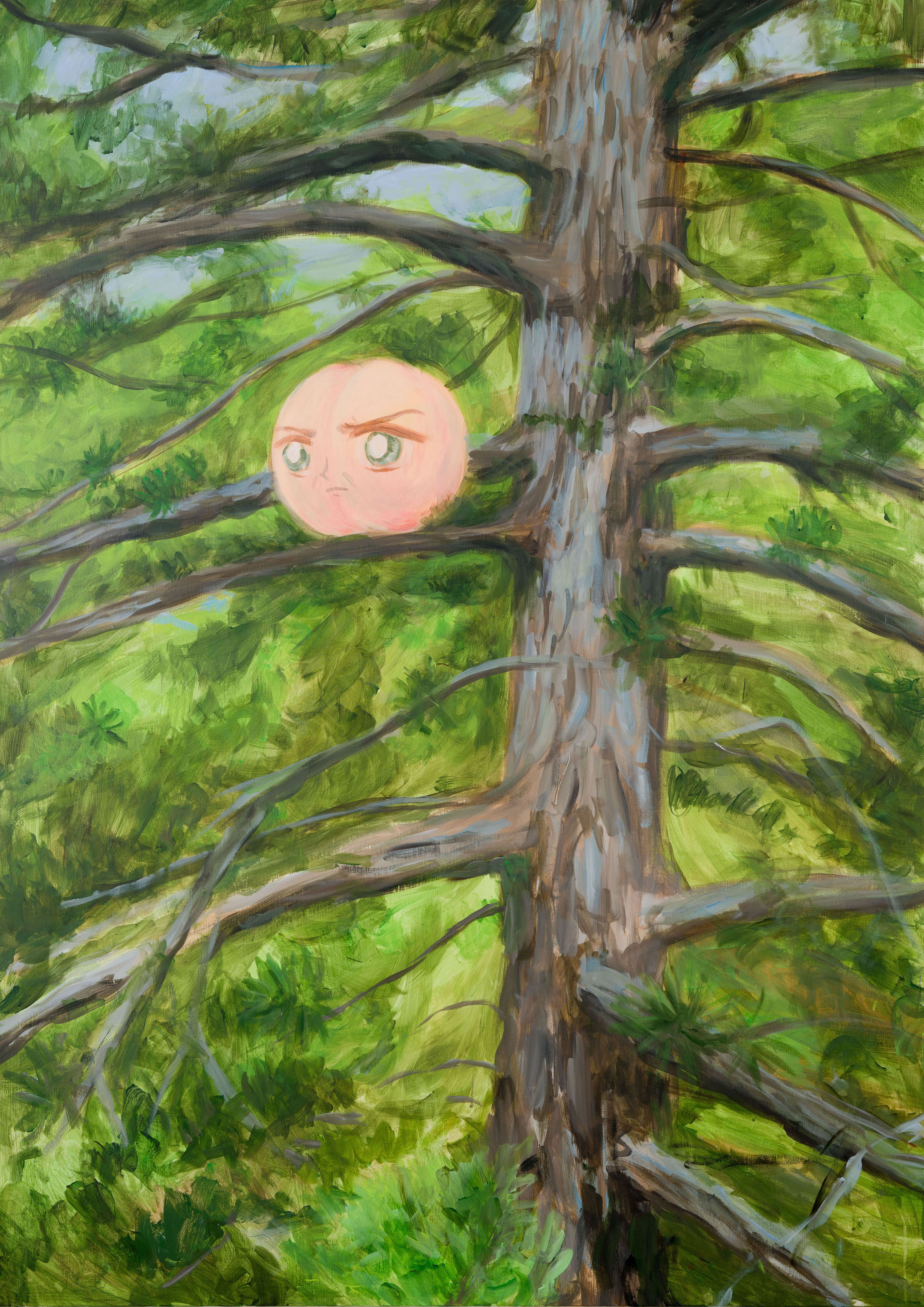
Overlook, 2025
Acrylic on canvas
140 x 100 cm
55 1/8 x 39 3/8 in
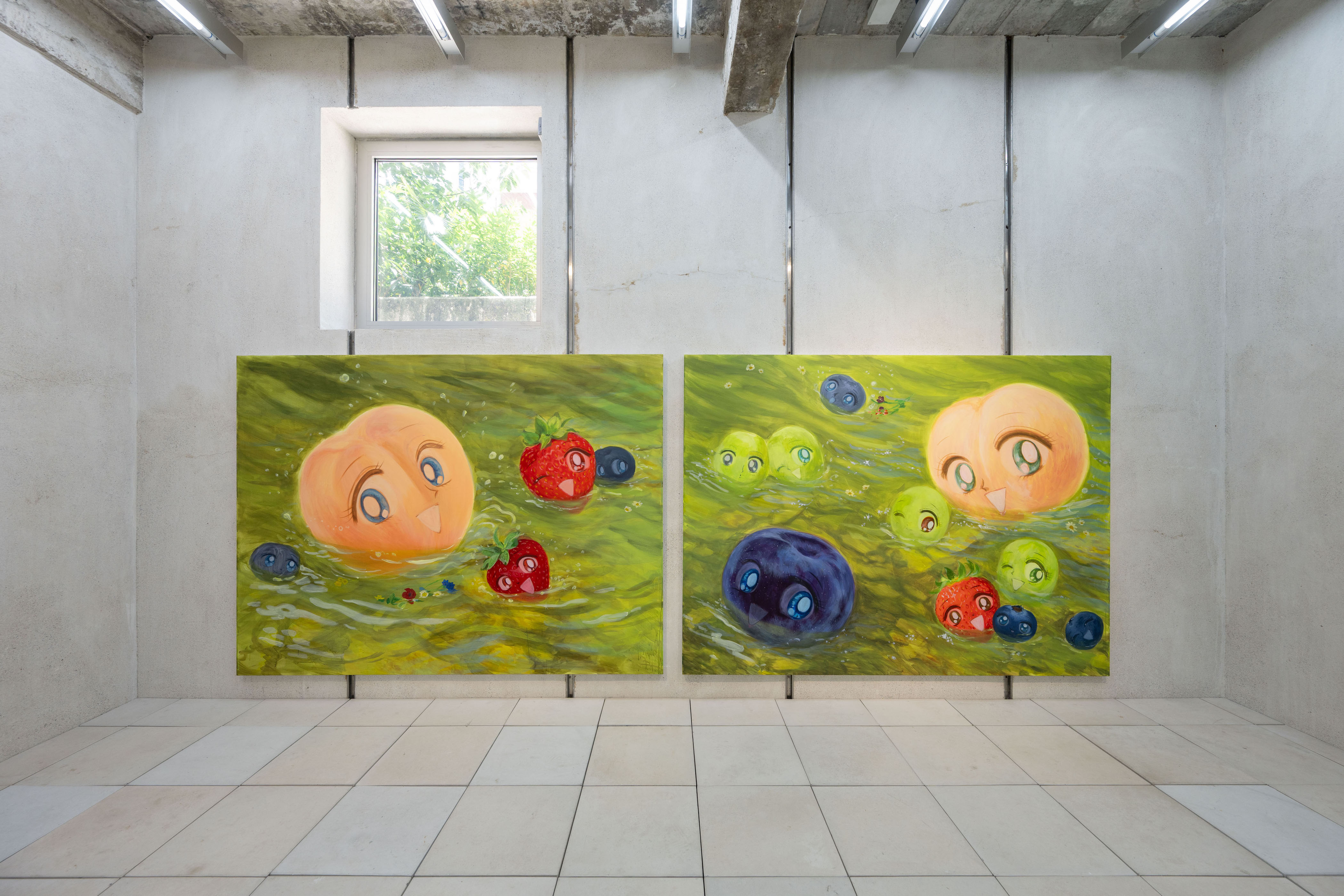
(Left): River #1, 2025, acrylic on canvas, 150 x 200 cm, 59 x 78 3/4 in.
(Right): River #2, 2025, acrylic on canvas, 150 x 200 cm, 59 x 78 3/4 in.
Installation view of “Summer”, Kiang Malingue, Hong Kong, 2025.
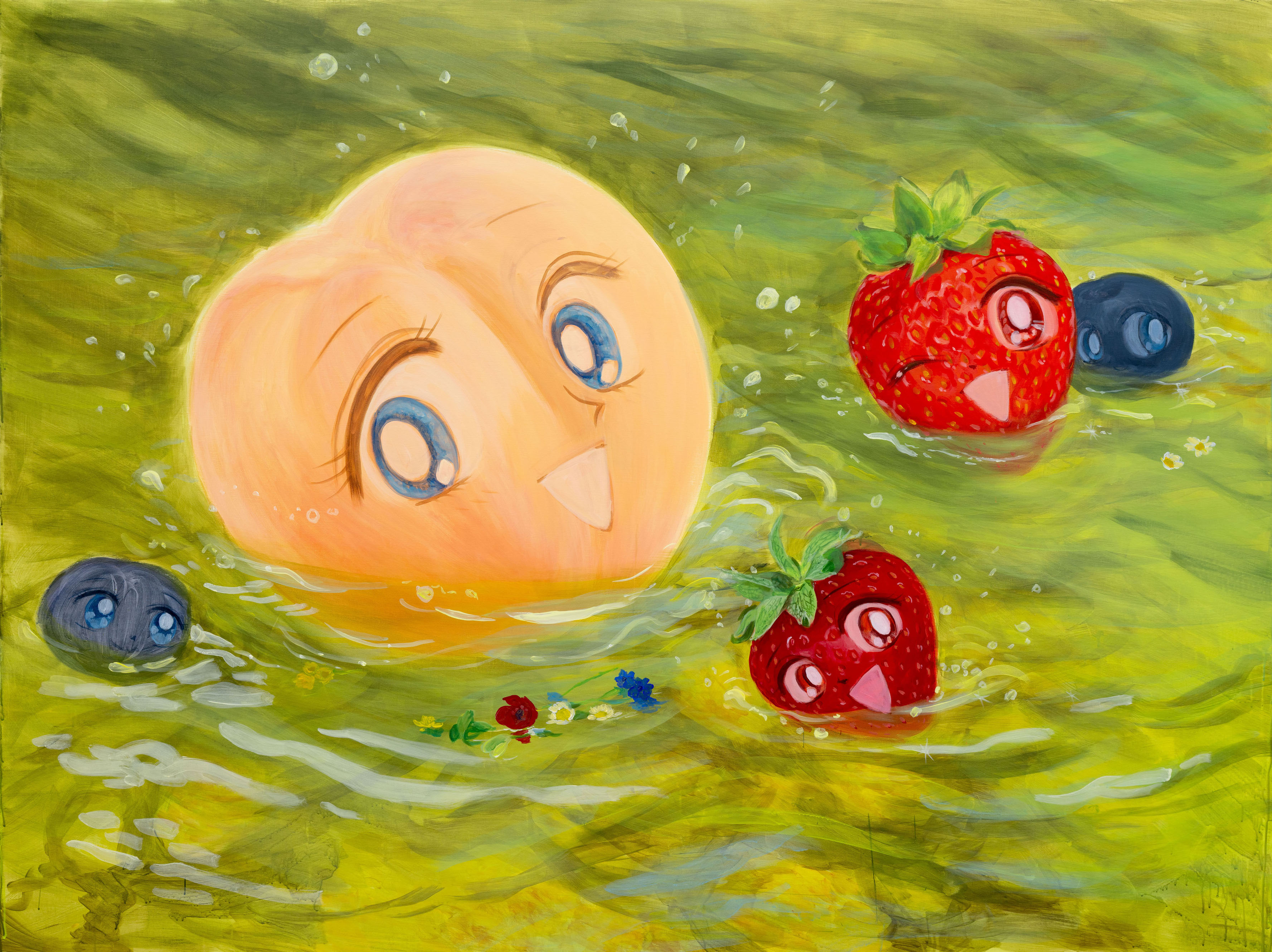
River #1, 2025
Acrylic on canvas 150 x 200 cm
59 x 78 3/4 in.
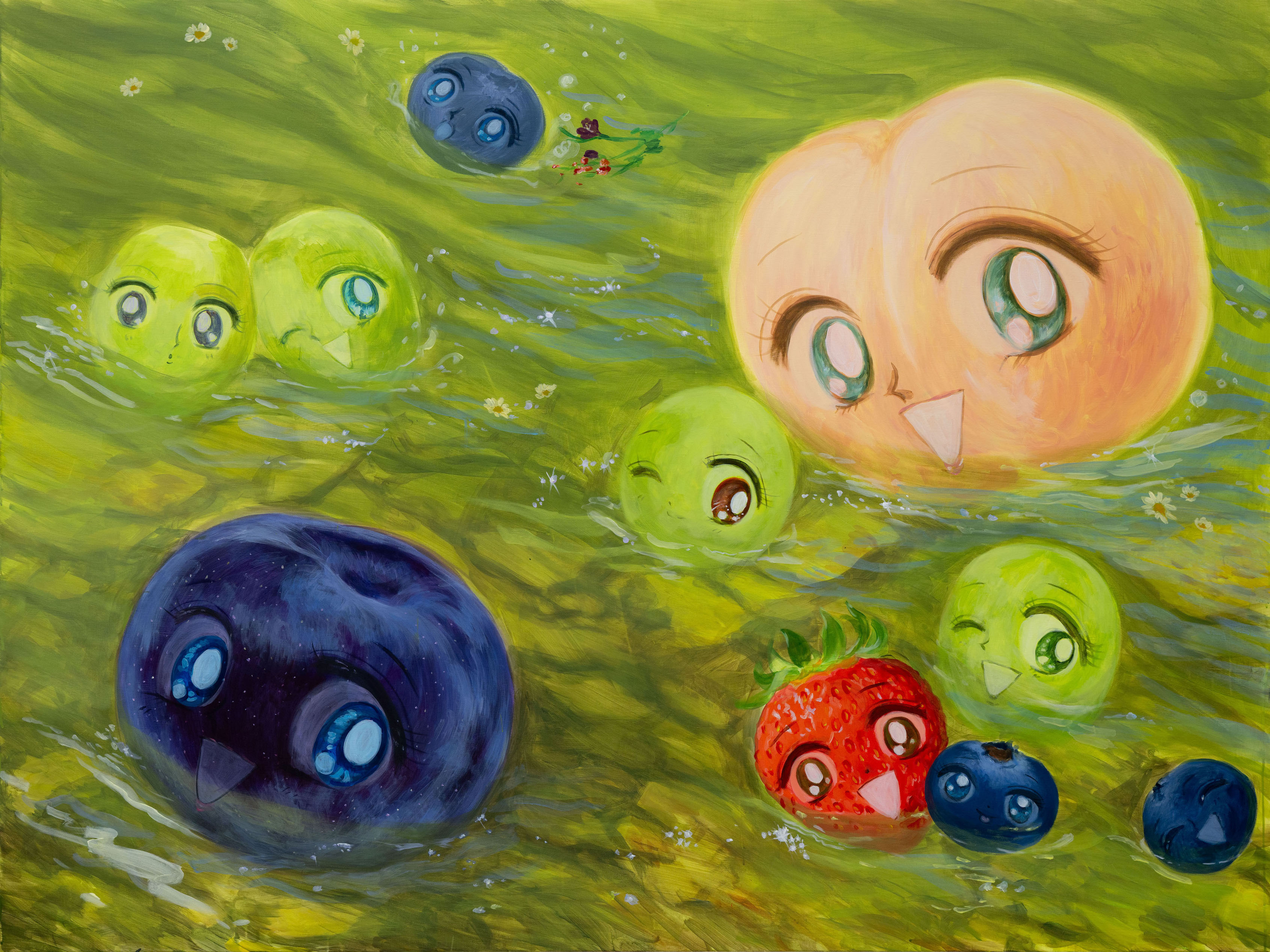
River #2, 2025
Acrylic on canvas 150 x 200 cm
59 x 78 3/4 in.
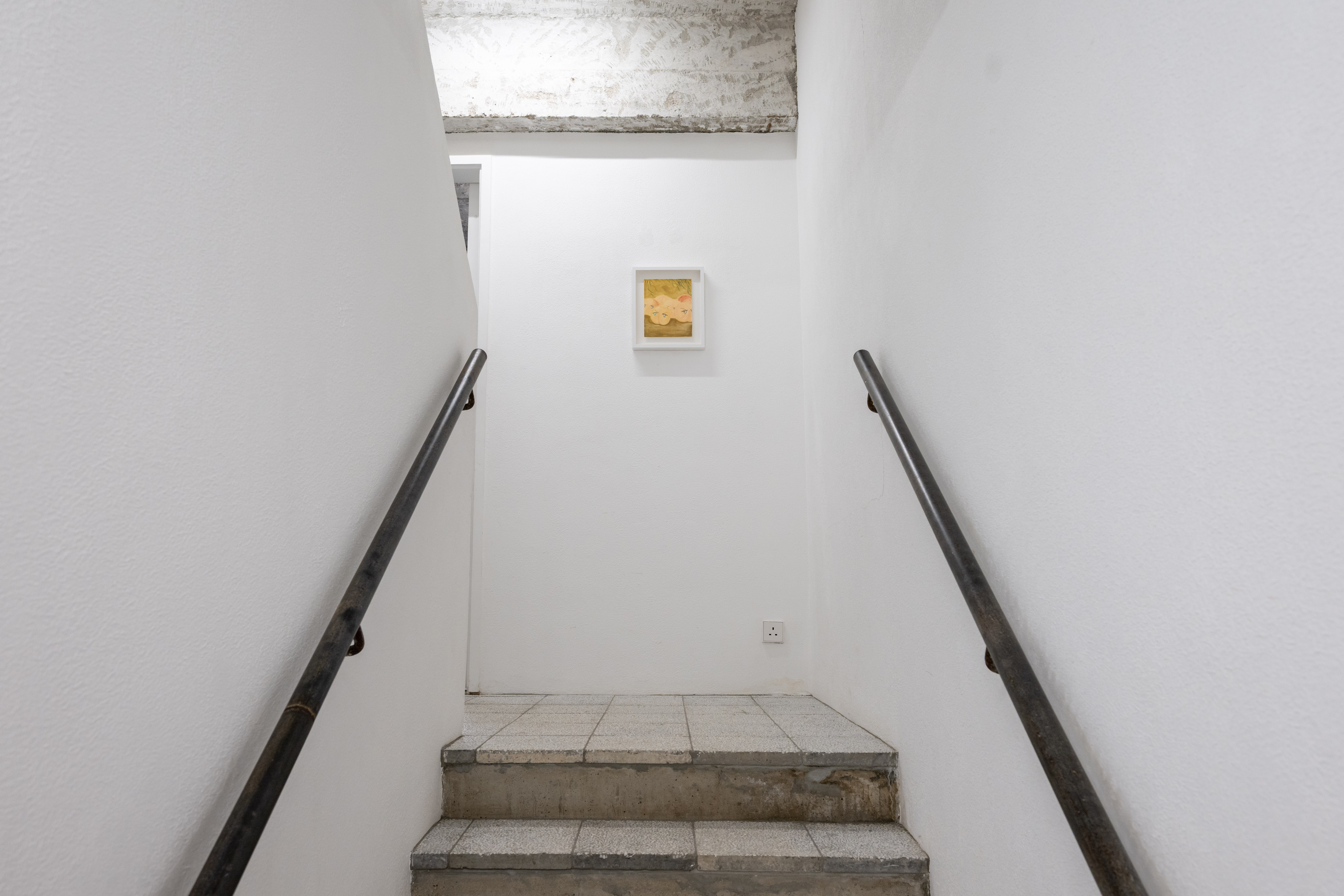
Installation view of “Summer”, Kiang Malingue, Hong Kong, 2025.
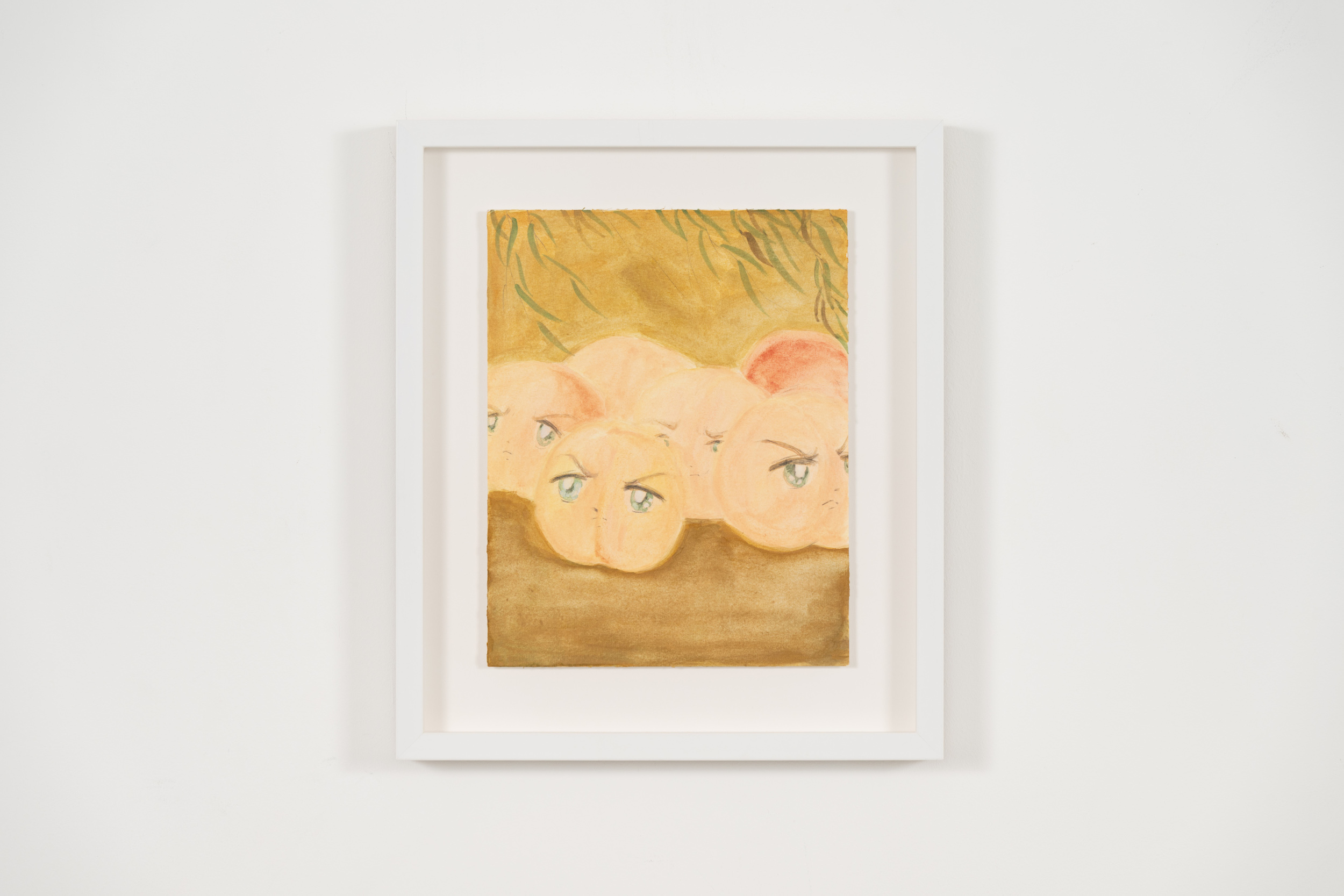
Framed: 33.5 x 28.7 cm; 13 1/4 x 11 1/4 in
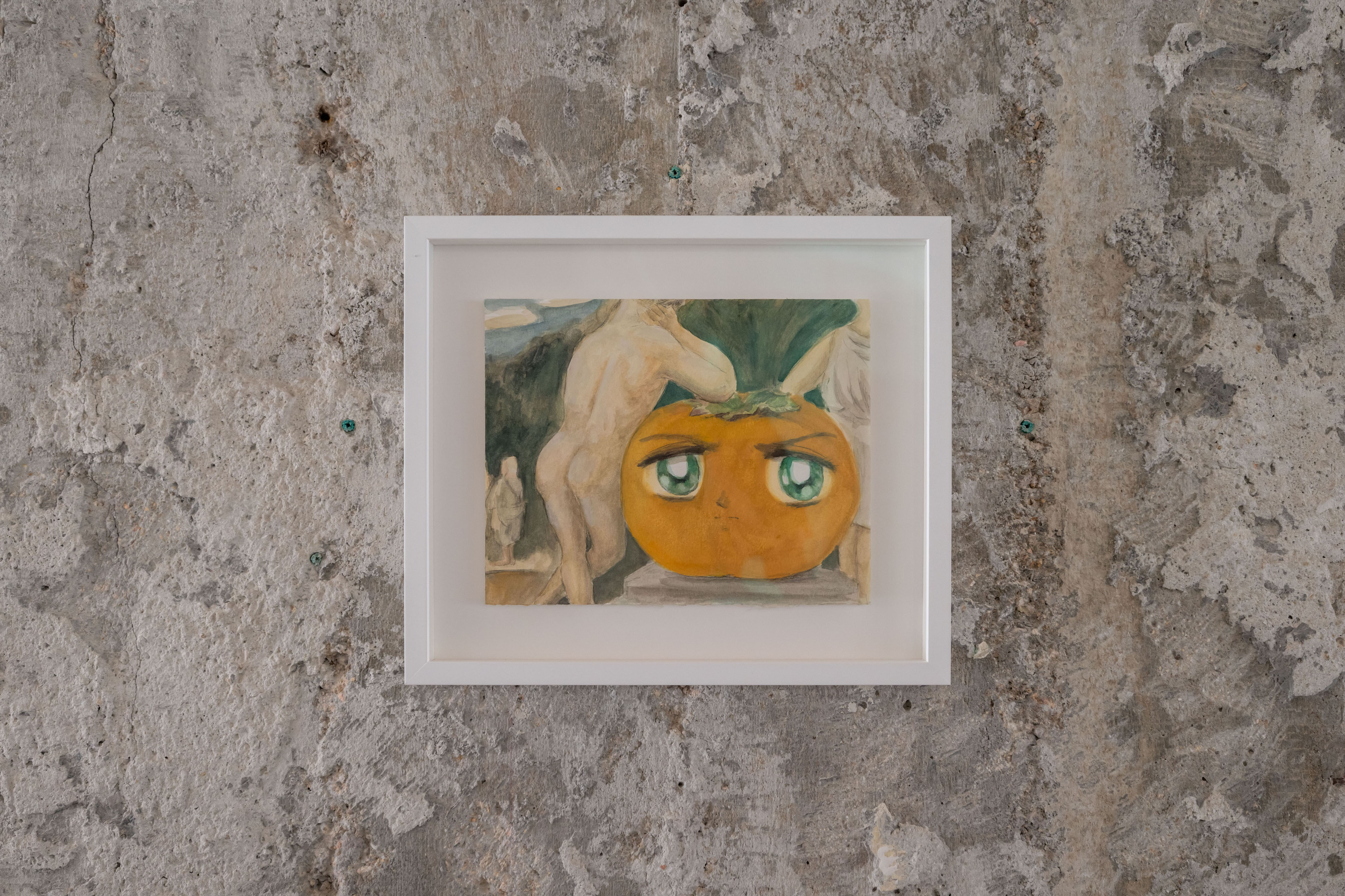
Persimmon, 2025
Watercolor on paper
Unframed: 19 x 24 cm; 7 1/2 x 9 1/2 in
Framed: 28.7 x 33.5 cm; 11 1/4 x 13 1/4 in
Installation view of “Summer”, Kiang Malingue, Hong Kong, 2025.
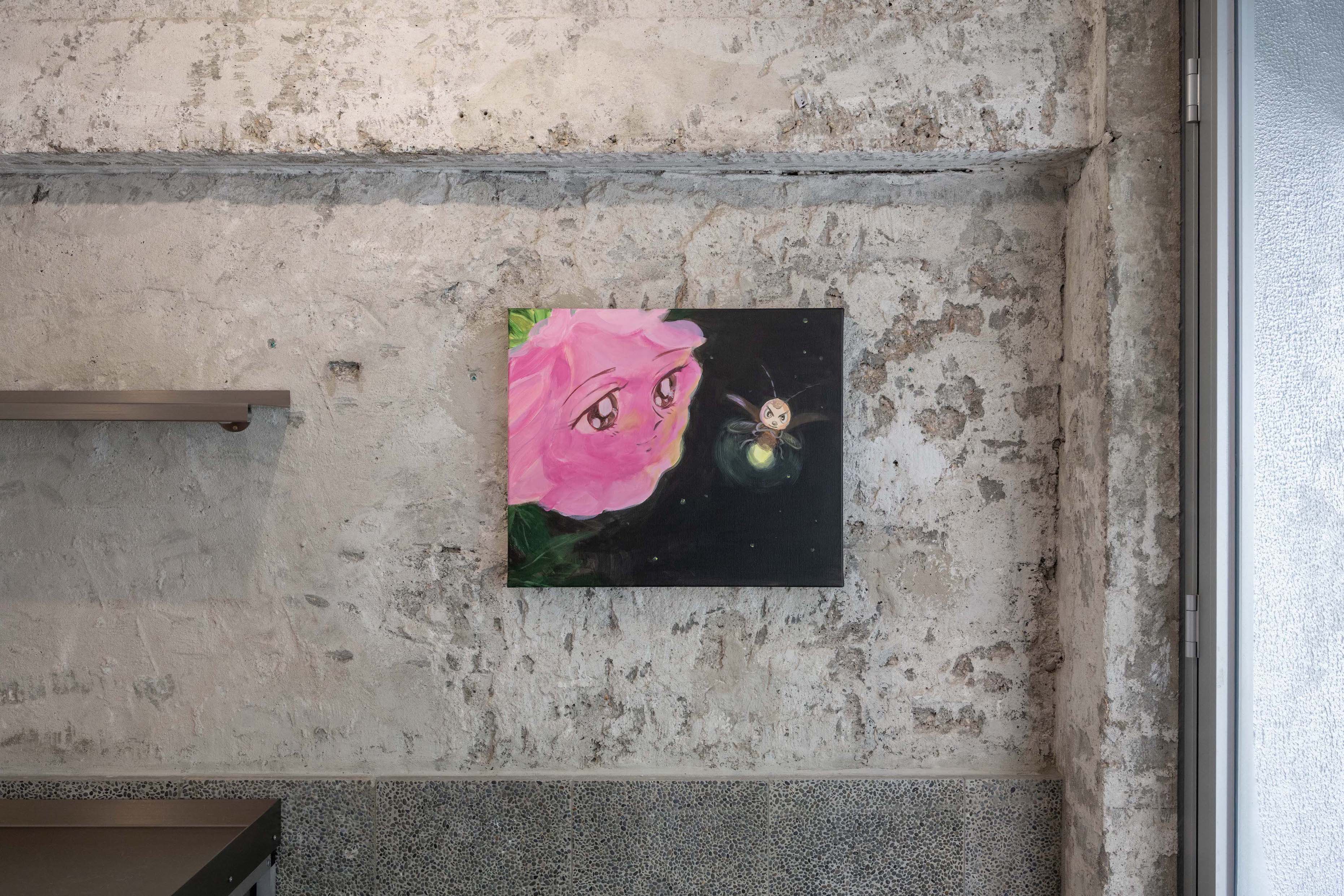
Firefly, 2025
Acrylic on canvas
50 x 60 cm
23 5/8 x 19 3/4 in
Installation view of “Summer”, Kiang Malingue, Hong Kong, 2025.

Night Scene, 2025
Acrylic on Canvas
168 x 200 cm
66 1/8 x 78 3/4 in
Installation view of “Summer”, Kiang Malingue, Hong Kong, 2025.
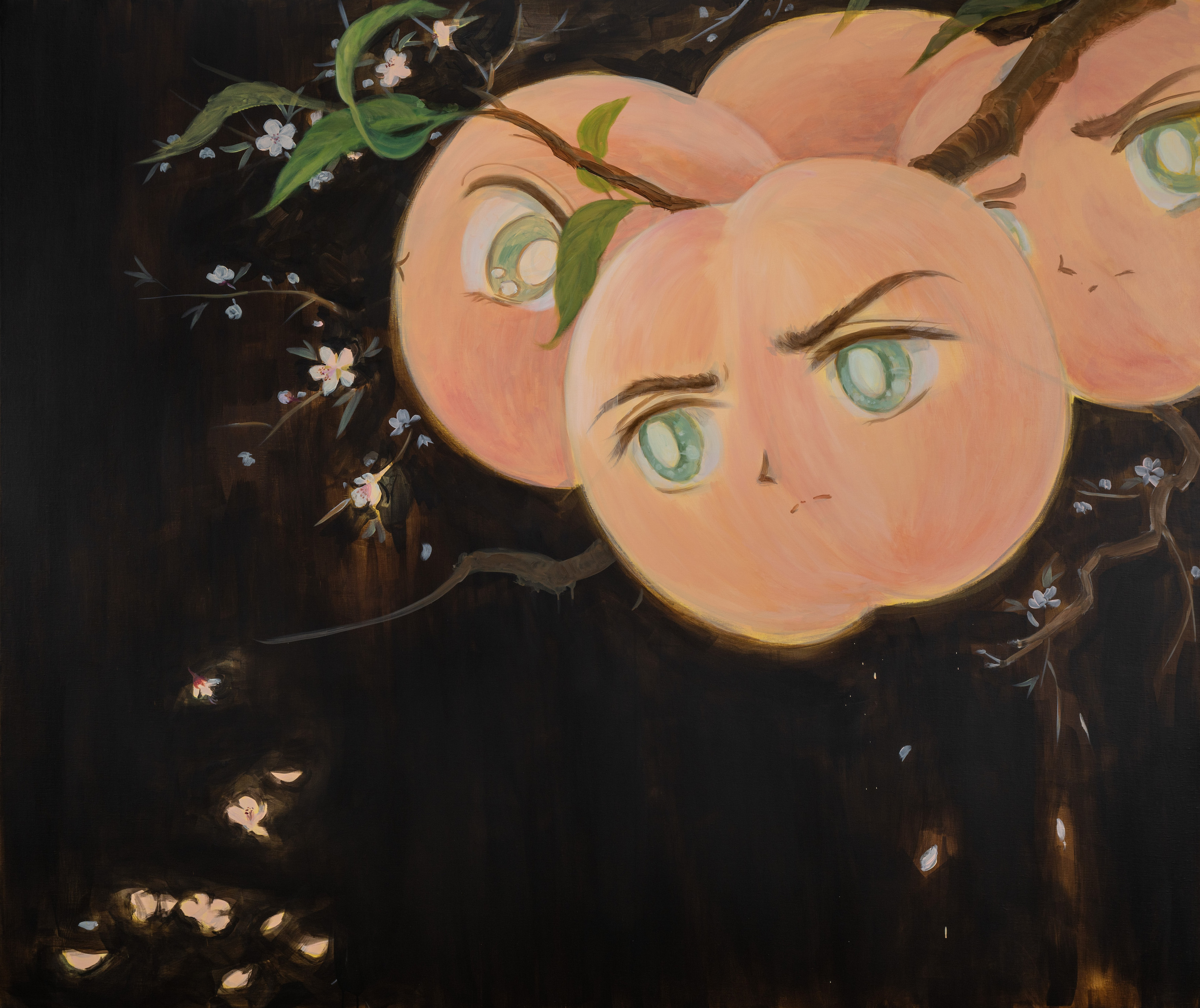
66 1/8 x 78 3/4 in
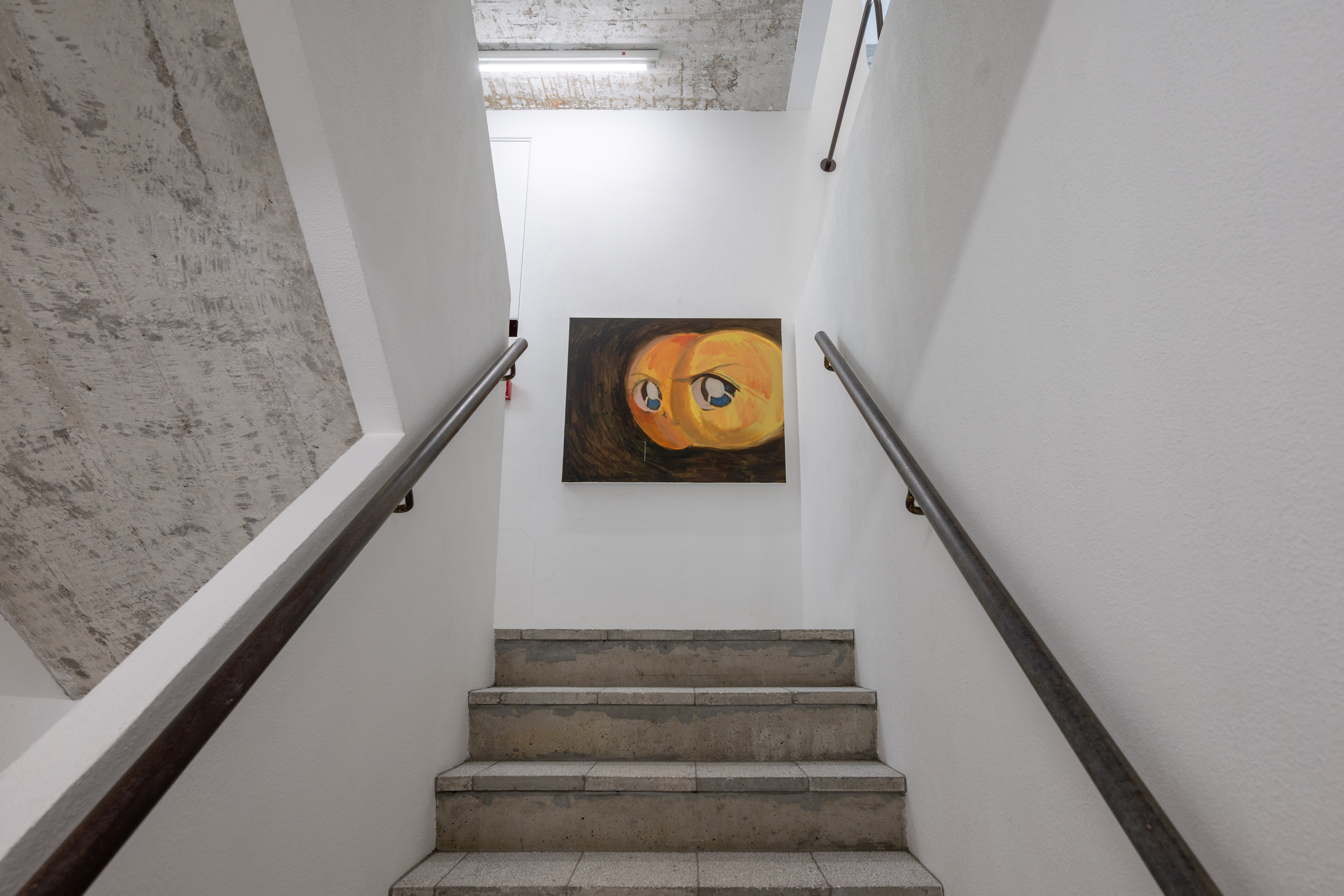
Cautious, 2024-2025
Acrylic on canvas
80 x 100 cm
31 1/2 x 39 3/8 in
Installation view of “Summer”, Kiang Malingue, Hong Kong, 2025.

Cautious, 2024-2025
Acrylic on canvas
80 x 100 cm
31 1/2 x 39 3/8 in
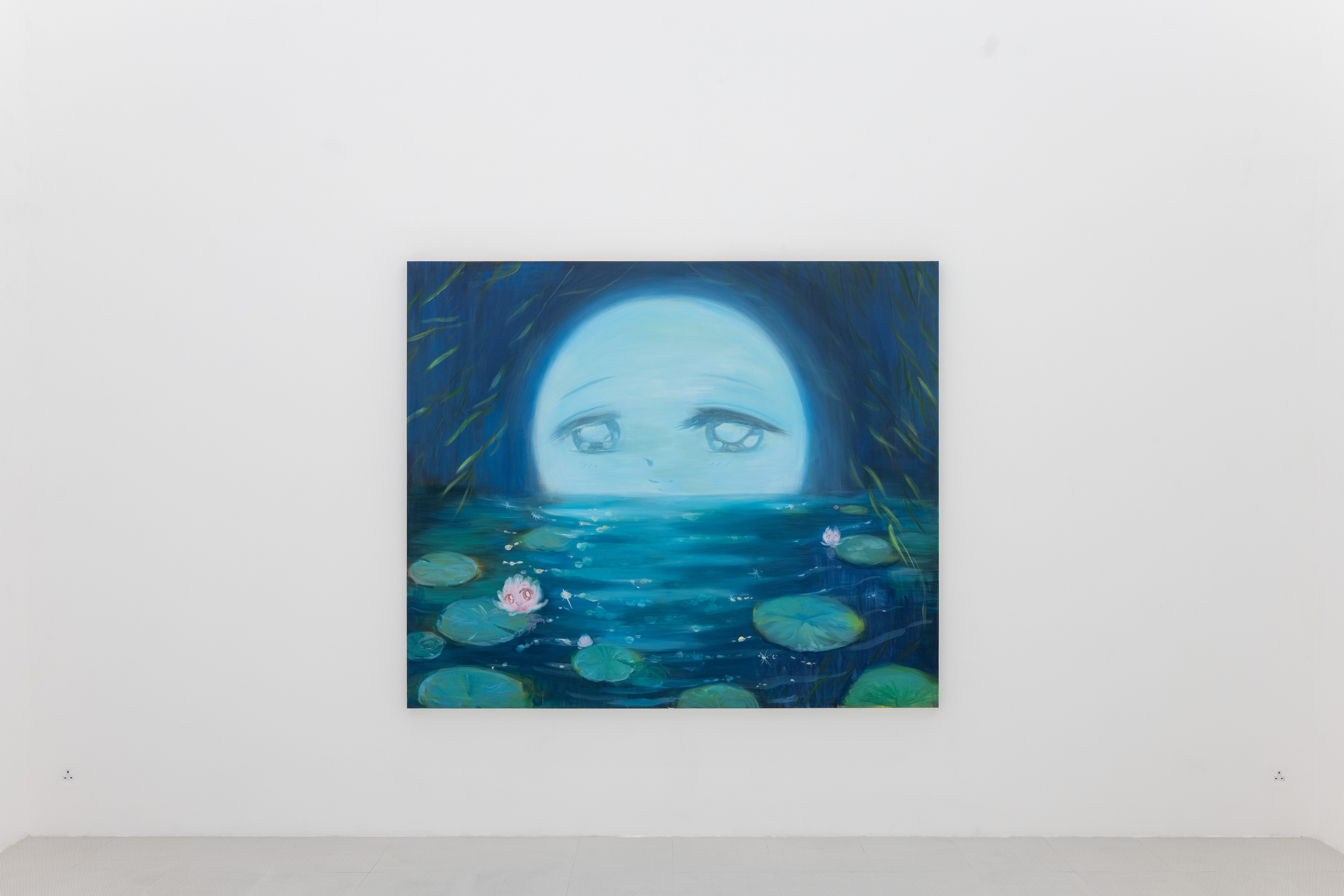
Blue Moon, 2025
Acrylic on canvas
168 x 200 cm
66 1/8 x 78 3/4 in
Installation view of “Summer”, Kiang Malingue, Hong Kong, 2025.
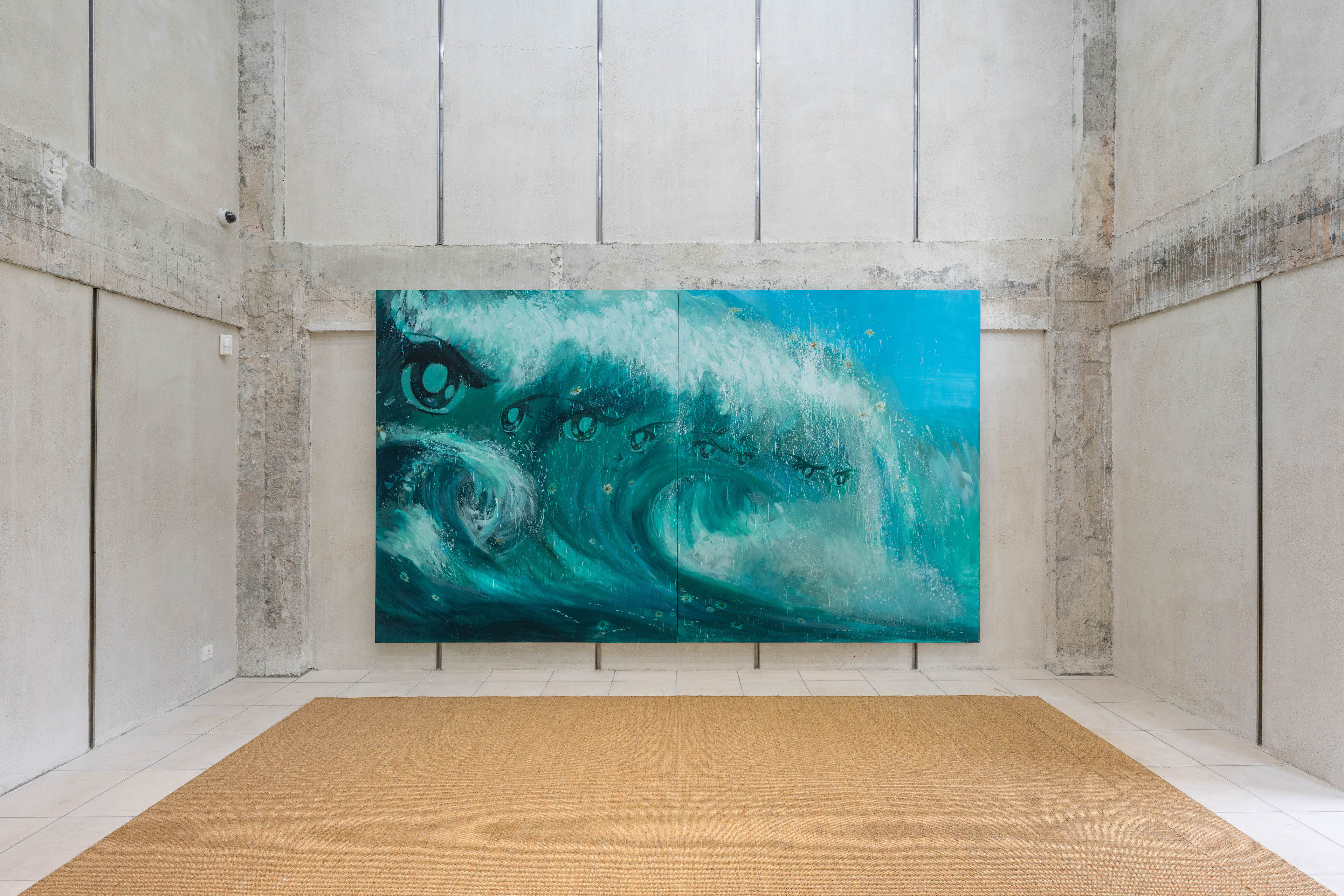
Waves, 2025
Acrylic on canvas
230 x 392 cm; 90 1/2 x 154 3/8 in
230 x 196 cm; 90 1/2 x 77 1/8 in each panel
Installation view of “Summer”, Kiang Malingue, Hong Kong, 2025.
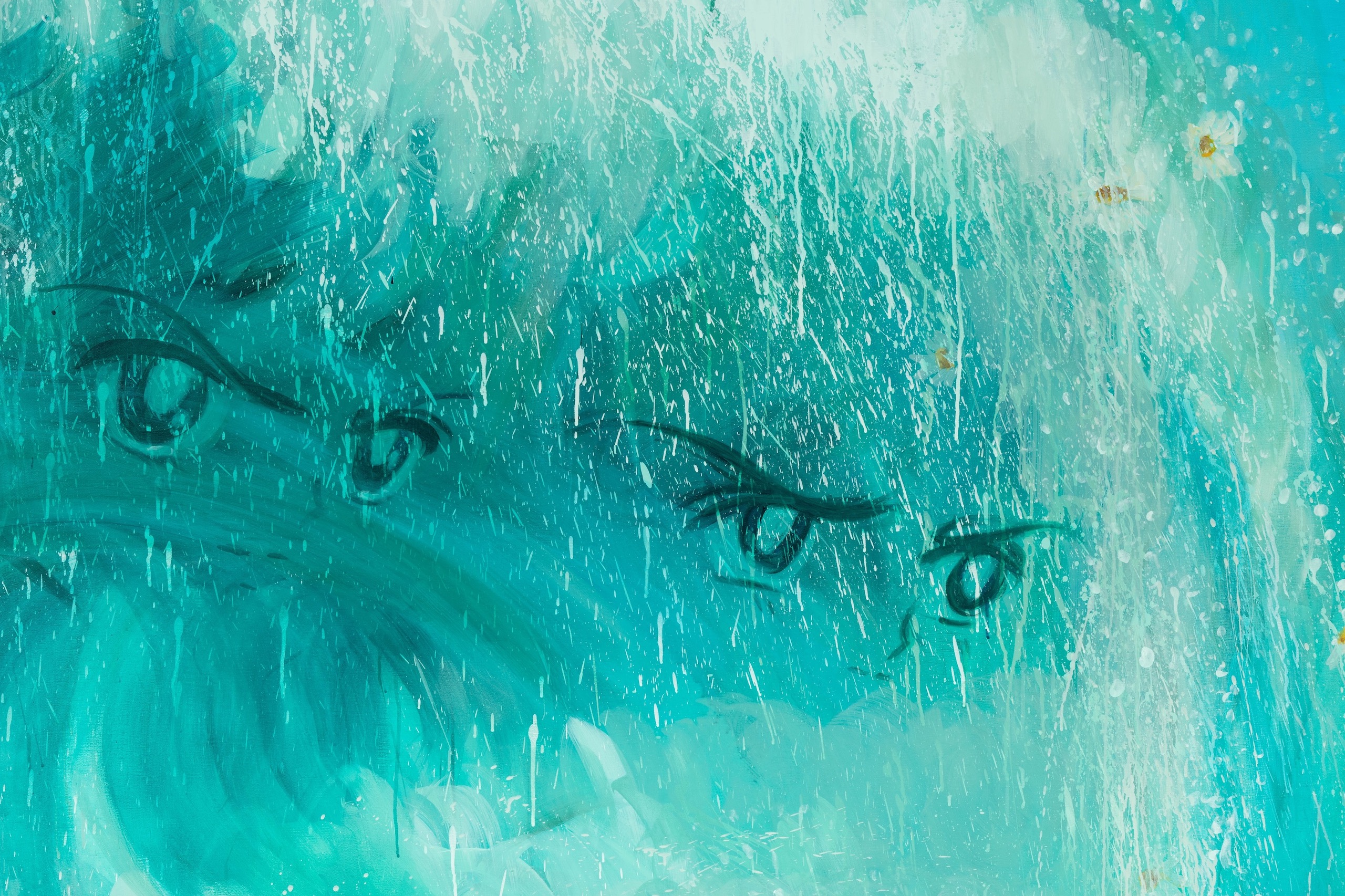
Waves, 2025
Acrylic on canvas
230 x 392 cm; 90 1/2 x 154 3/8 in
230 x 196 cm; 90 1/2 x 77 1/8 in each panel
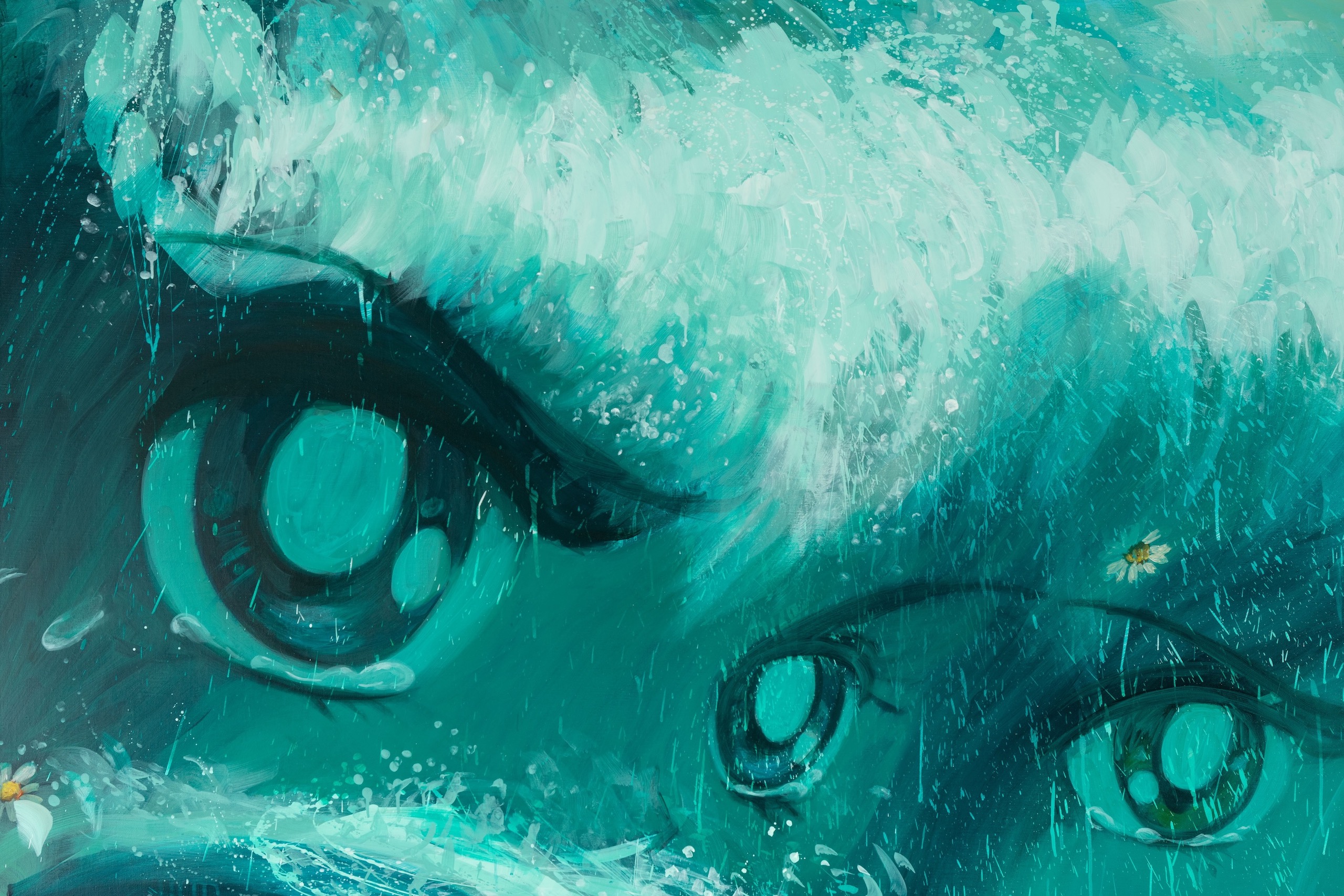
Waves, 2025
Acrylic on canvas
230 x 392 cm; 90 1/2 x 154 3/8 in
230 x 196 cm; 90 1/2 x 77 1/8 in each panel
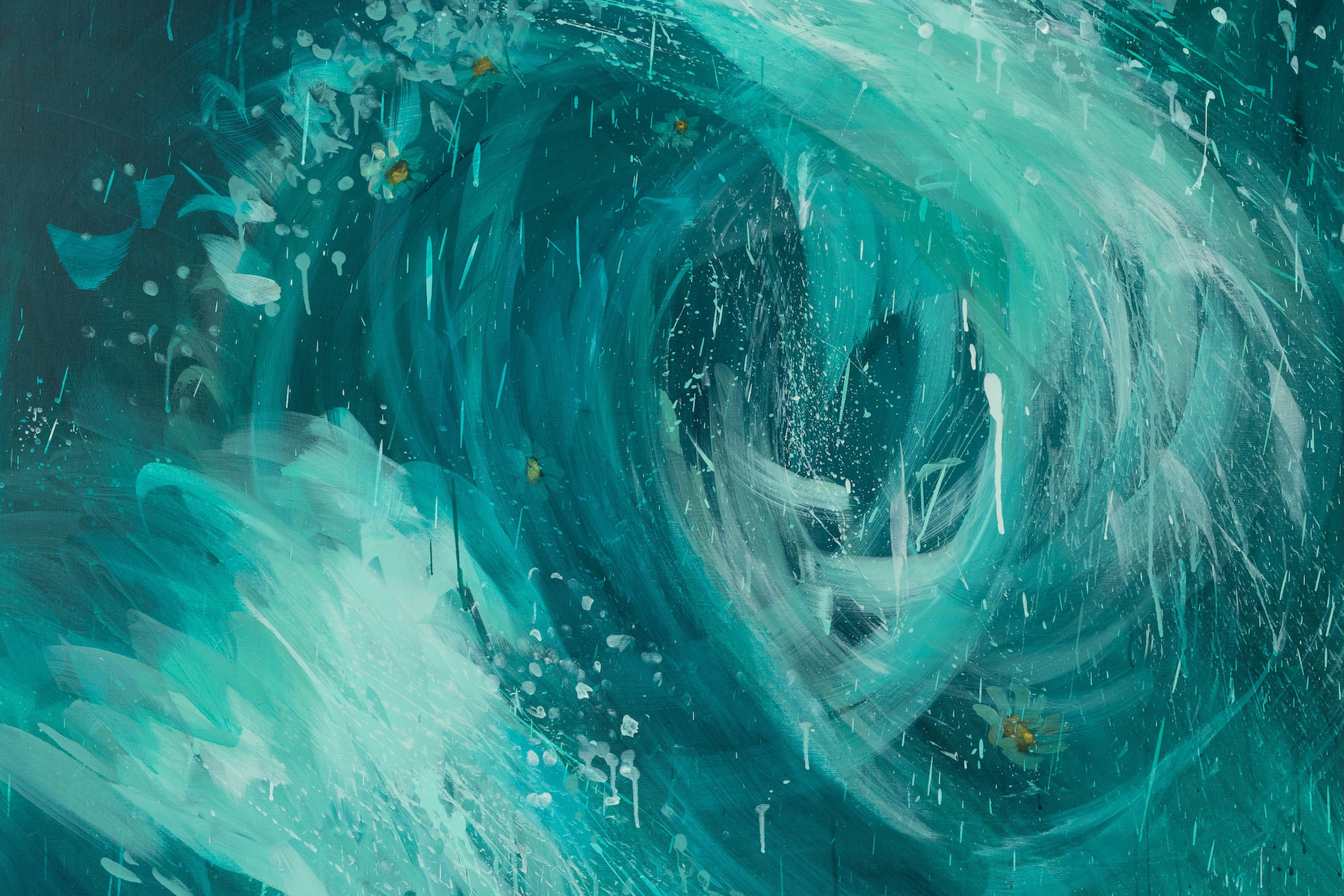
Waves, 2025
Acrylic on canvas
230 x 392 cm; 90 1/2 x 154 3/8 in
230 x 196 cm; 90 1/2 x 77 1/8 in each panel

230 x 203 cm; 90 1/2 x 79 7/8 in each panel
Installation view of “Summer”, Kiang Malingue, Hong Kong, 2025.
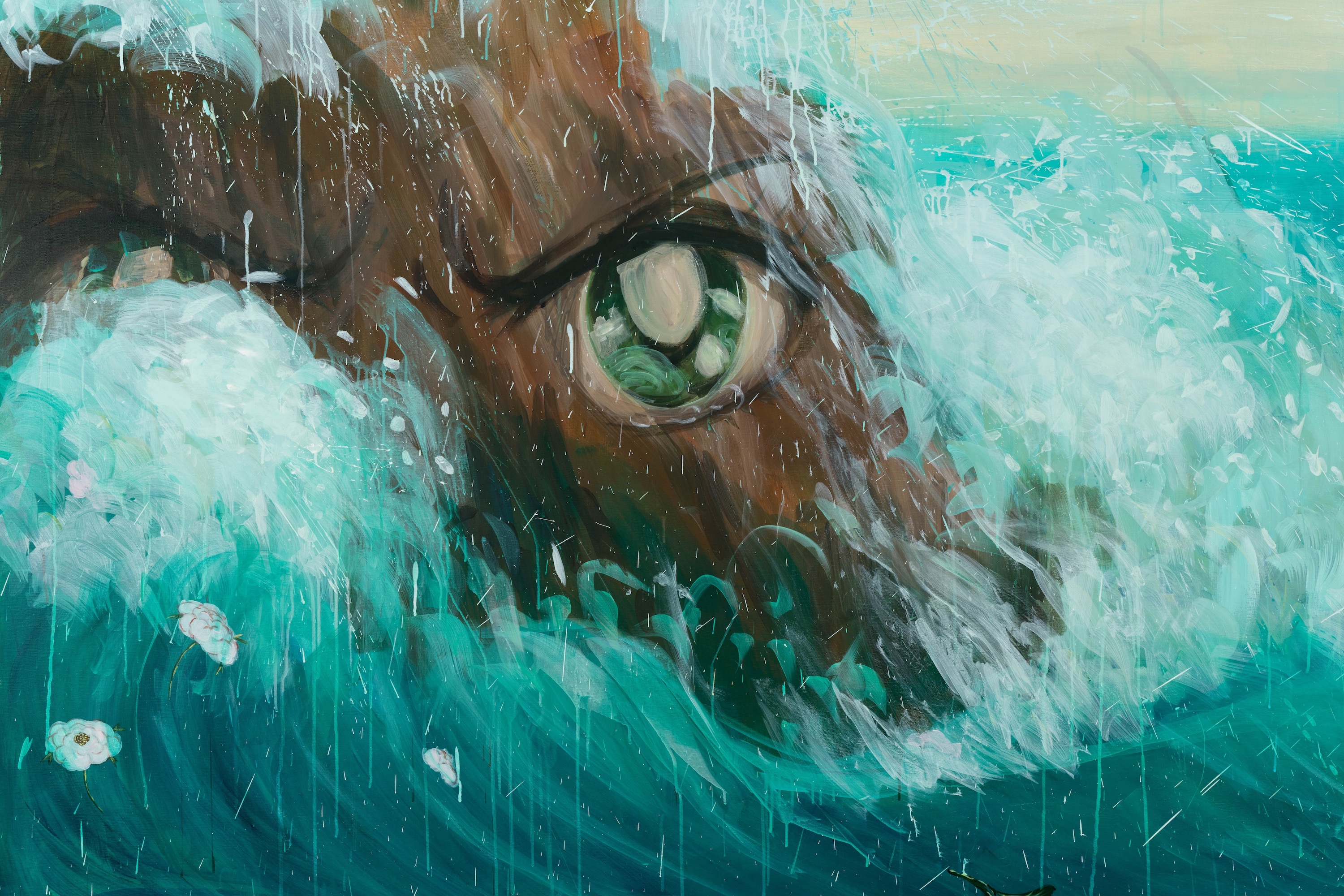
230 x 203 cm; 90 1/2 x 79 7/8 in each panel
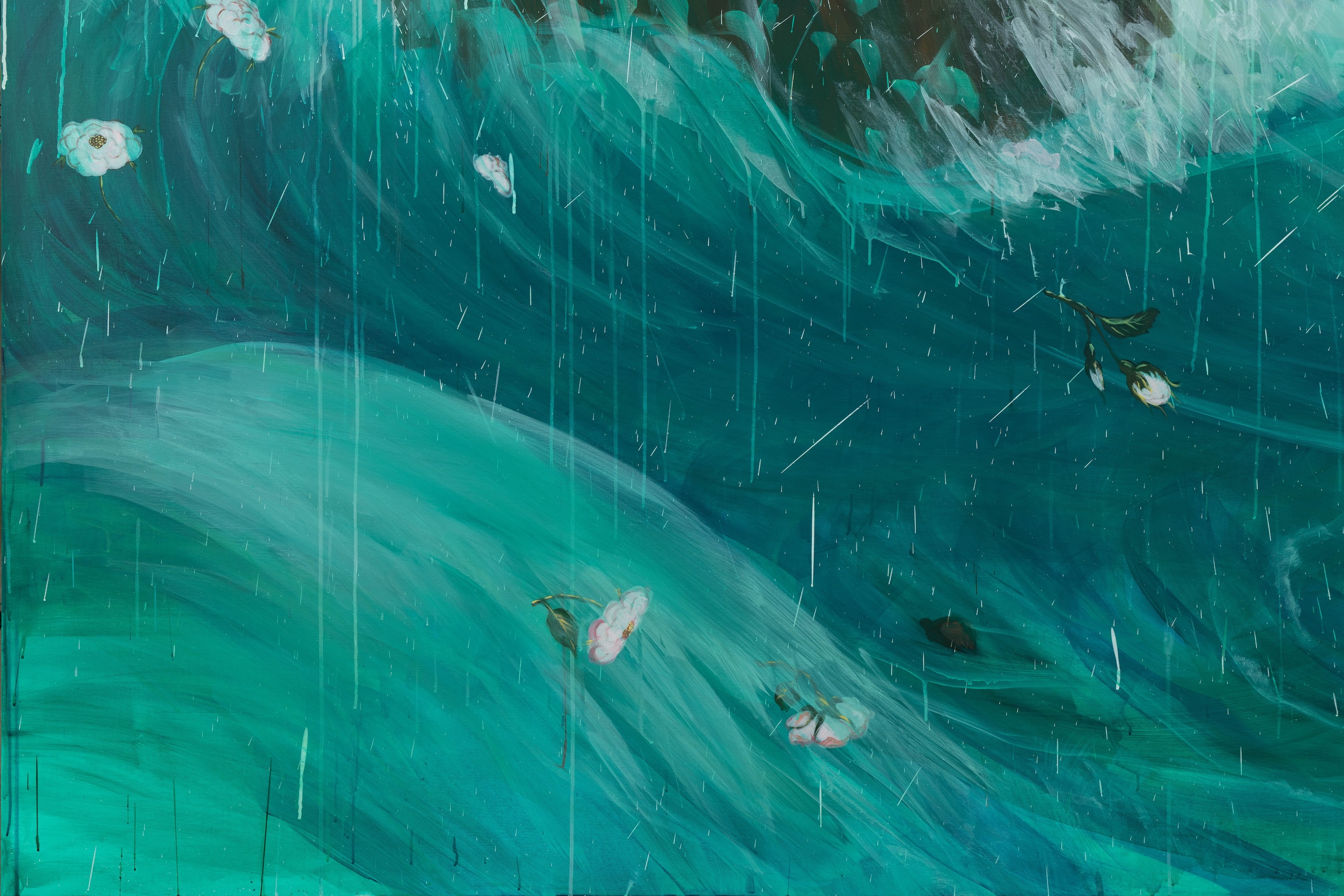
230 x 203 cm; 90 1/2 x 79 7/8 in each panel
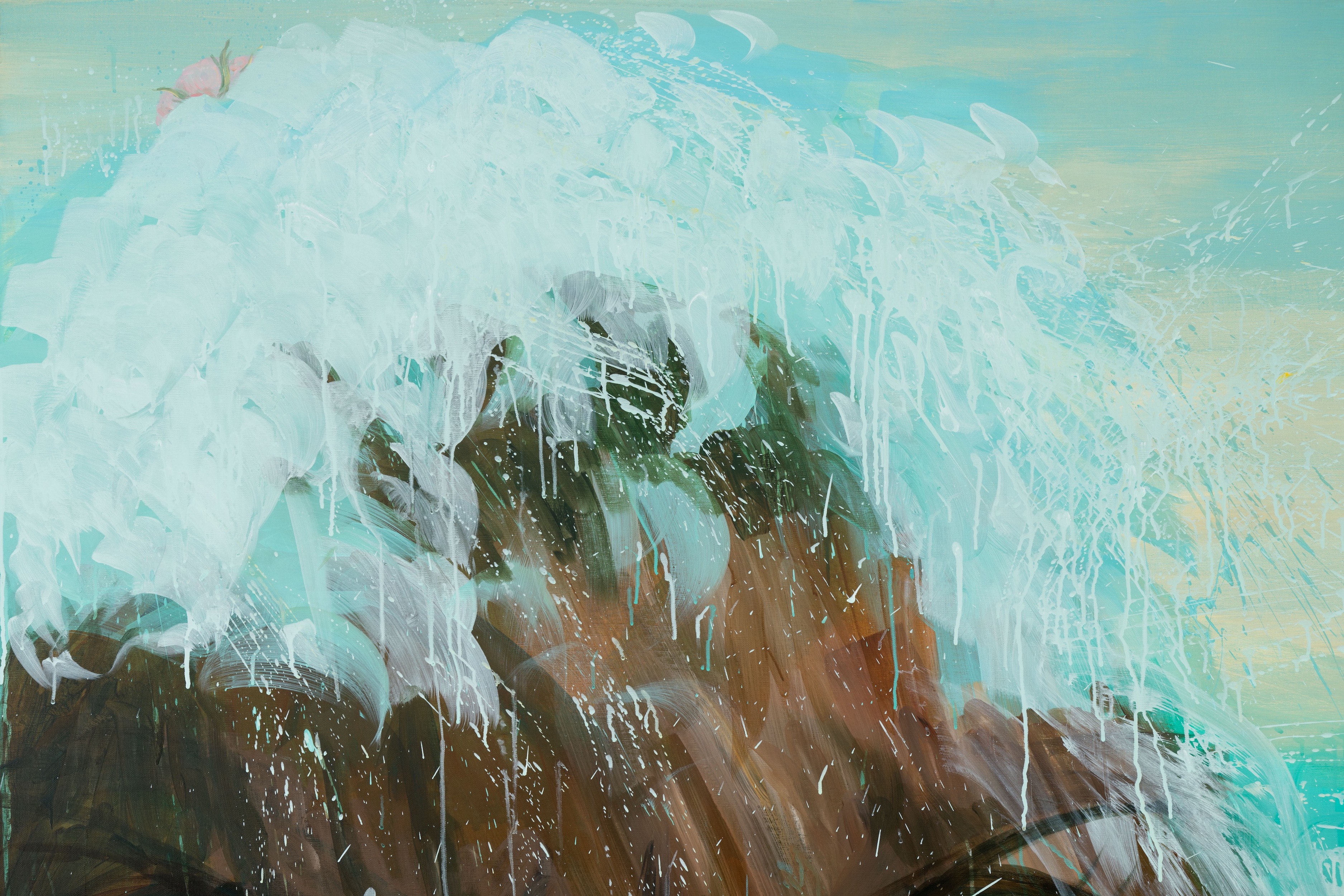
230 x 203 cm; 90 1/2 x 79 7/8 in each panel
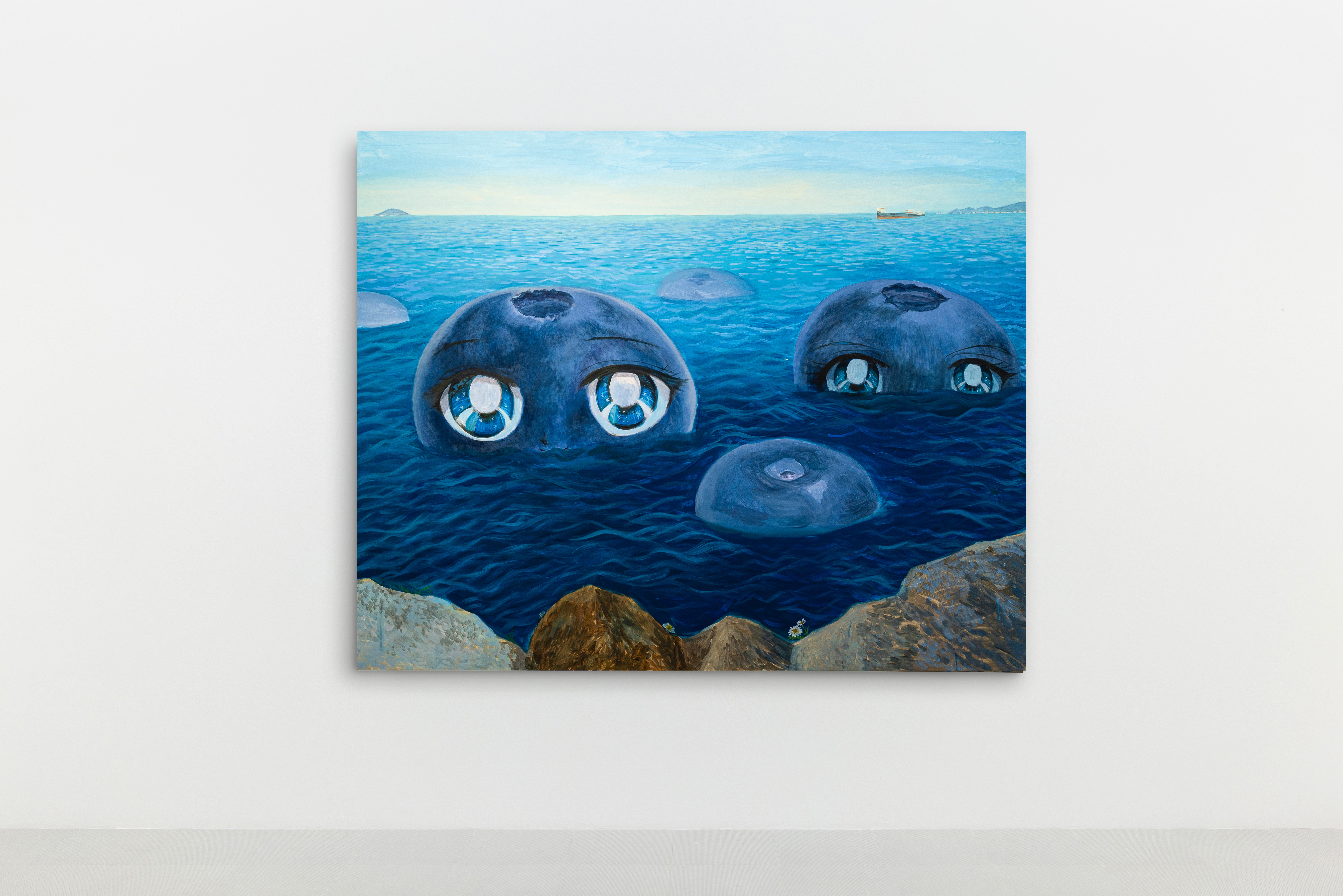
Acrylic on canvas
170 x 200 cm

Acrylic on canvas
200 x 230 cm
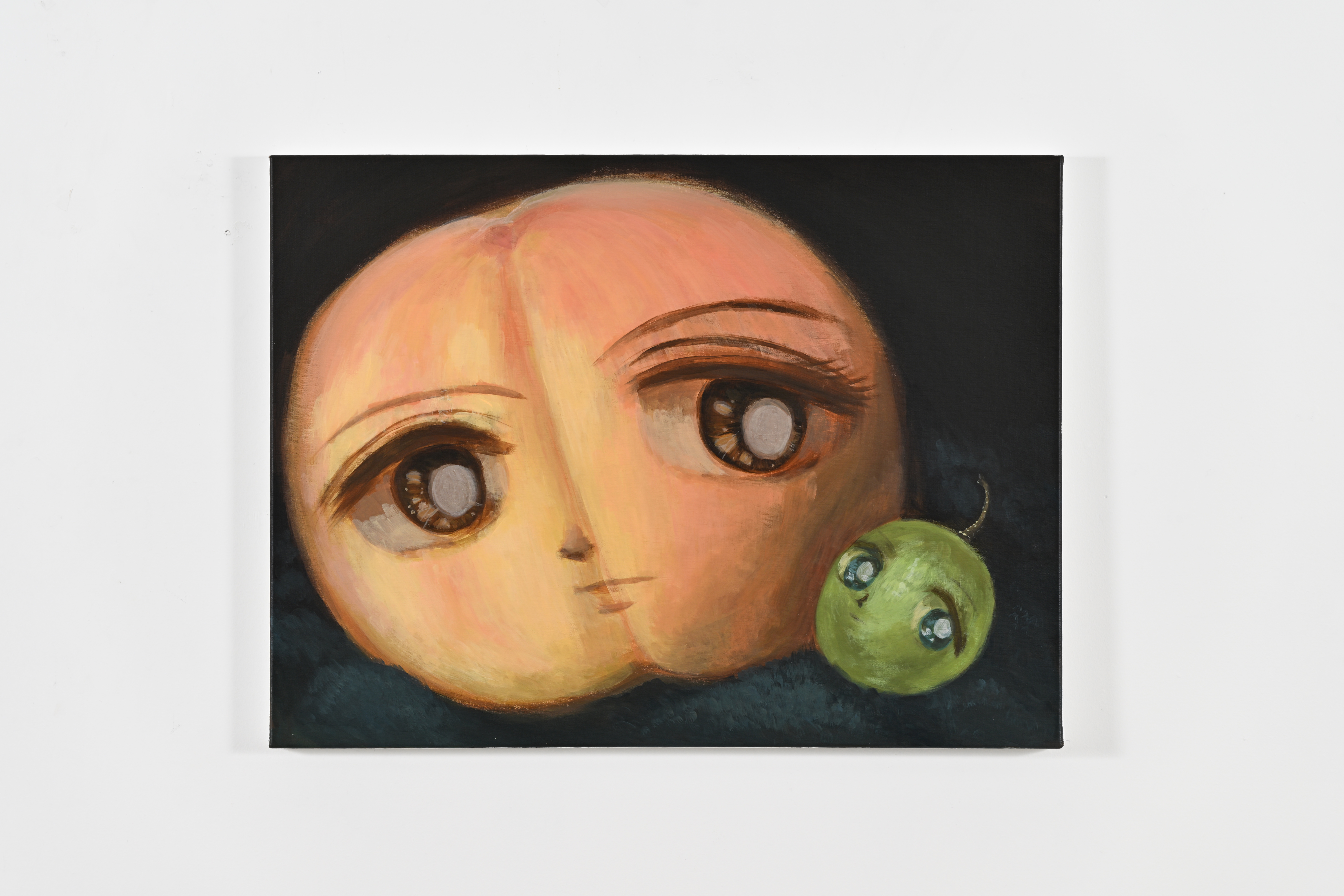
Acrylic on canvas
60 x 80 cm

Watercolor on paper
Work: 19x 24 cm
Framed: 28.7 x 33.5 cm
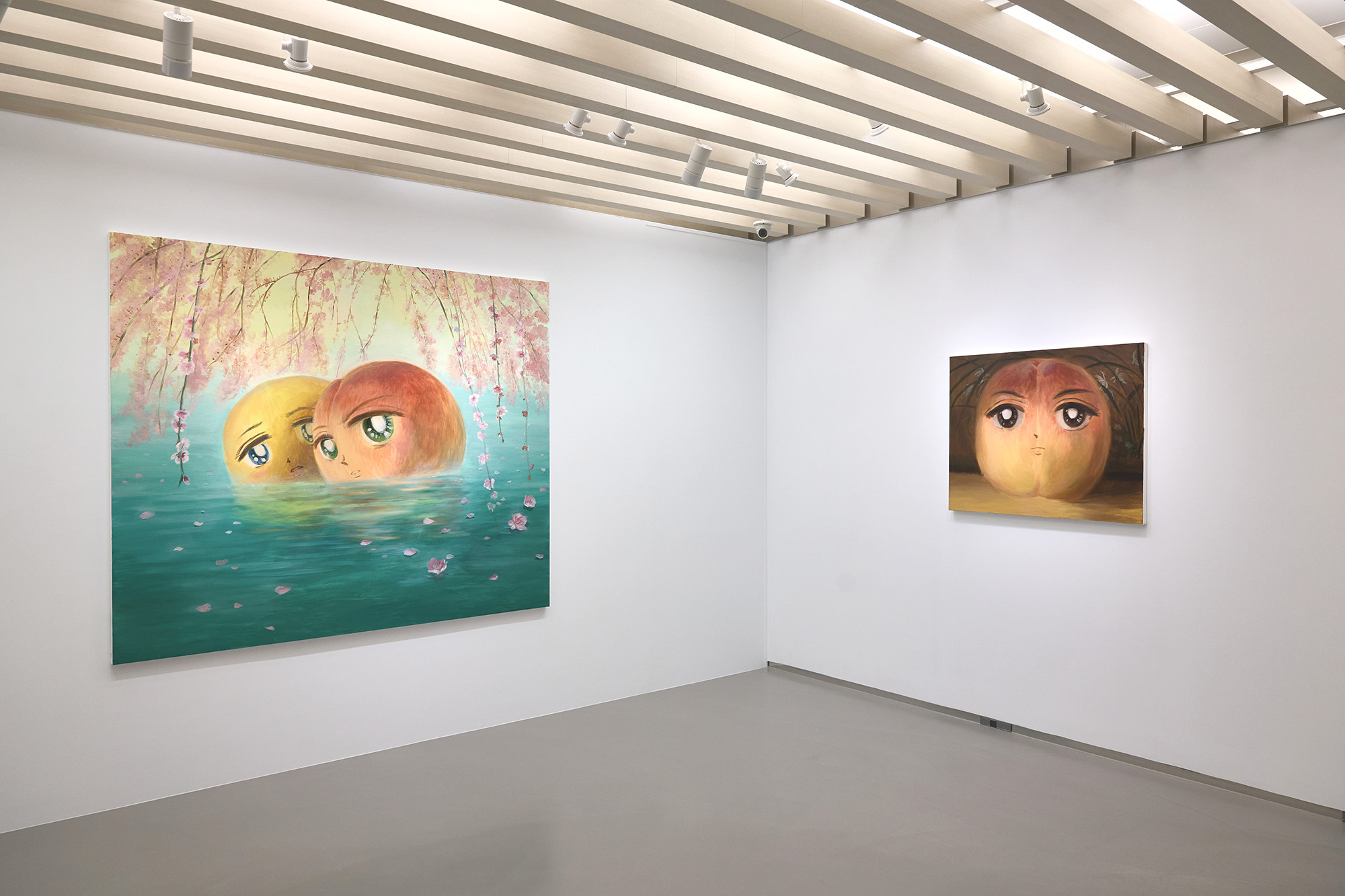
Installation view, ‘Symbiotic Longing’, Kiang Malingue x TAO ART, Taipei City, Taiwan, 2024.
Image courtesy of TAO ART, photo by Chen You-Wei.
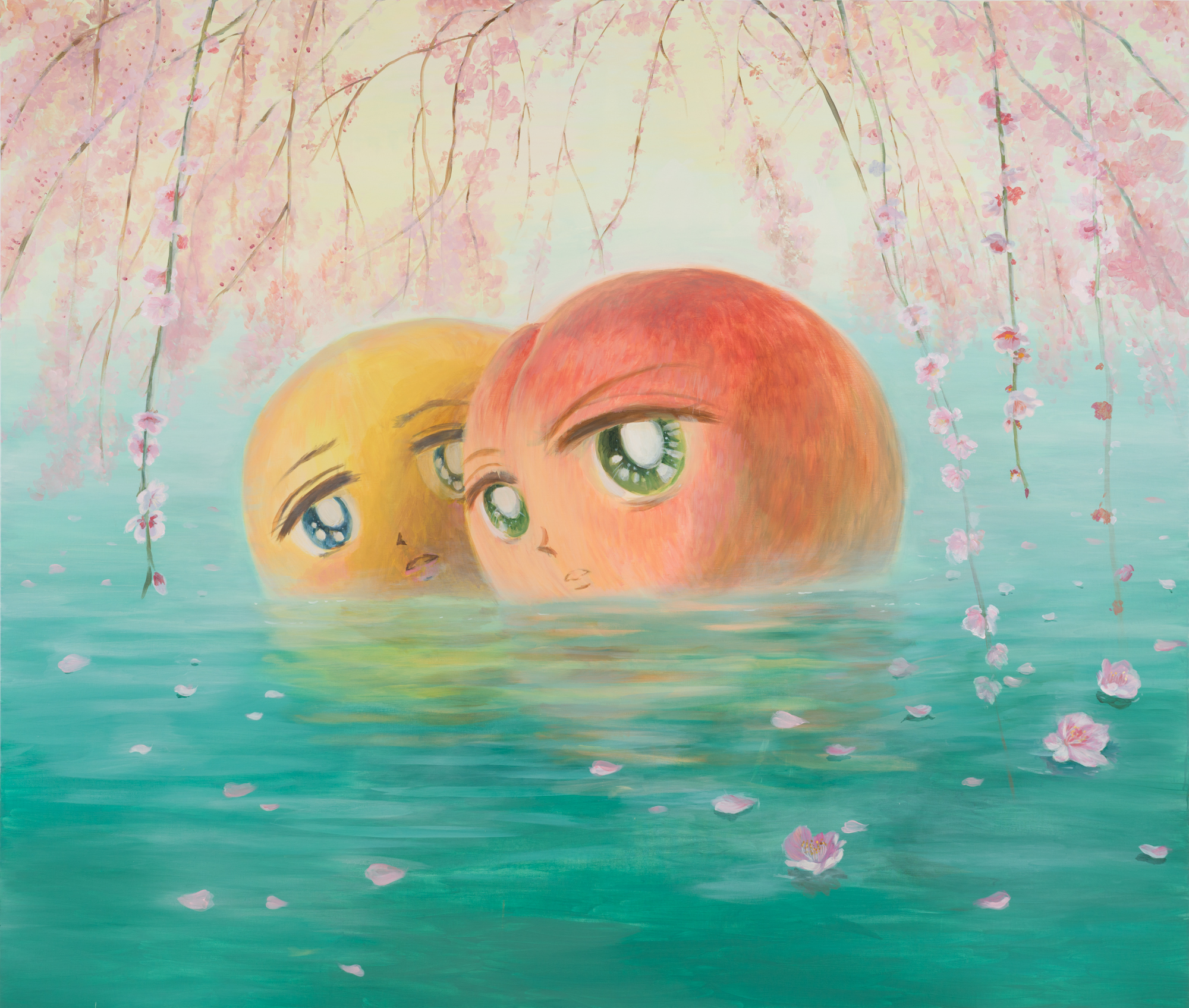
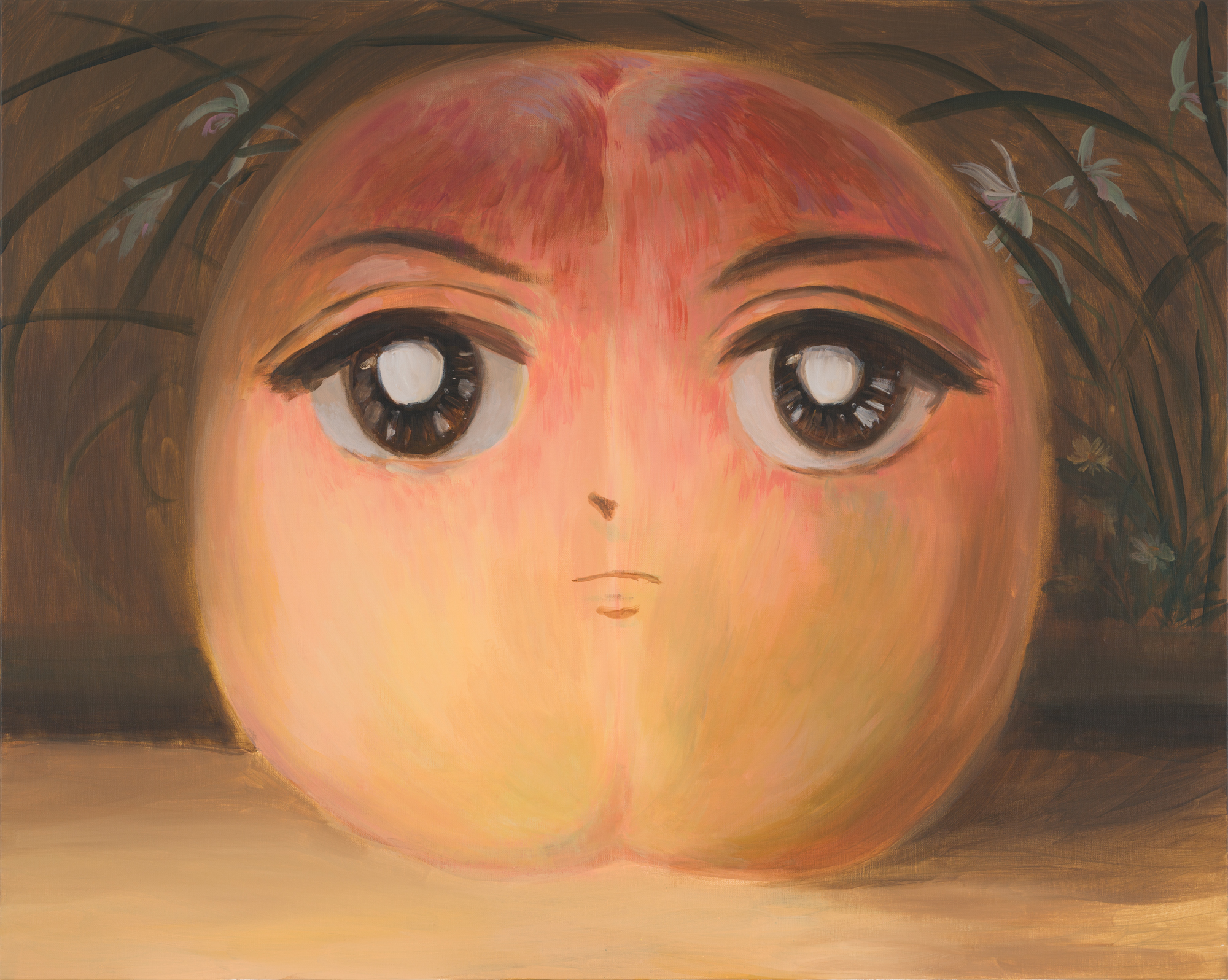

Acrylic on canvas
179.5 x 200 cm

Installation view, ‘Yuan Fang, Yirui Jia, Liu Yin and Homer Shew’ at Kiang Malingue, Wanchai, 2023
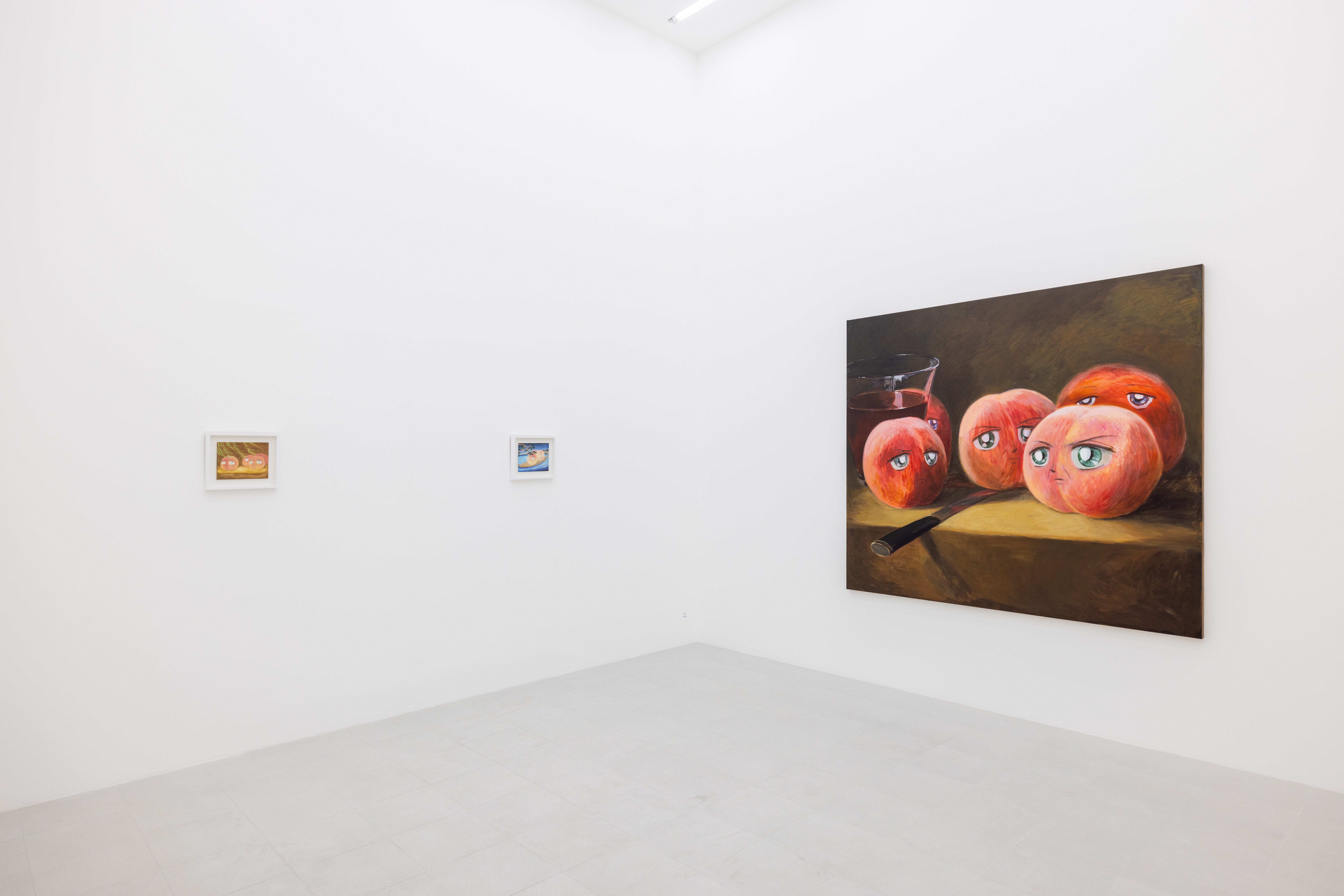
Installation view, ‘Yuan Fang, Yirui Jia, Liu Yin and Homer Shew’ at Kiang Malingue, Wanchai, 2023
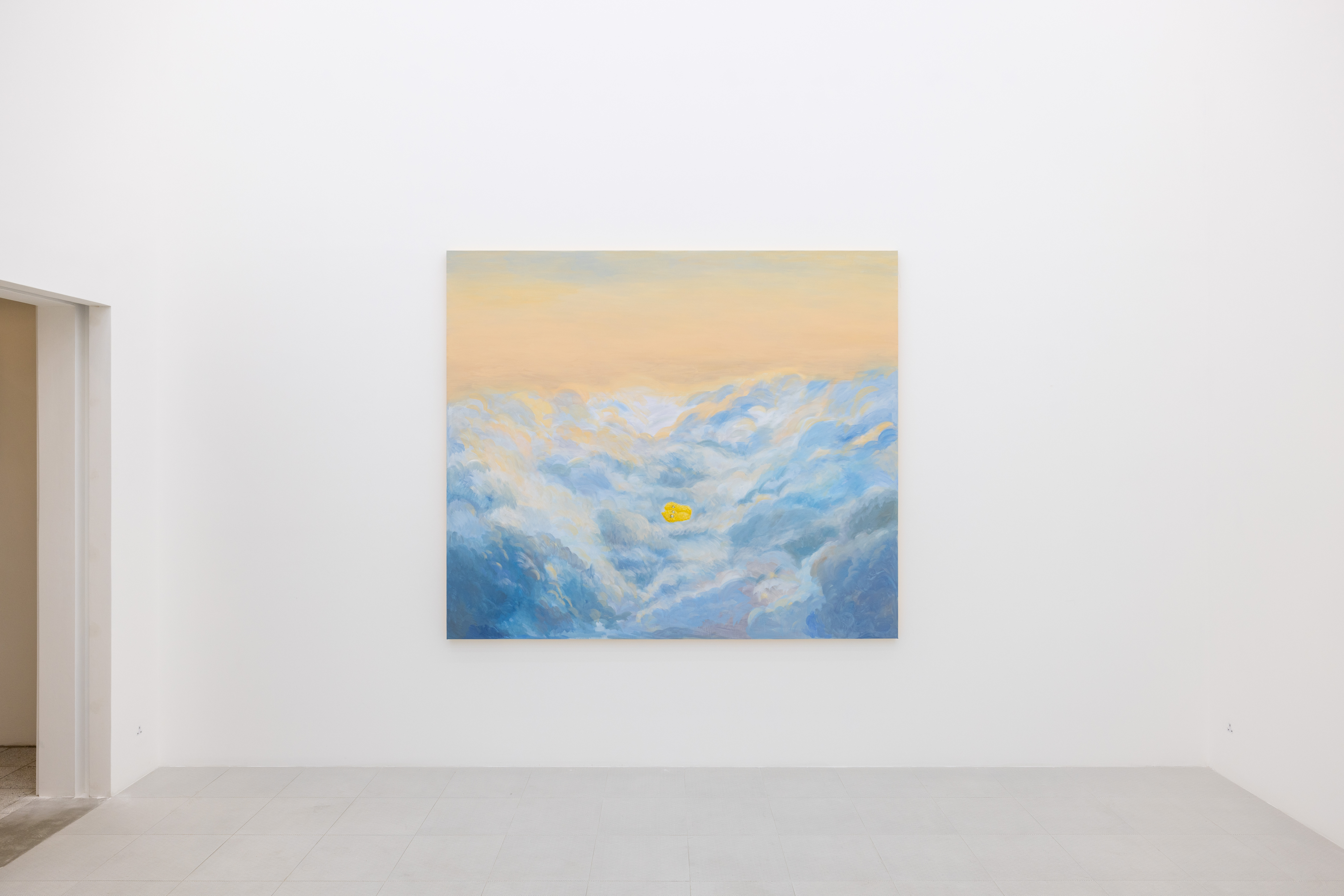
Acrylic on canvas
179.5 x 208.5 cm
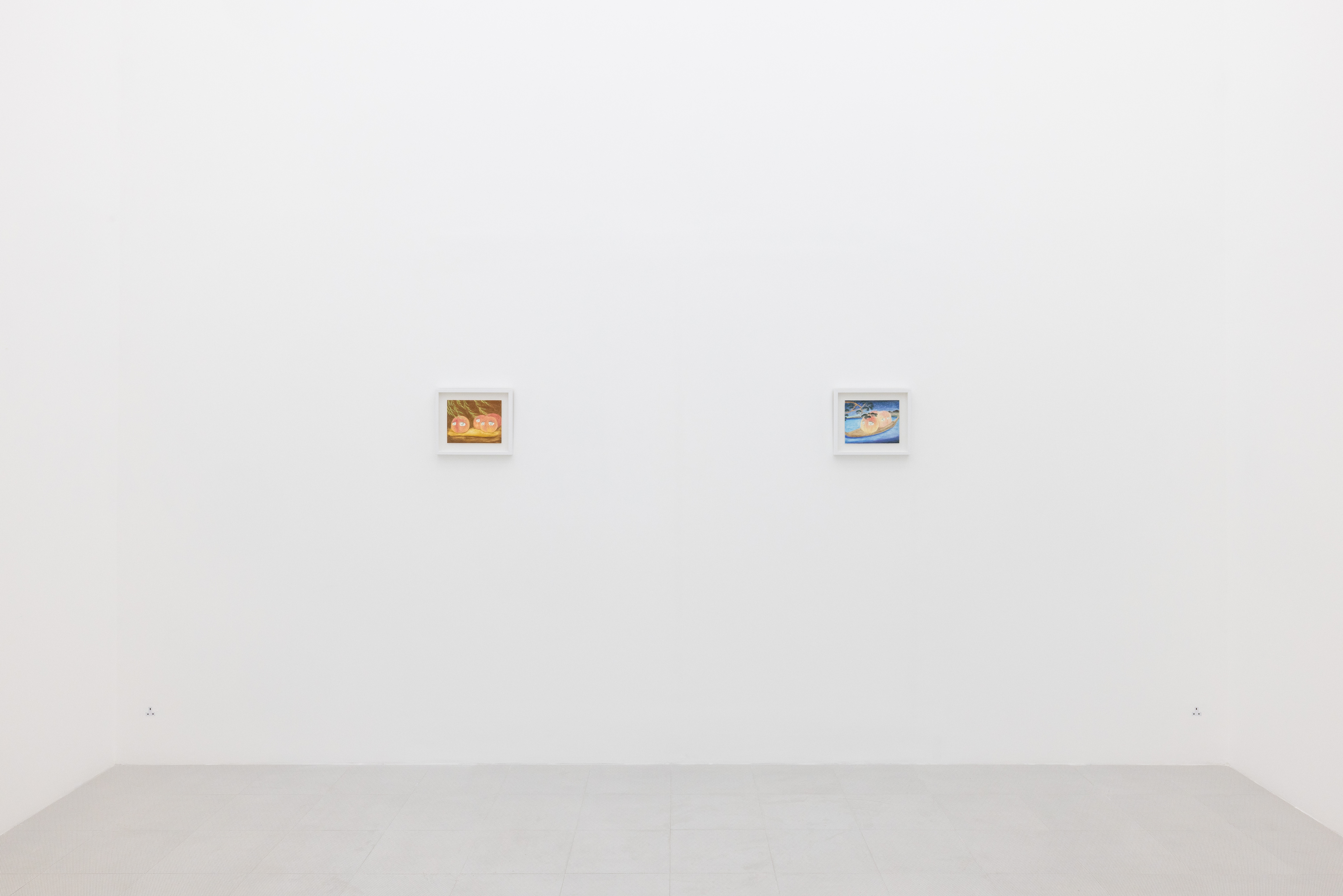
Installation view, ‘Yuan Fang, Yirui Jia, Liu Yin and Homer Shew’ at Kiang Malingue, Wanchai, 2023

Watercolor on paper
19 x 24 cm
Framed: 28.5 x 33.5 cm
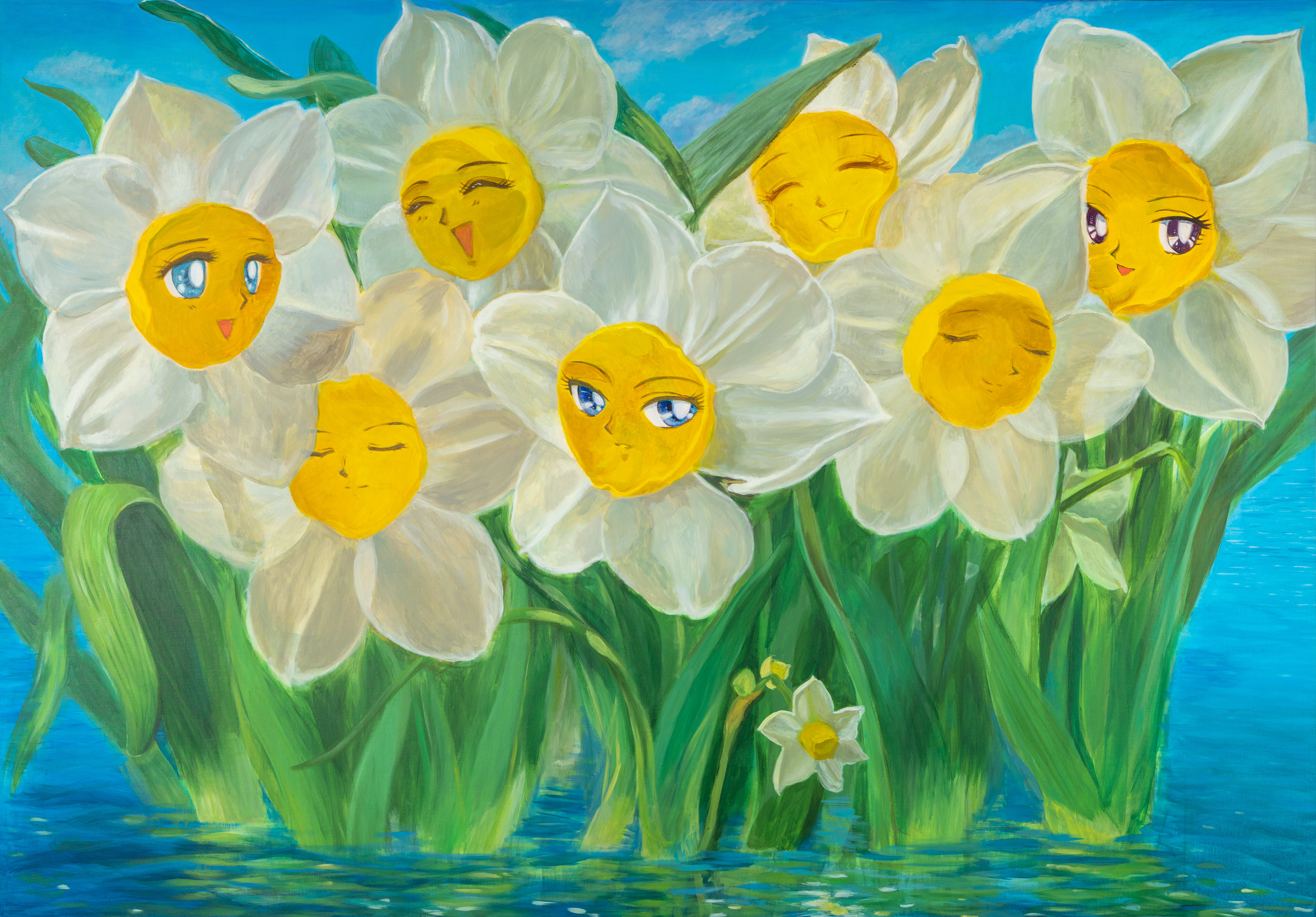
Acrylic on canvas
156.5 x 224 cm
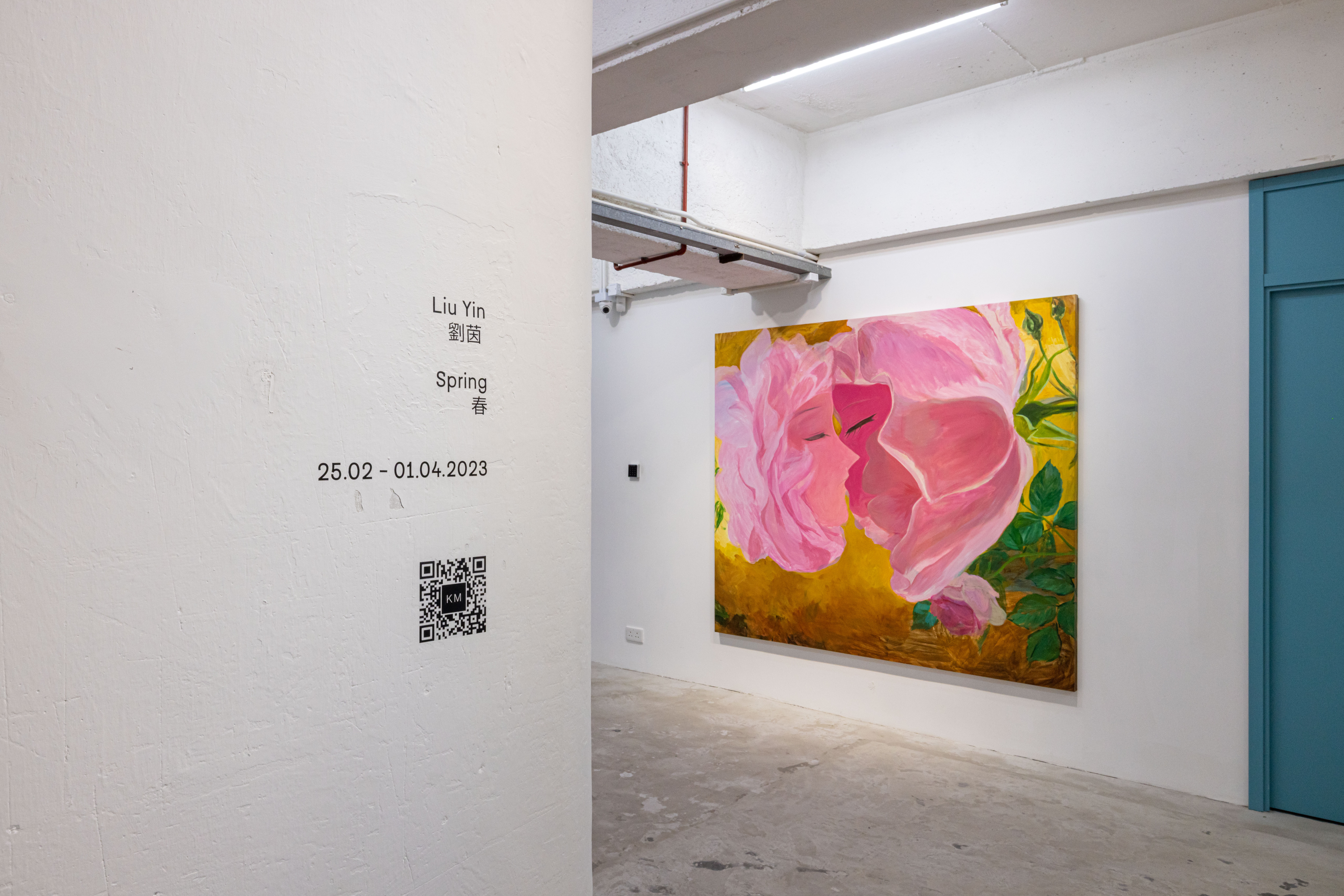
Installation view, ‘Spring’ at Kiang Malingue, Tin Wan, 2023
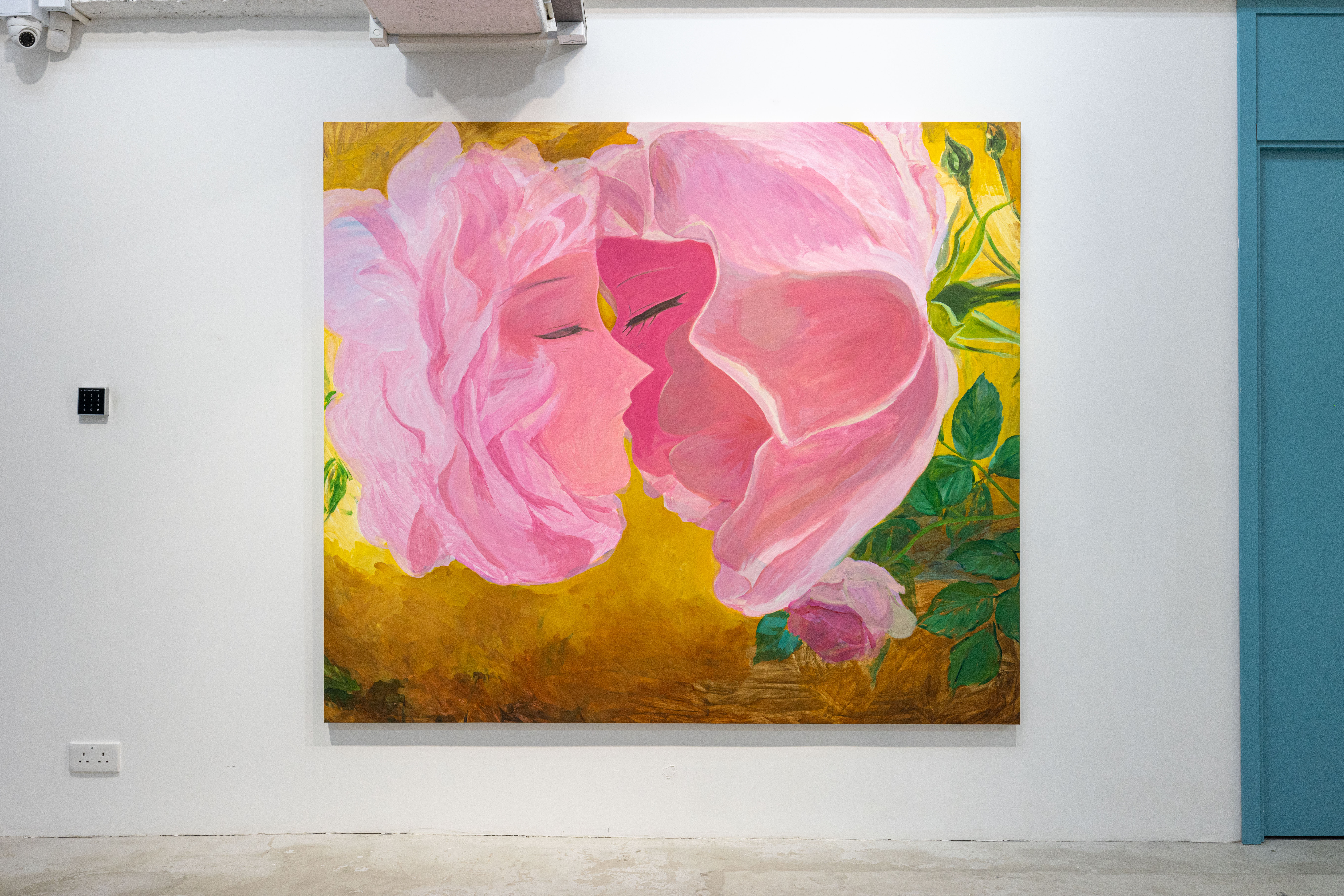
Acrylic on canvas
177.5 x 205.4 cm

Installation view, ‘Spring’ at Kiang Malingue, Tin Wan, 2023
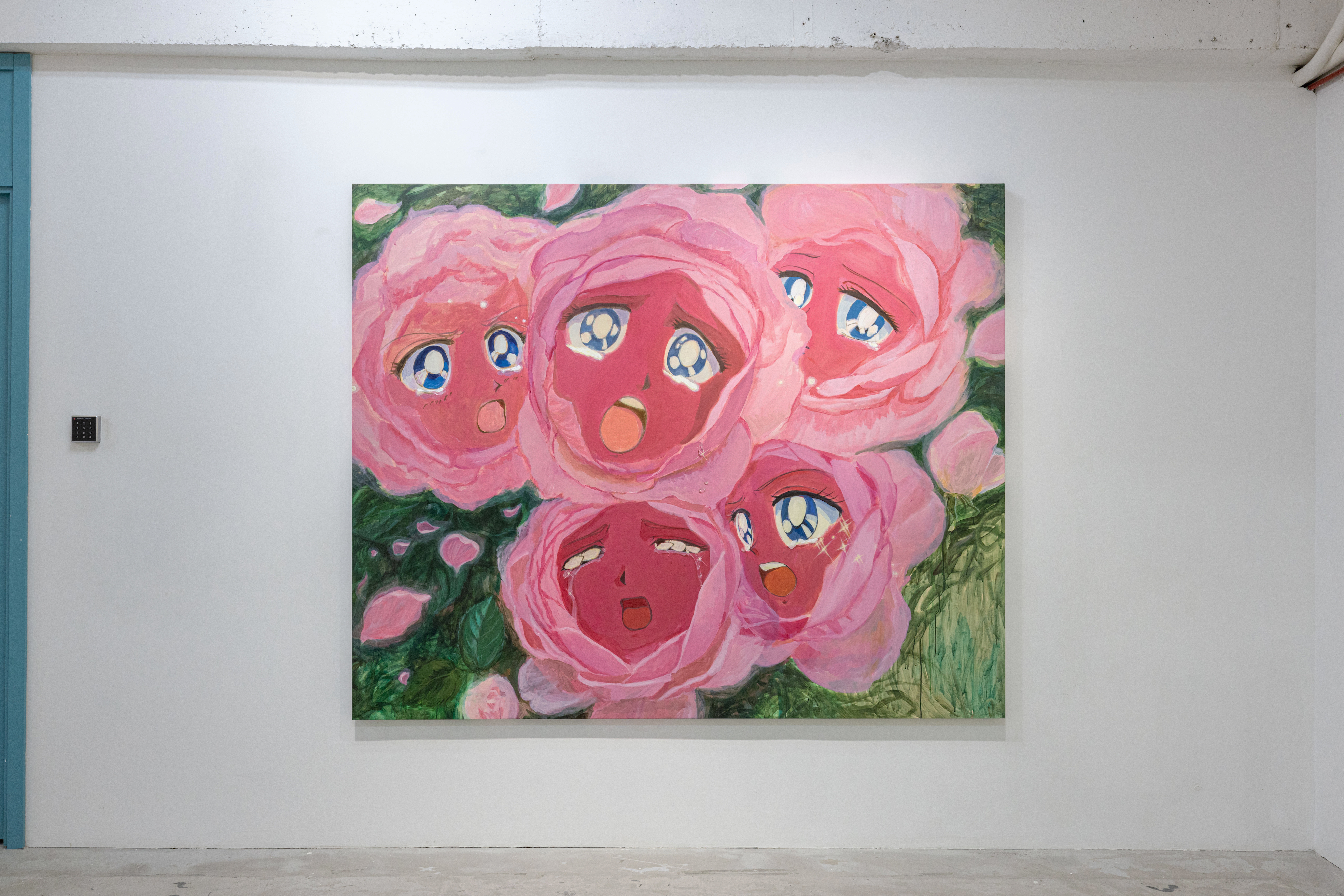
Acrylic on canvas
168.5 x 205.4 cm

Acrylic on canvas
168.5 x 205.4 cm
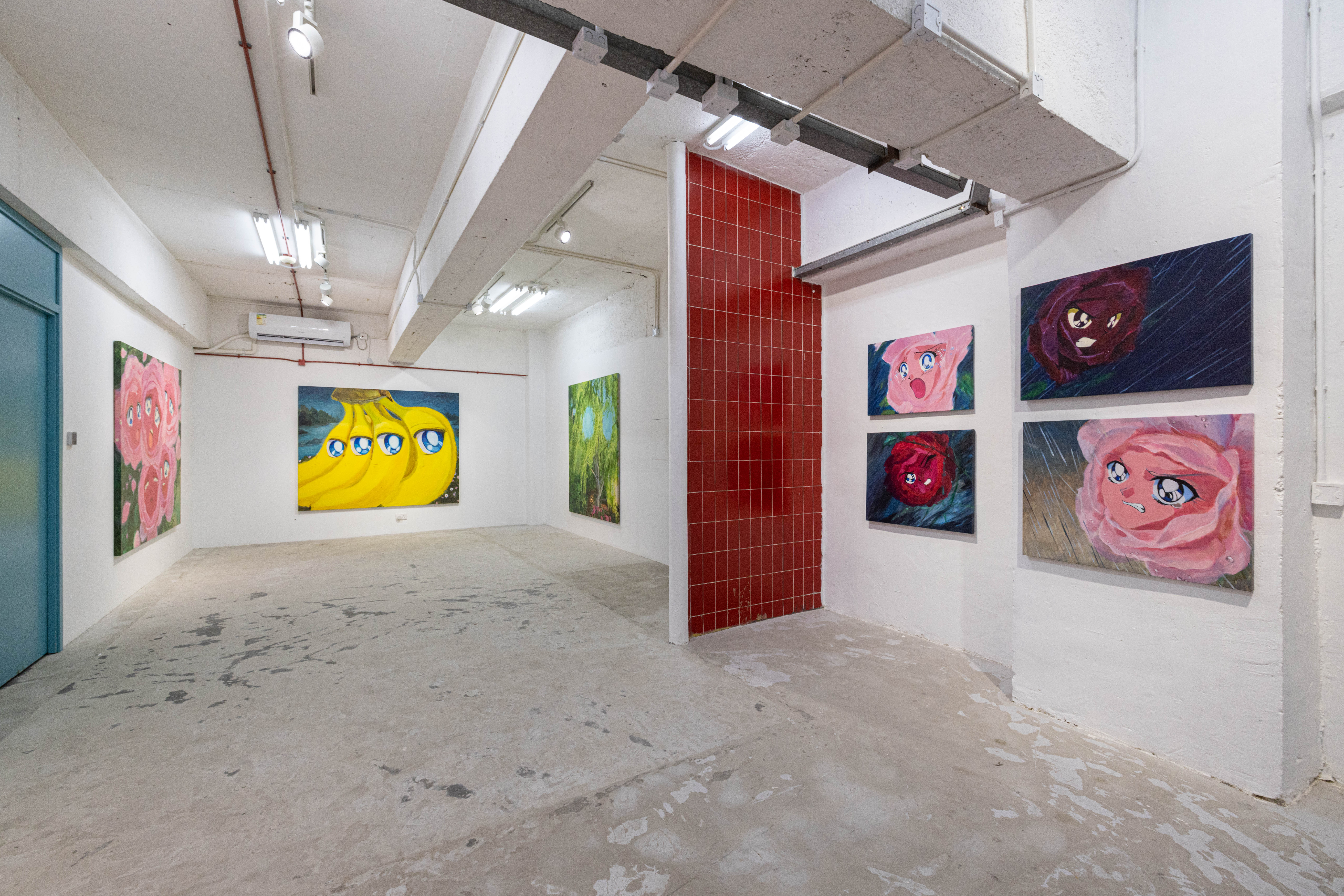
Installation view, ‘Spring’ at Kiang Malingue, Tin Wan, 2023
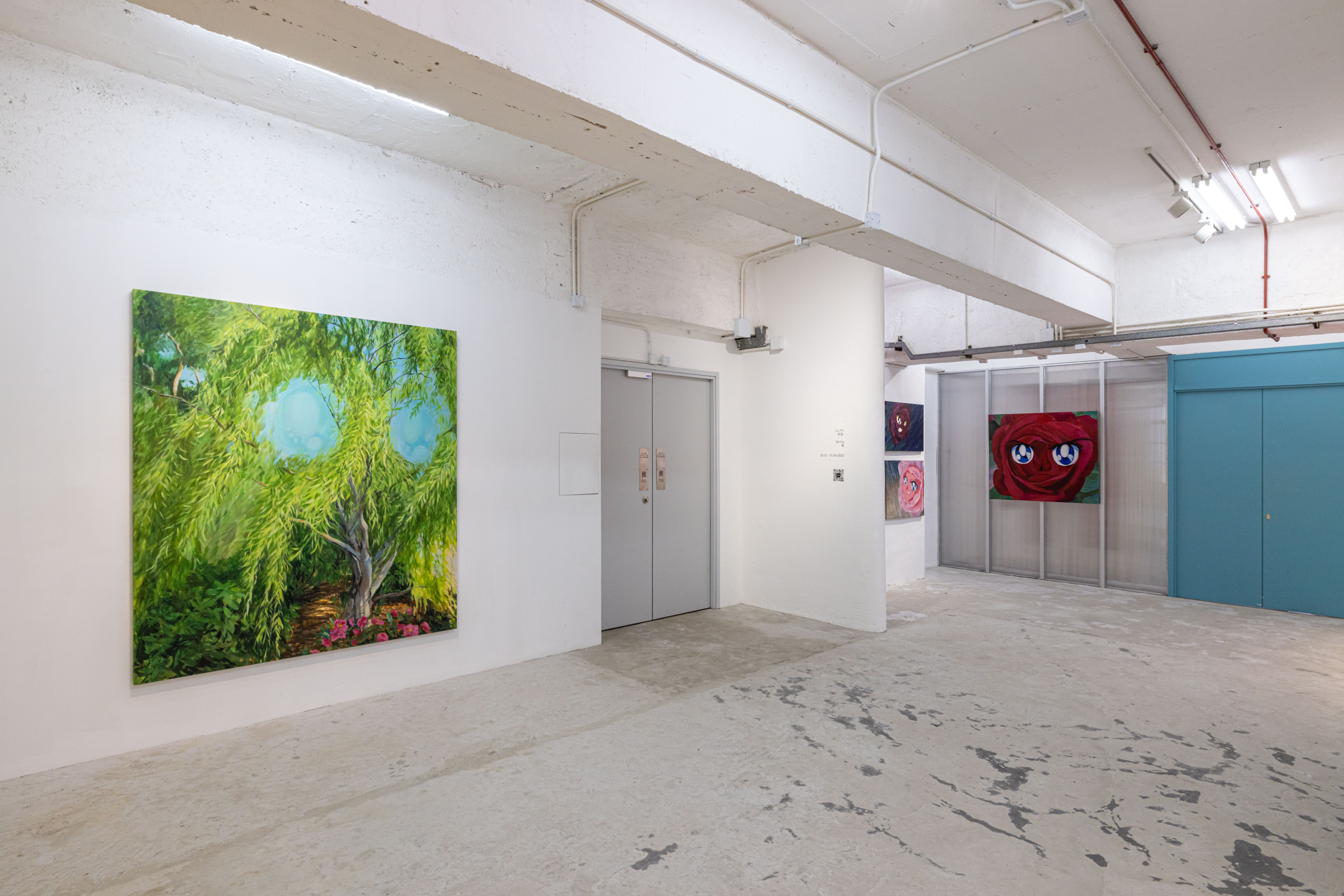
Installation view, ‘Spring’ at Kiang Malingue, Tin Wan, 2023
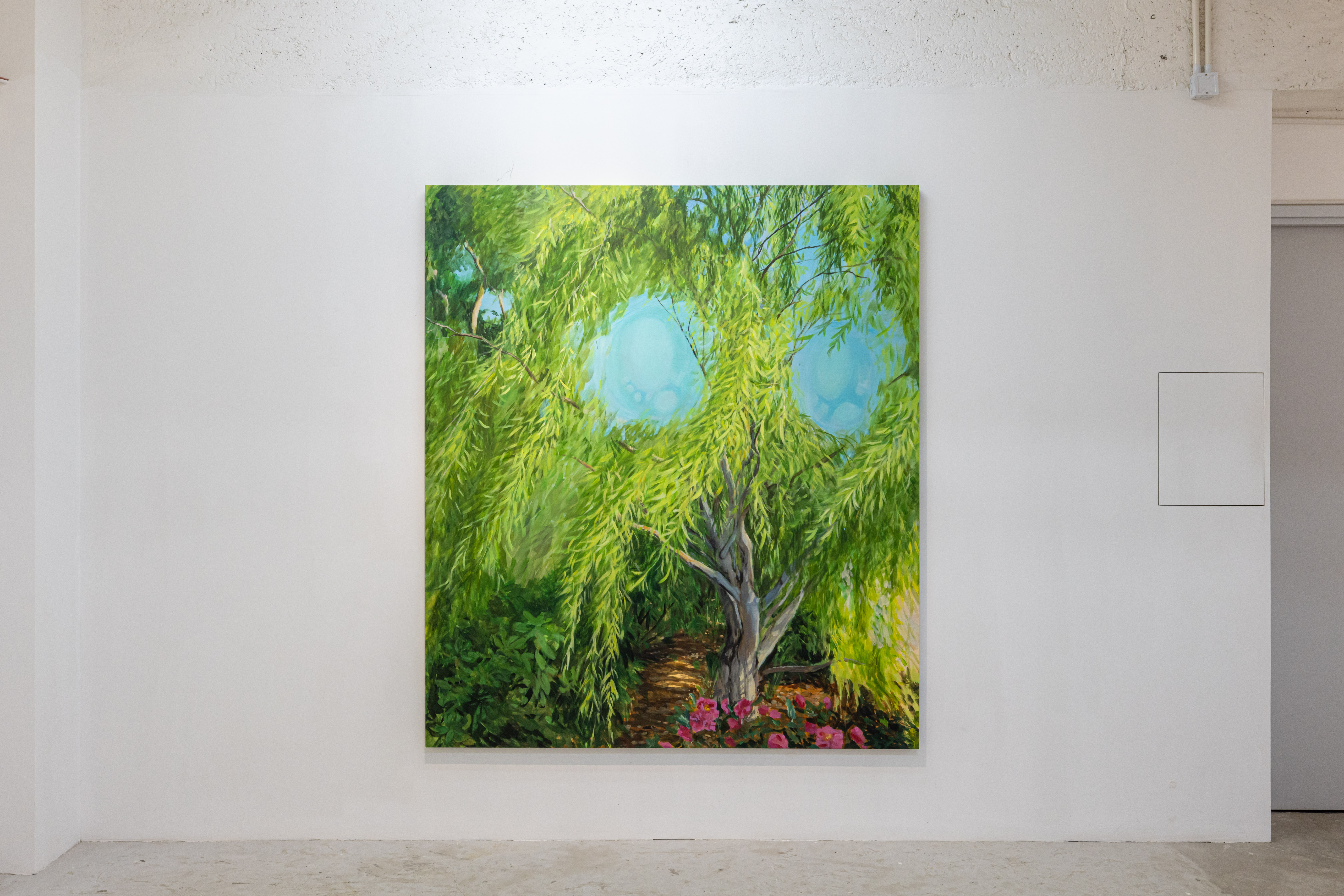
Acrylic on canvas
184 x 158 cm
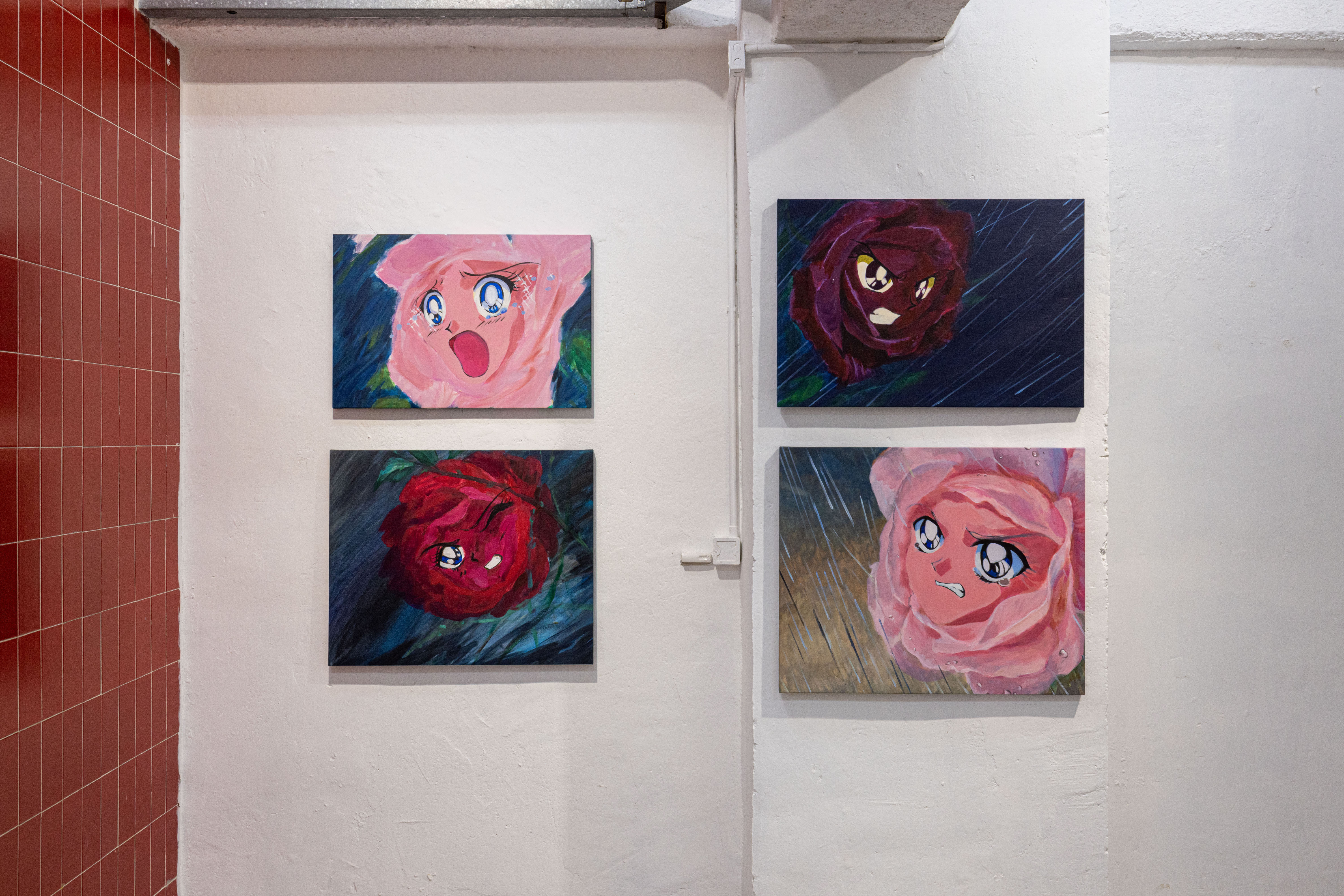
Installation view, ‘Spring’ at Kiang Malingue, Tin Wan, 2023
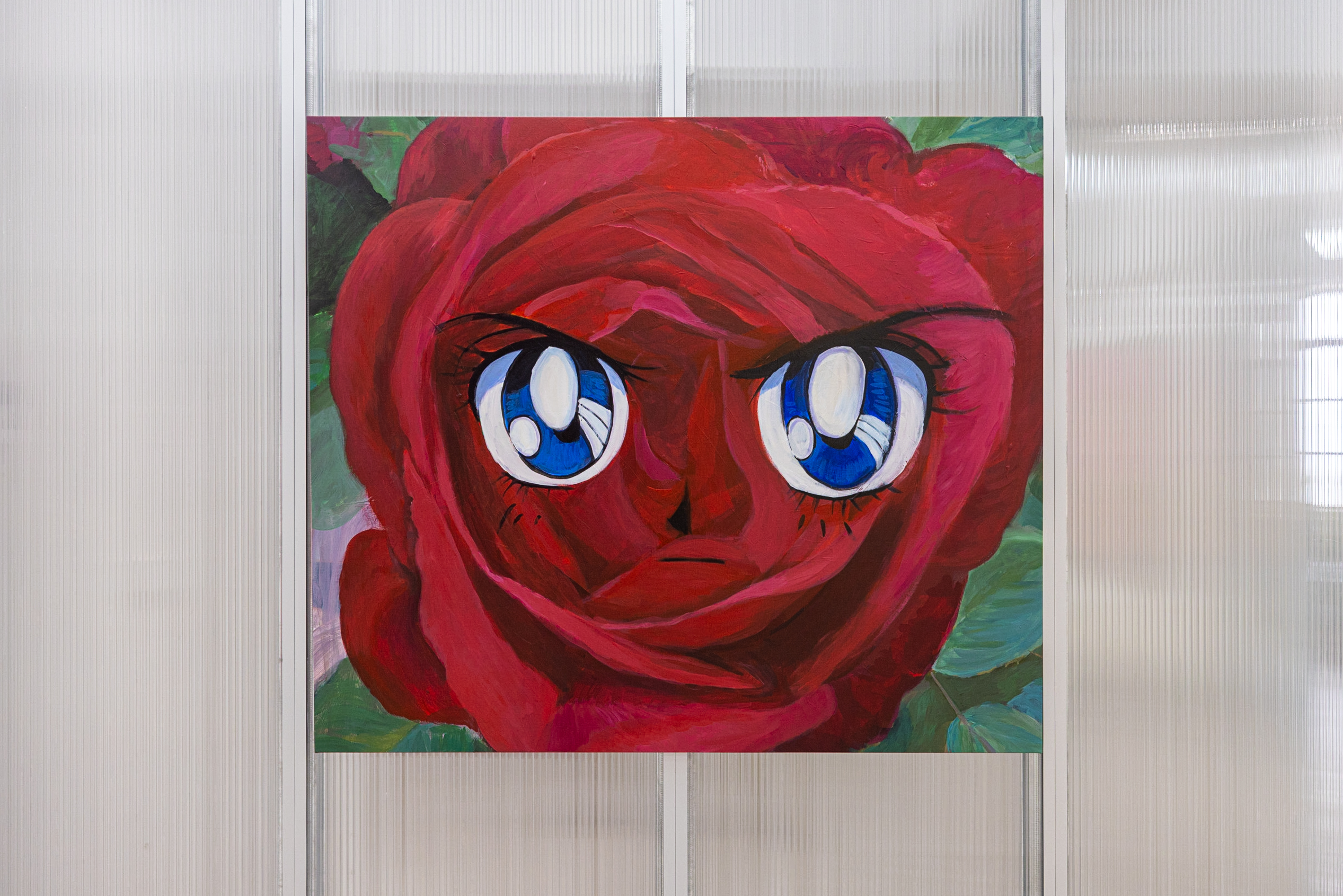
Acrylic on canvas
100 x 115 cm
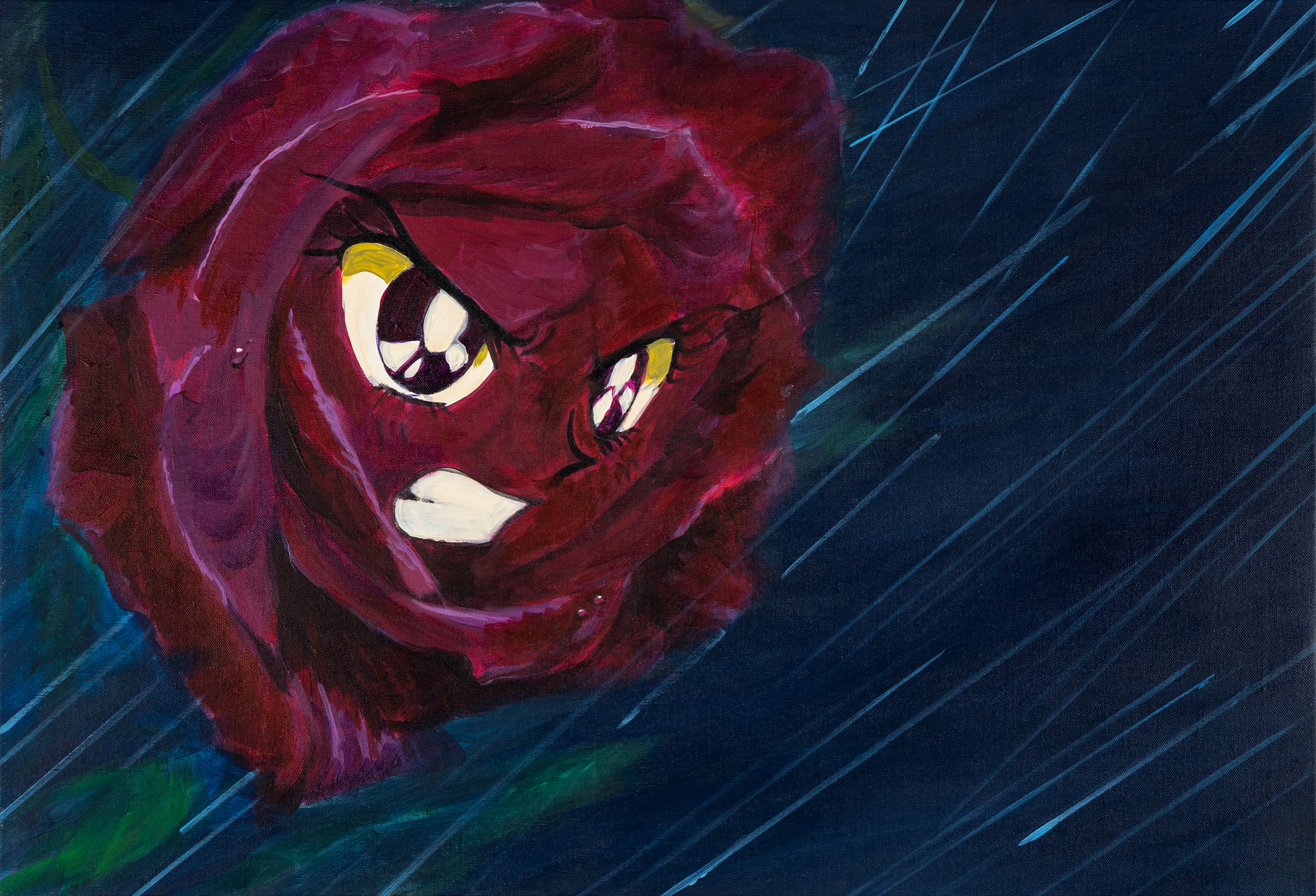
Acrylic on canvas
52 x 76.5 cm
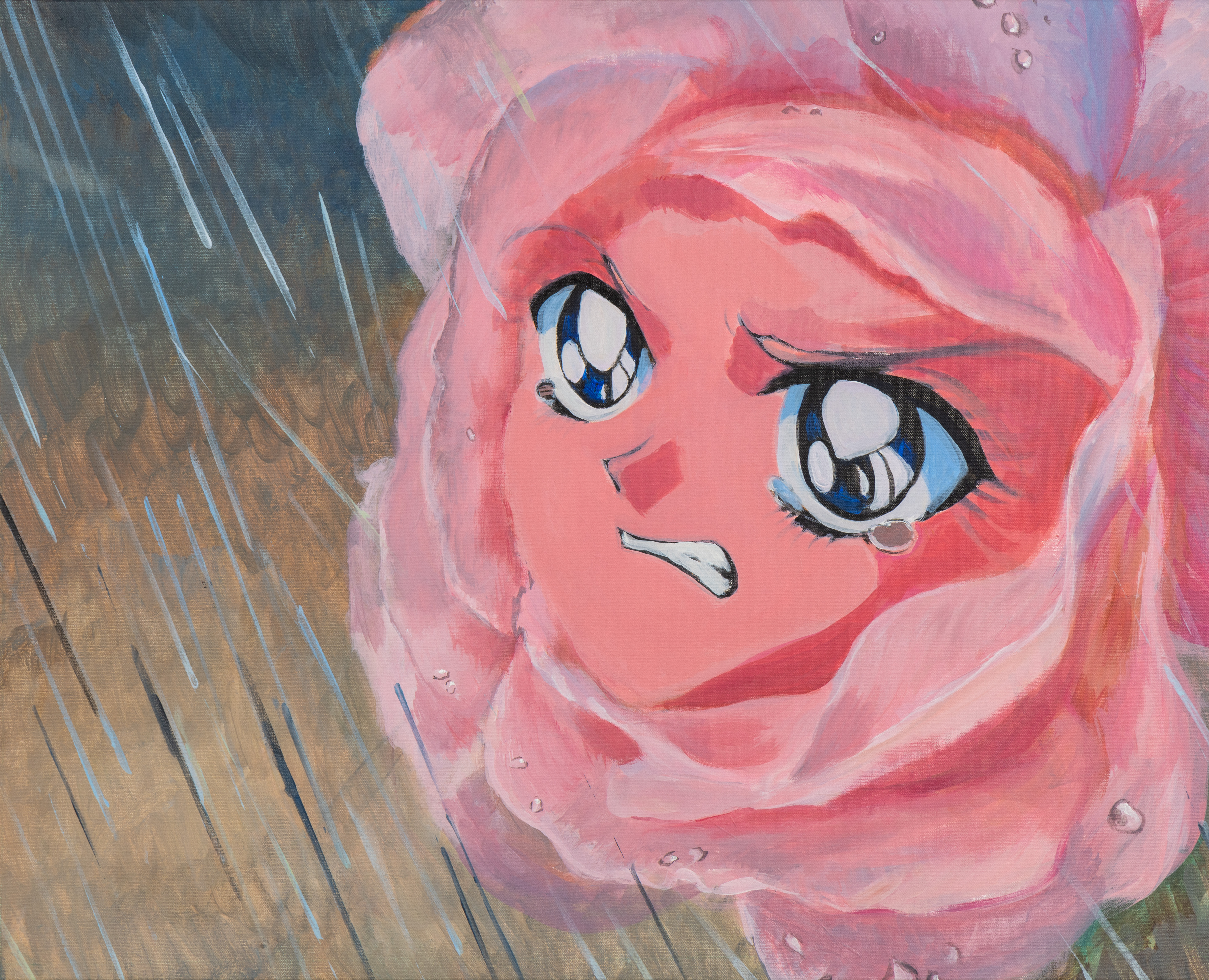
Acrylic on canvas
61.5 x 76 cm
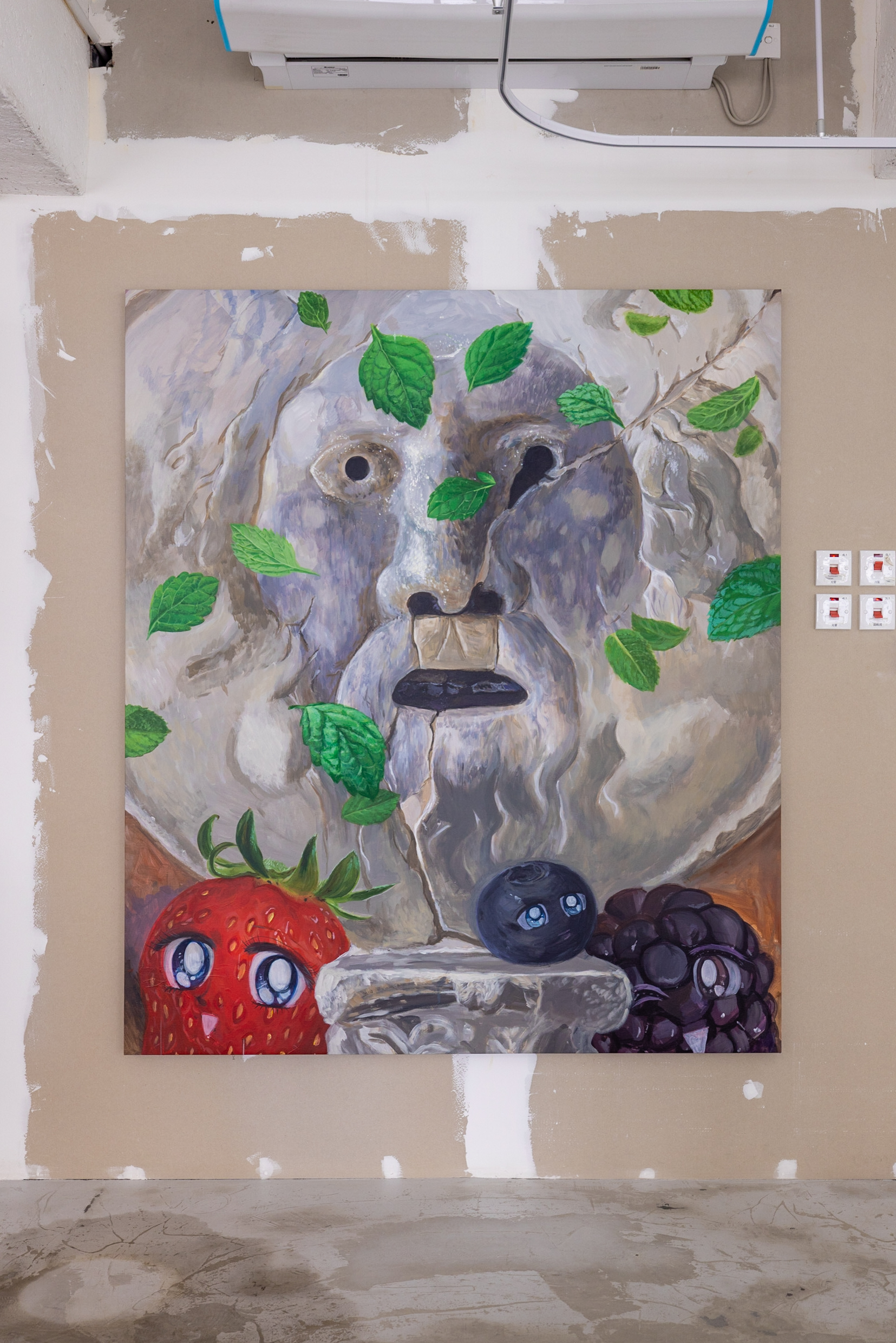
Acrylic on canvas
182 x 159.5 cm
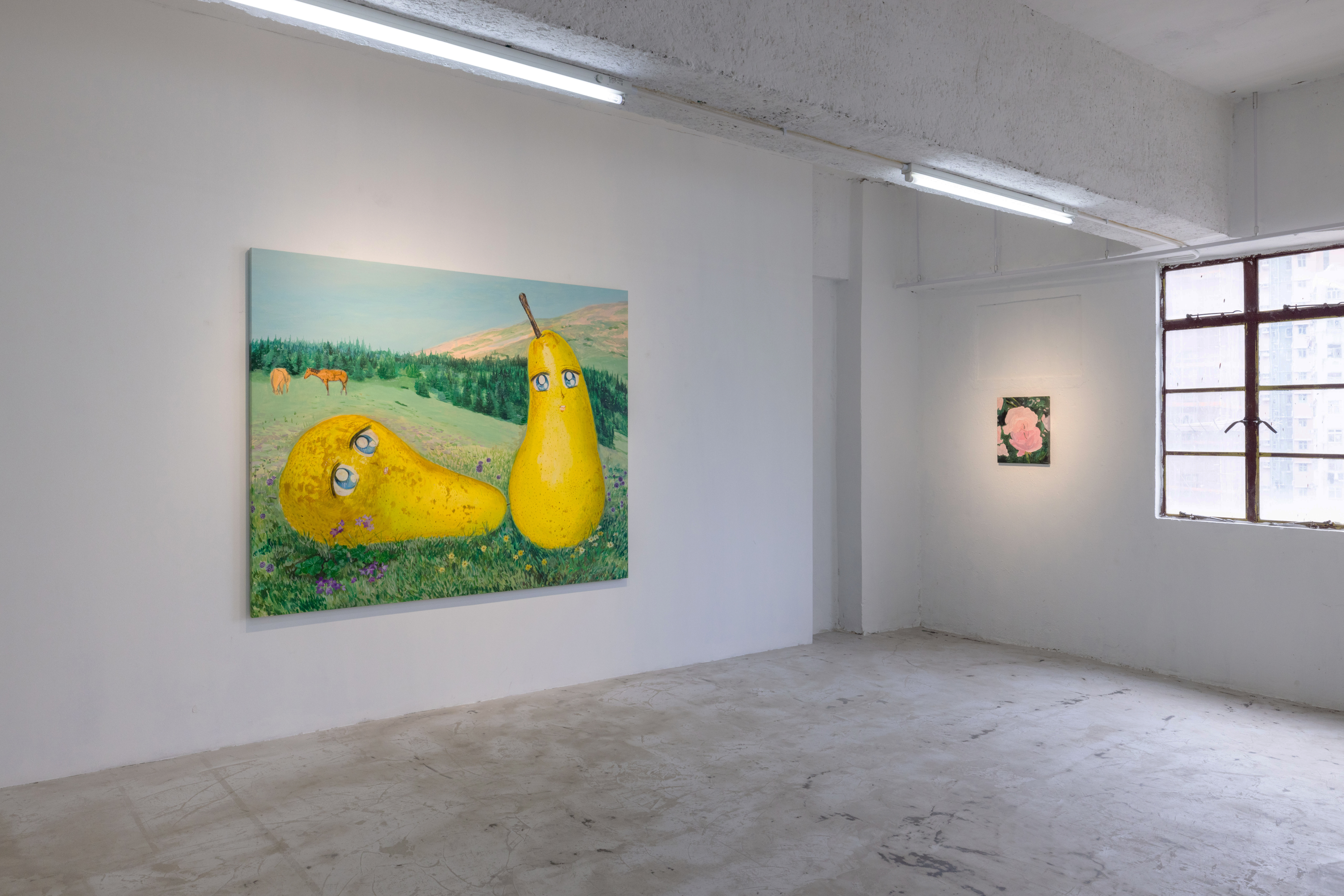
Installation view, ‘Spring’ at Kiang Malingue, Tin Wan, 2023

Acrylic on canvas
159.5 x 199 cm
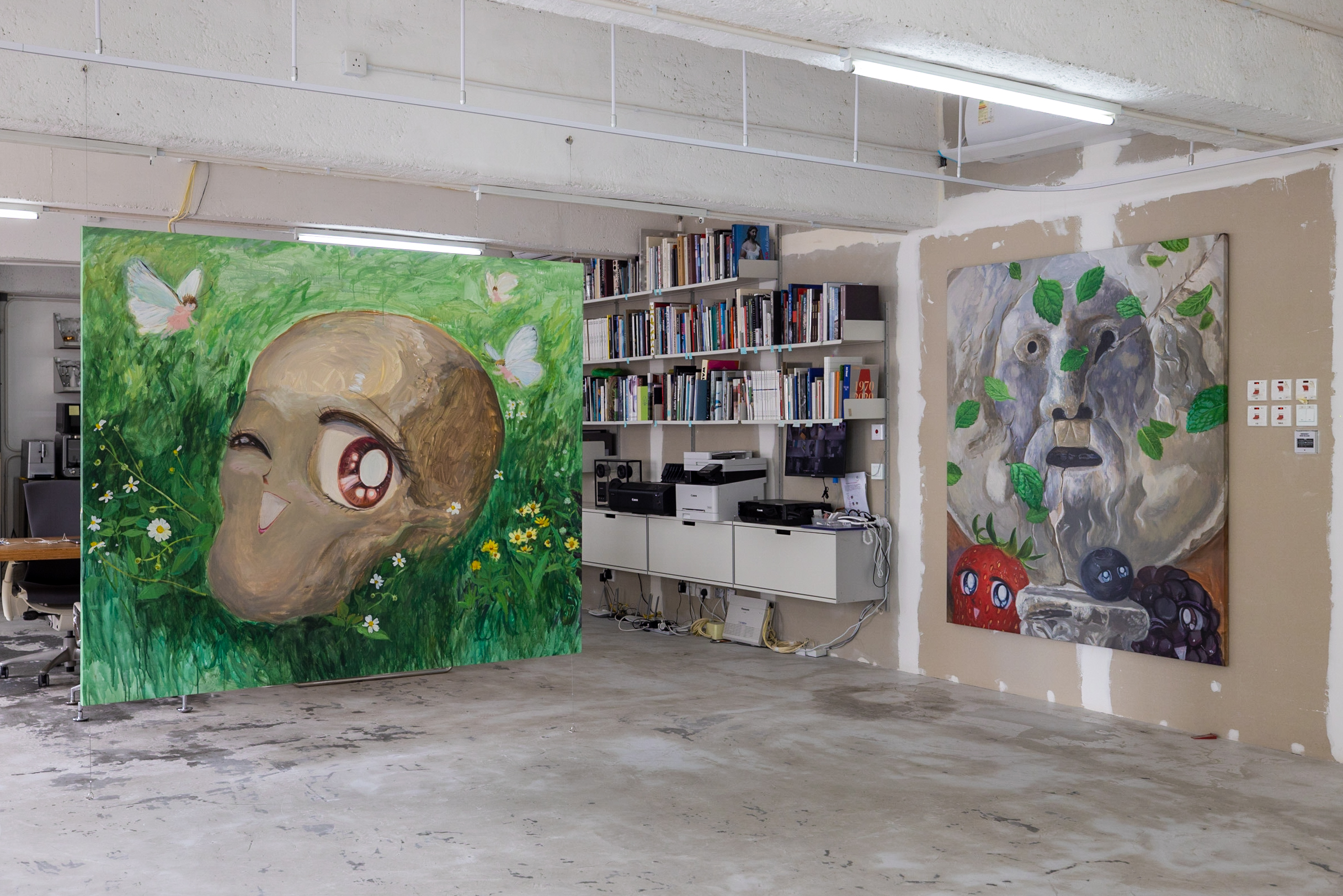
Installation view, ‘Spring’ at Kiang Malingue, Tin Wan, 2023
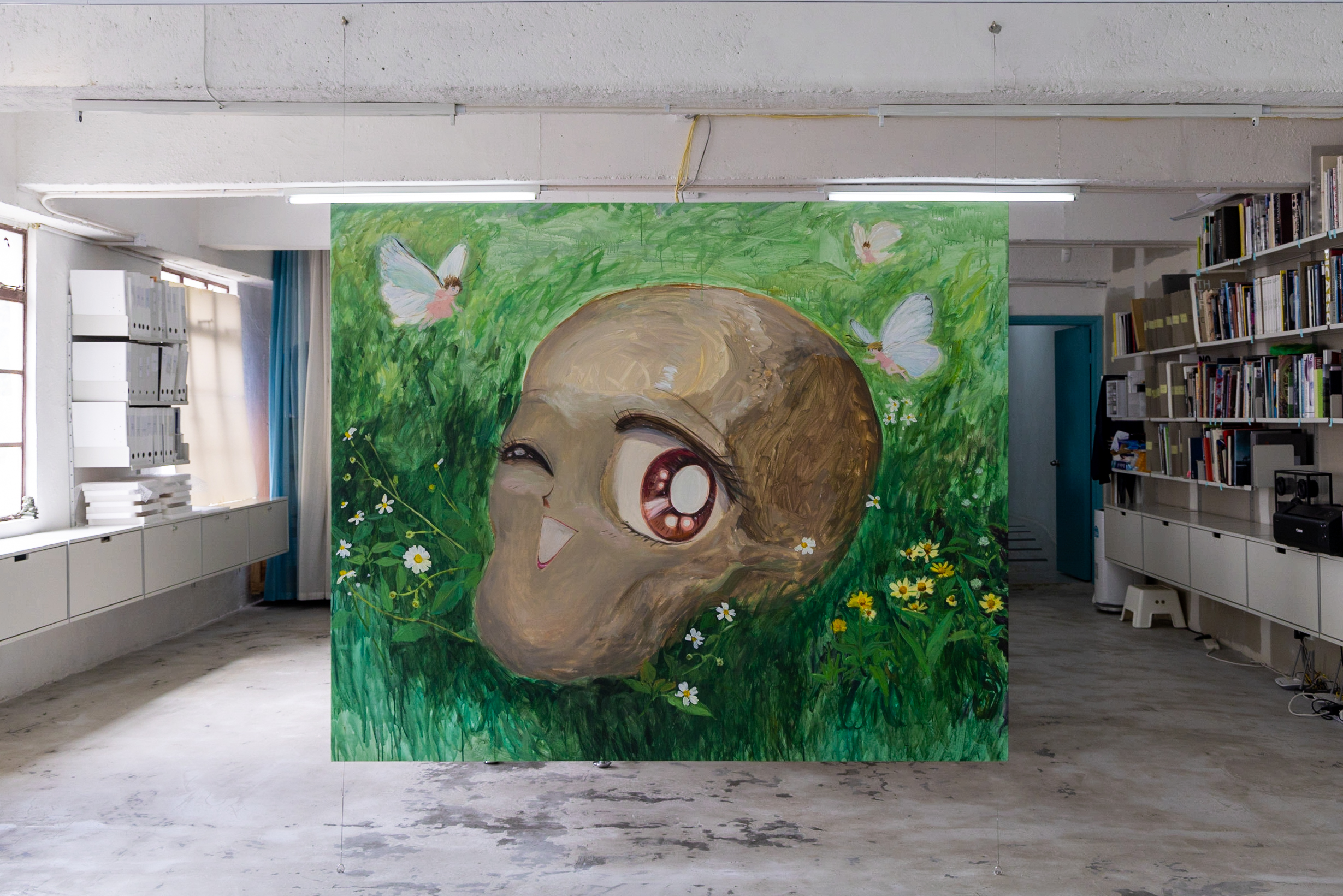
Acrylic on canvas
169.5 x 205.4 cm
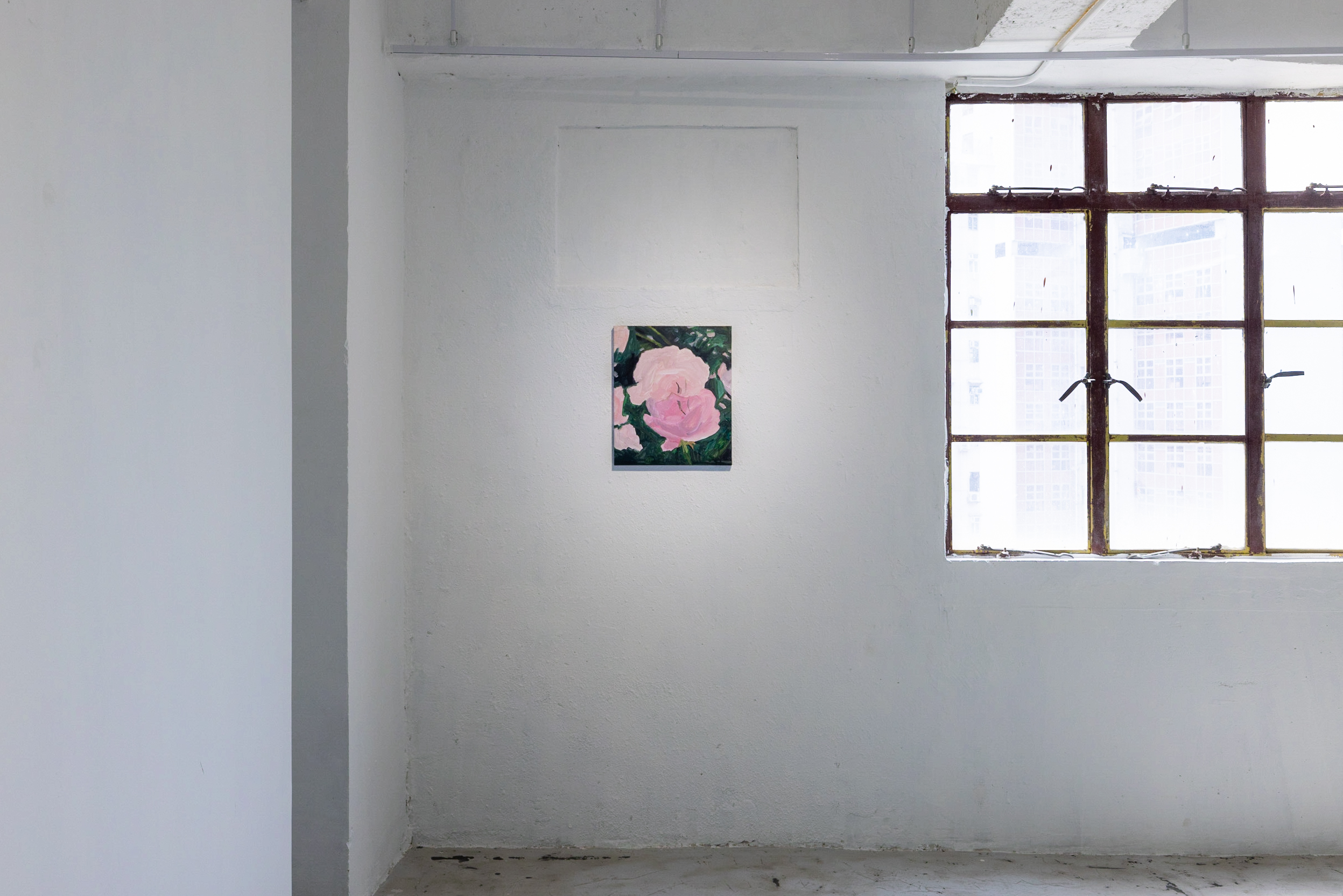
Acrylic on canvas
43.2 x 36.5 cm

Acrylic on canvas
56 x 34 cm
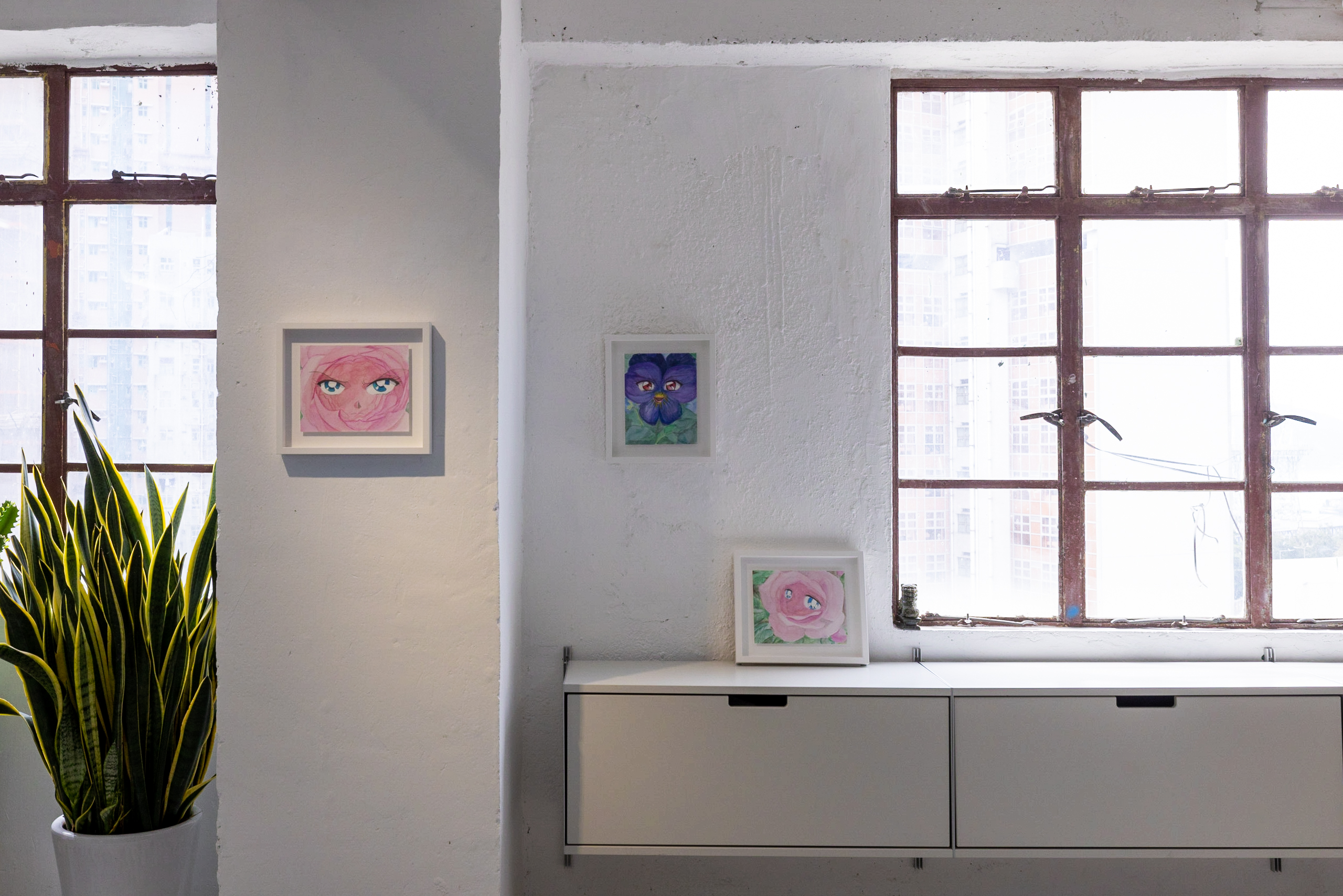
Installation view, ‘Spring’ at Kiang Malingue, Tin Wan, 2023
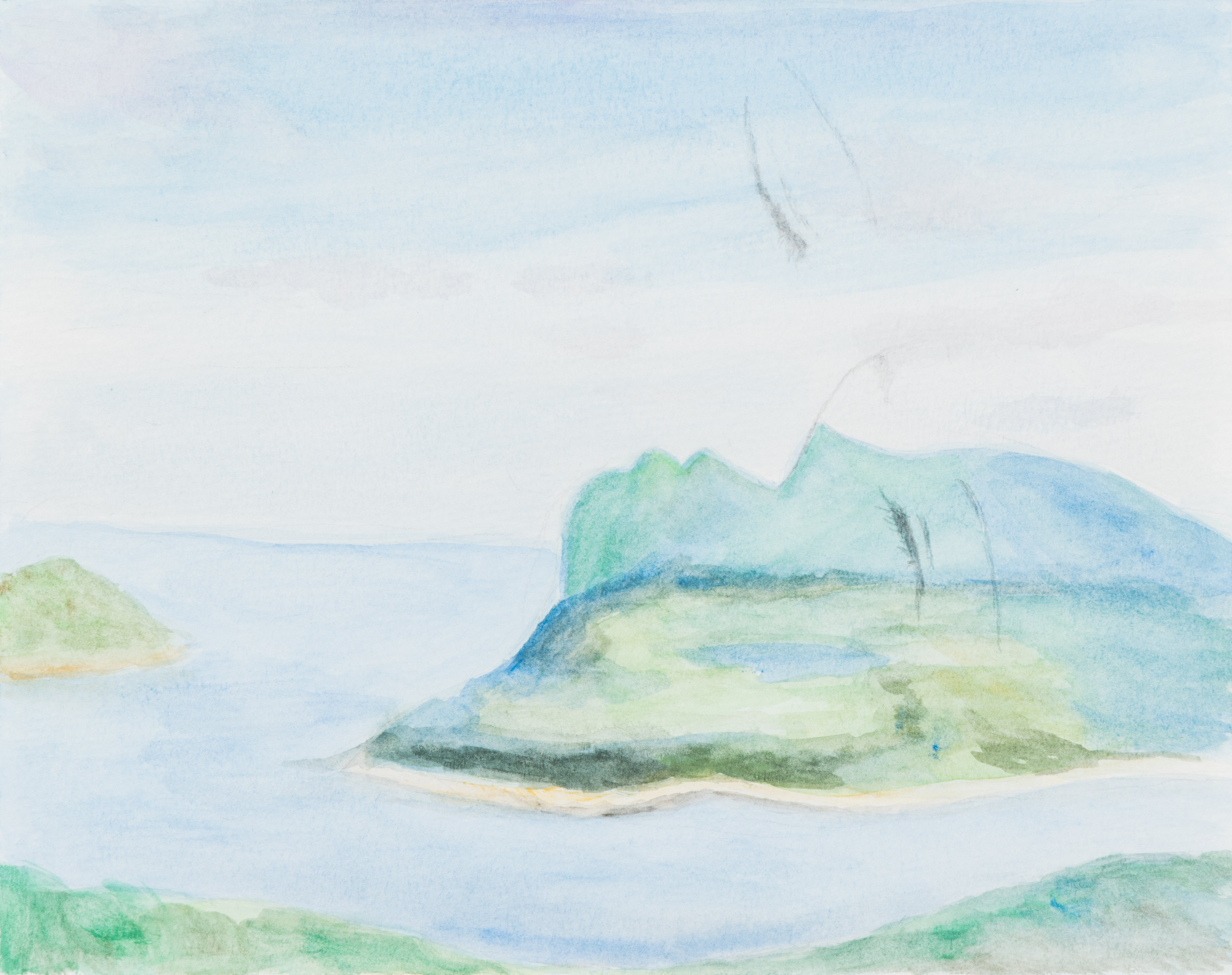
Watercolor on paper
Unframed: 19 x 24 cm
Framed: 29 x 33.8 cm
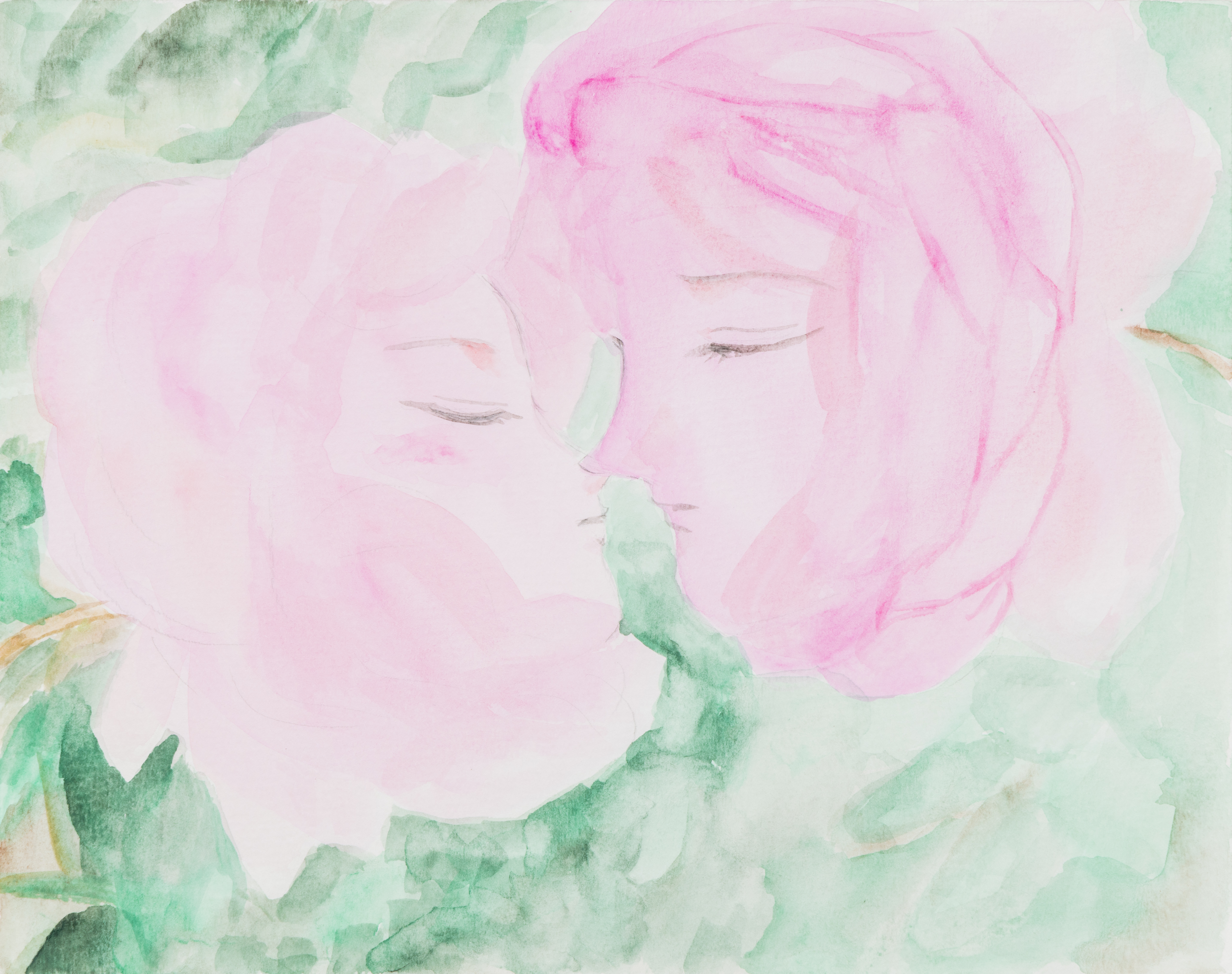
Watercolor on paper
Unframed: 19 x 24 cm
Framed: 29 x 33.8 cm
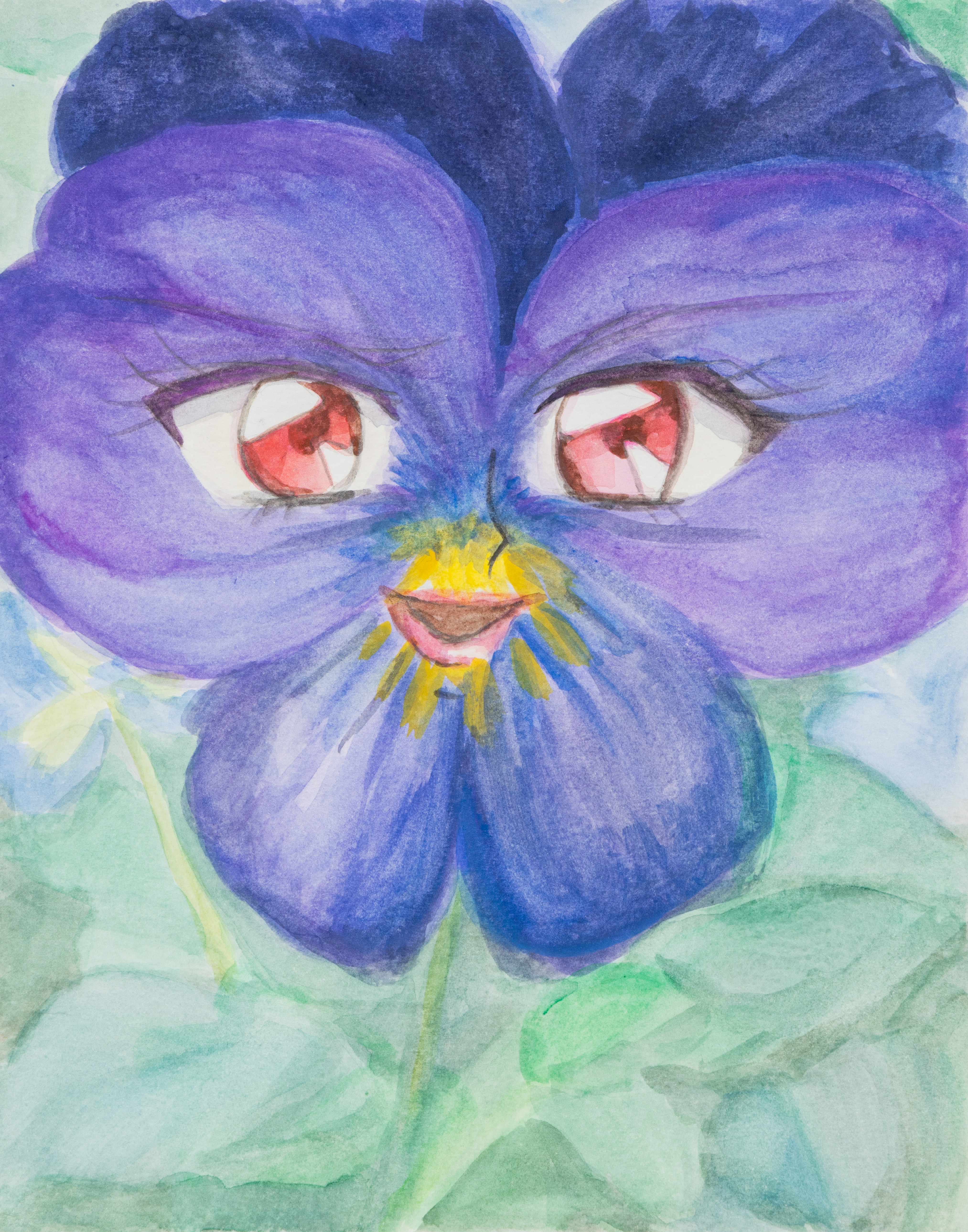
Watercolor on paper
Unframed: 24 x 19 cm
Framed: 33.8 x 29 cm
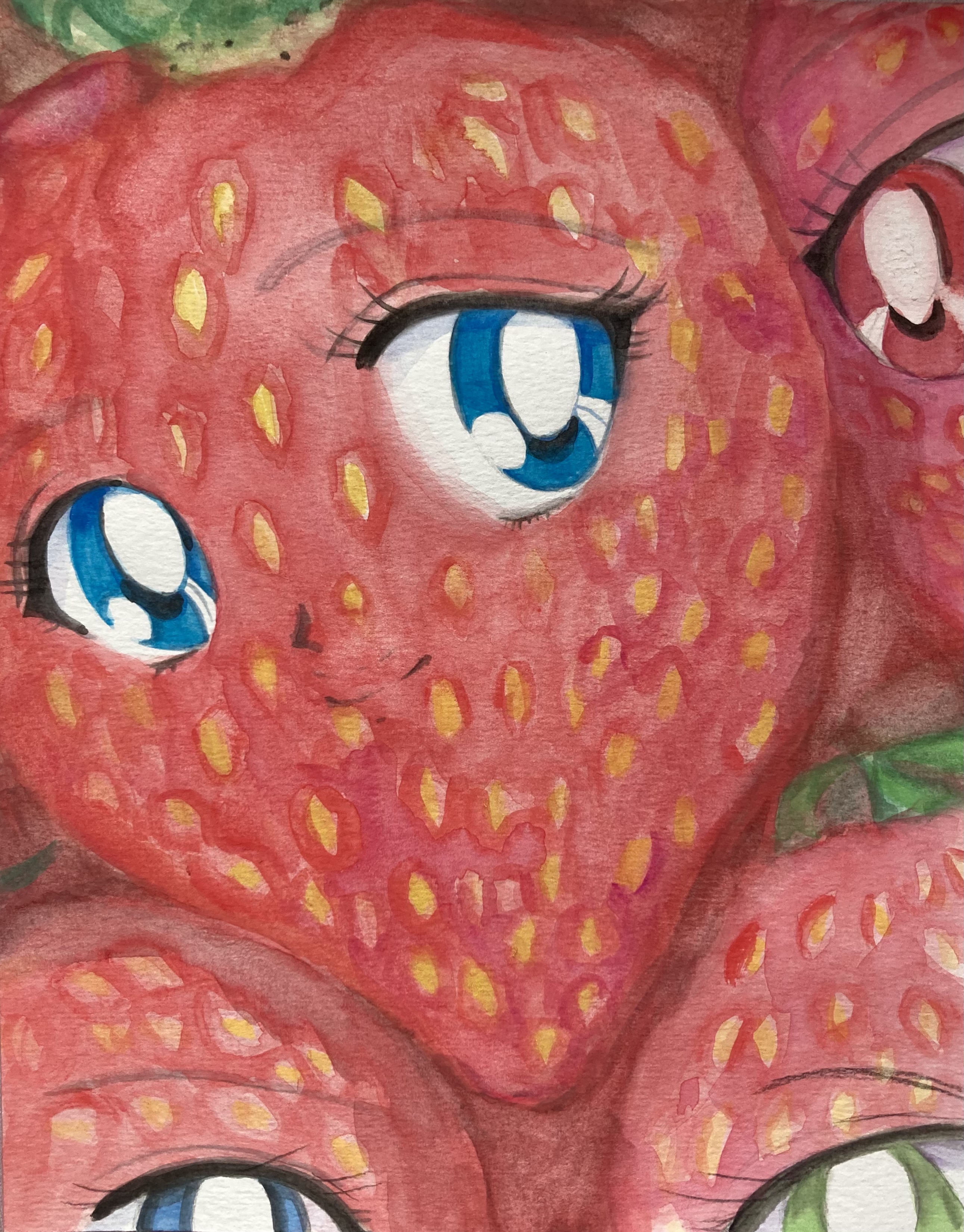
Watercolor on paper
Unframed: 24 x 19 cm
Framed: 33.8 x 29 cm

Installation view, ‘Where Jellyfish Come From’, Antenna Space, Shanghai, China, 2022.
Courtesy of the artist and Antenna Space.
Photo by Junli Chen and Yichen Guo.

Installation view, ‘Where Jellyfish Come From’, Antenna Space, Shanghai, China, 2022.
Courtesy of the artist and Antenna Space.
Photo by Junli Chen and Yichen Guo.

Installation view, ‘Where Jellyfish Come From’, Antenna Space, Shanghai, China, 2022.
Courtesy of the artist and Antenna Space.
Photo by Junli Chen and Yichen Guo.

Acrylic on canvas
100 x 134 cm
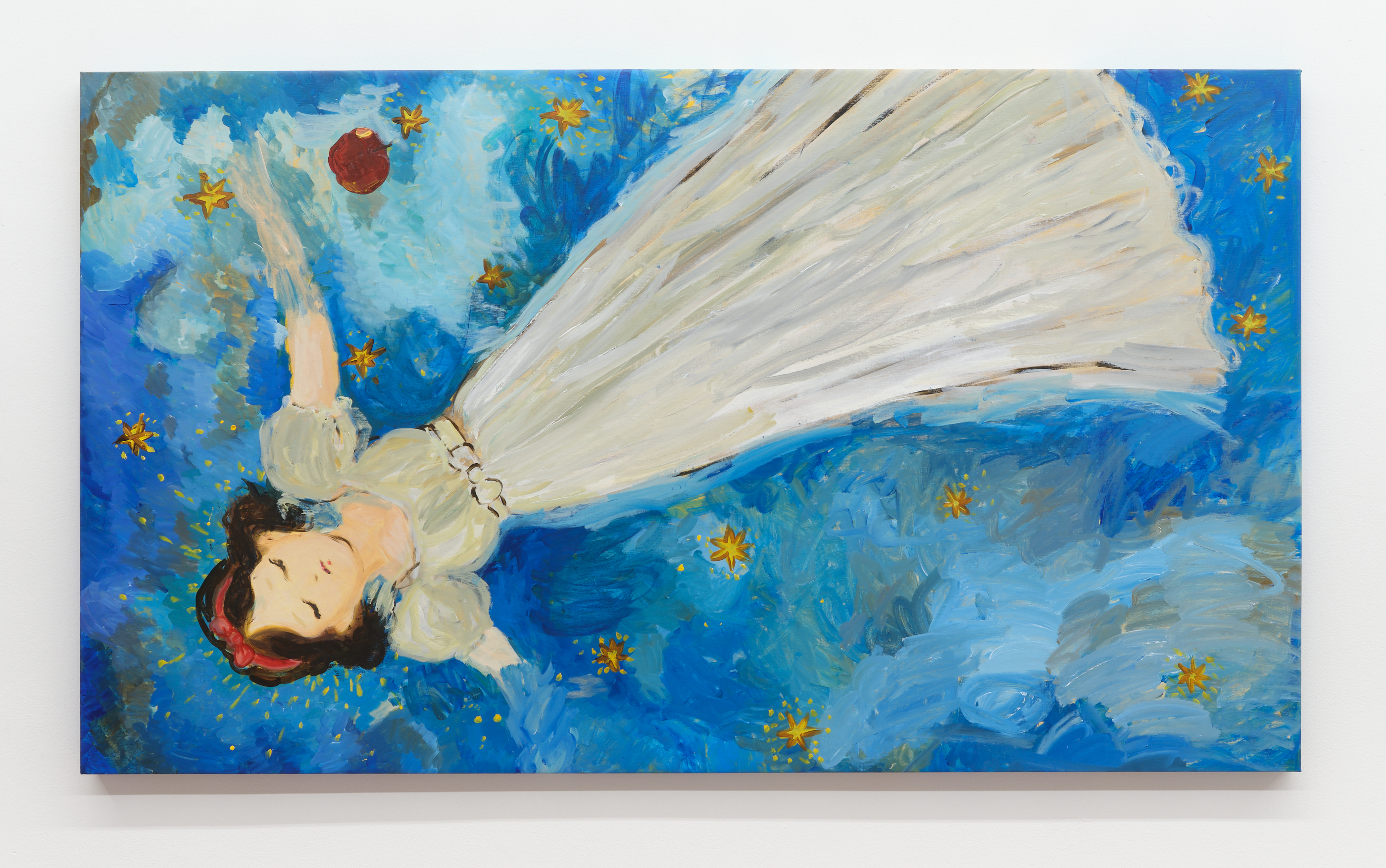
Acrylic on canvas
117.5 x 204 cm
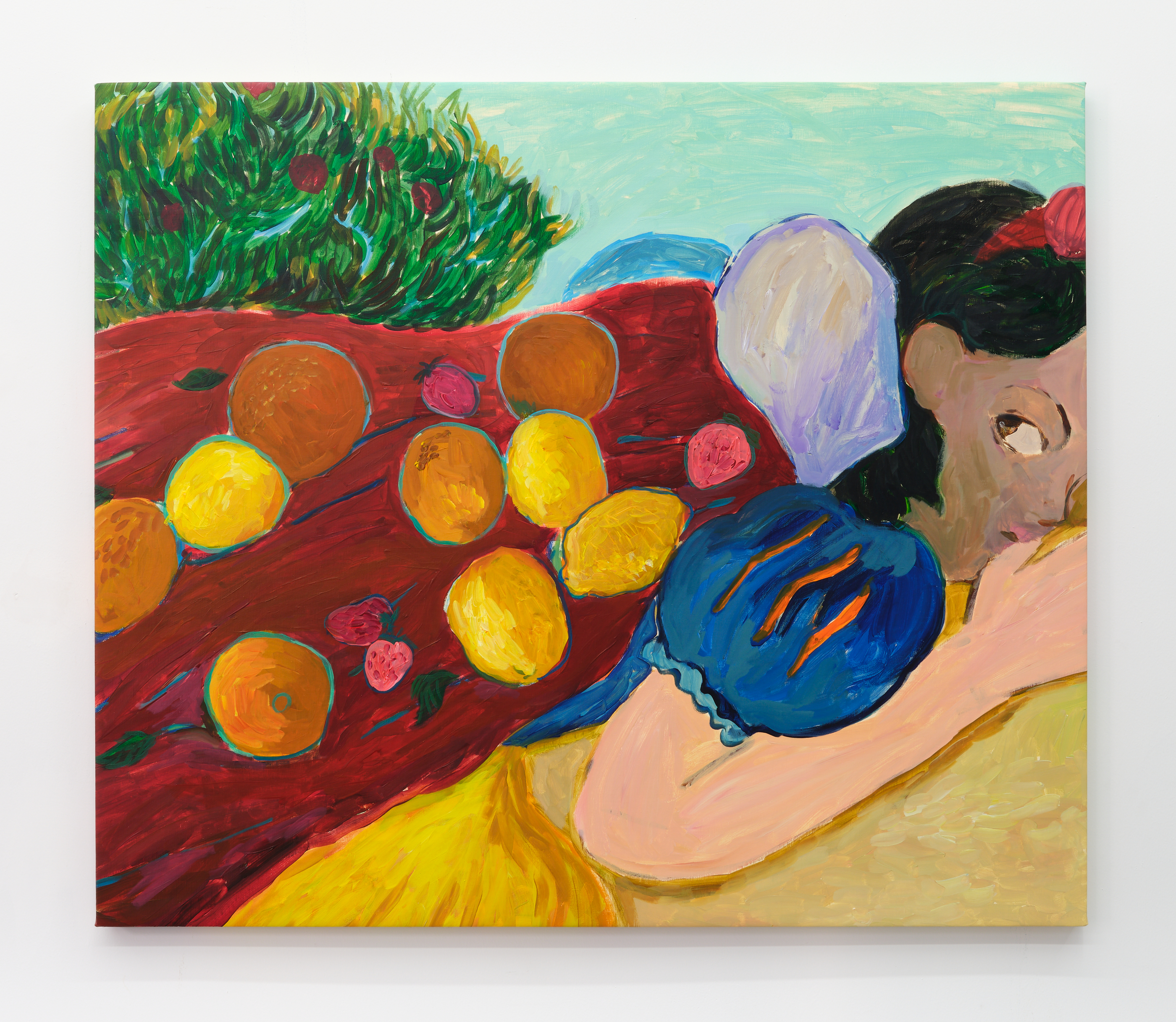
Acrylic on canvas
99 x 116 cm

Acrylic on canvas
102 x 67 cm

Acrylic on canvas
131 x 92.5 cm
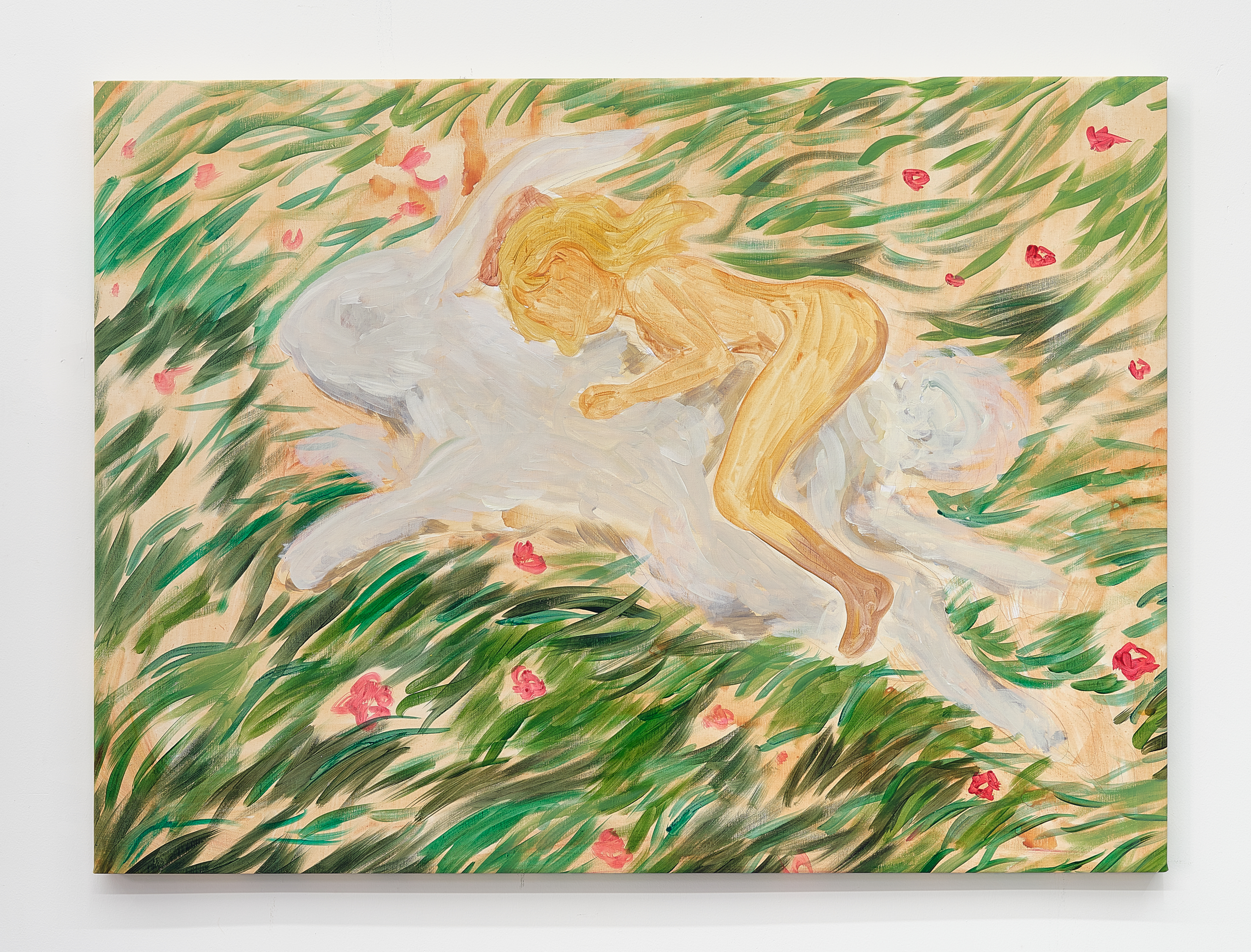
Acrylic on canvas
100 x 134 cm
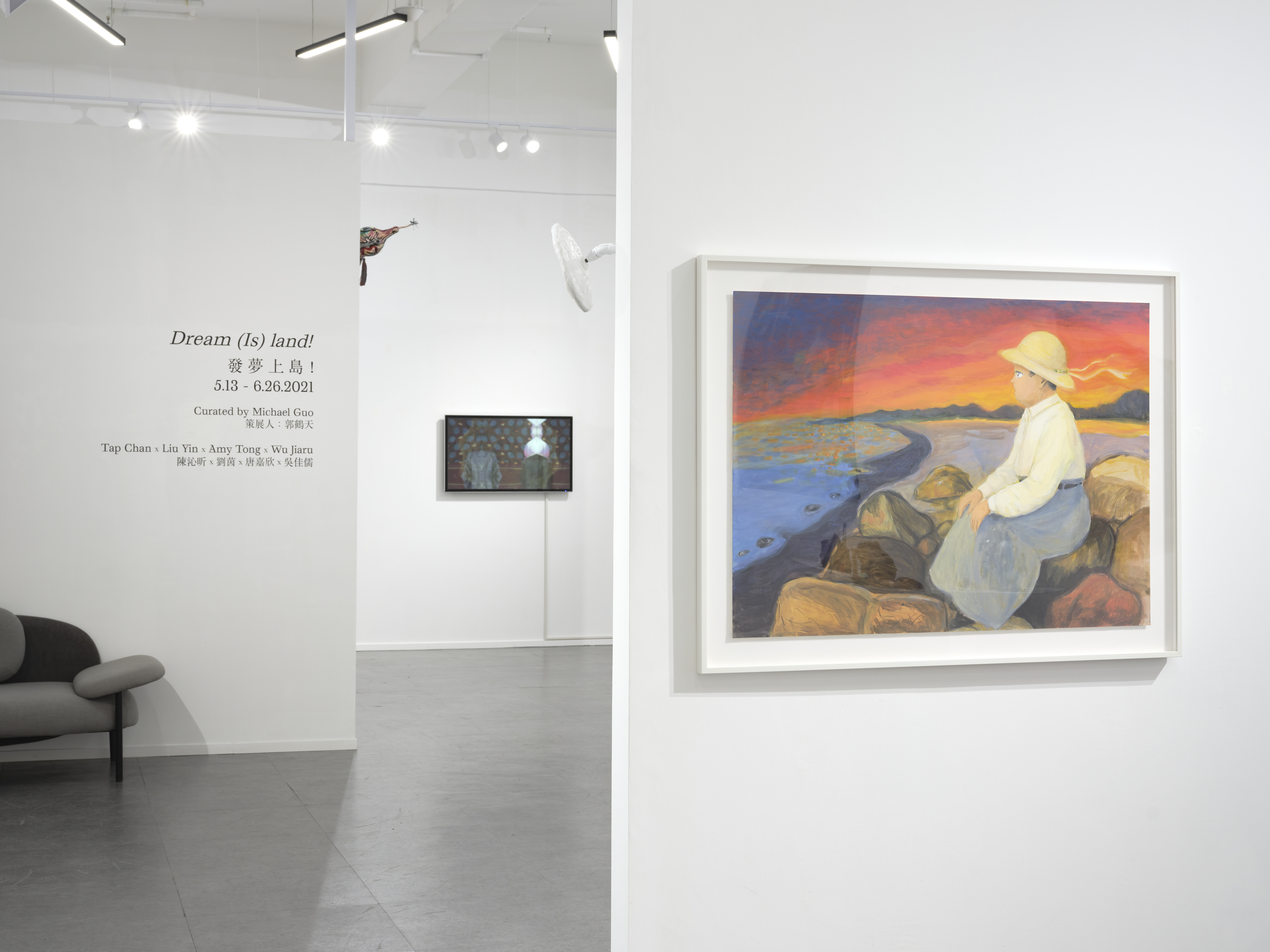
Installation view, ‘Dream (Is) land!’, MINE PROJECT (now MOU PROJECTS), Hong Kong, 2021.
Courtesy of MOU PROJECTS and the artist.
Photo by South Ho.

Installation view, ‘Dream (Is) land!’, MINE PROJECT (now MOU PROJECTS), Hong Kong, 2021.
Courtesy of MOU PROJECTS and the artist.
Photo by South Ho.
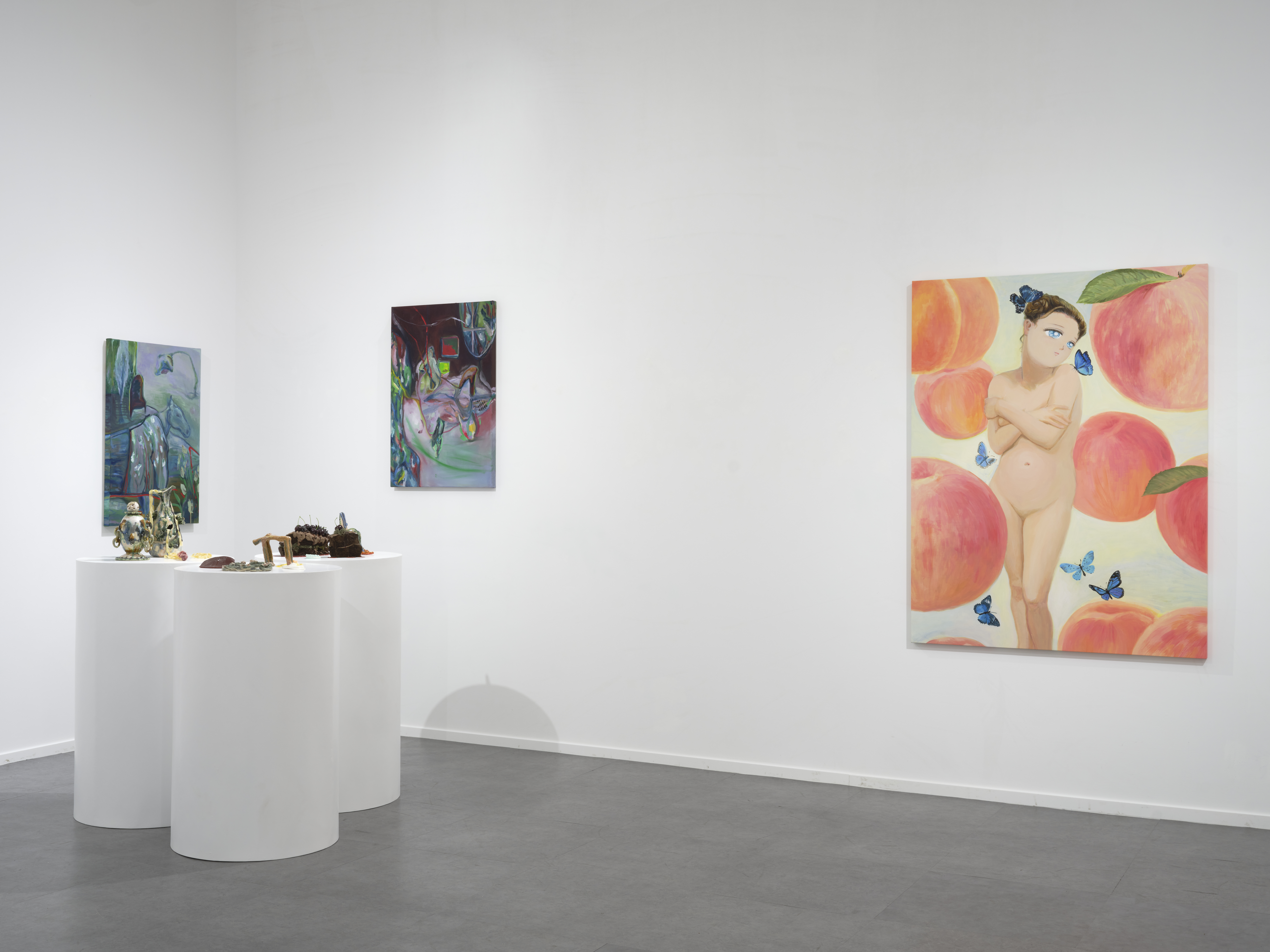
Installation view, ‘Dream (Is) land!’, MINE PROJECT (now MOU PROJECTS), Hong Kong, 2021.
Courtesy of MOU PROJECTS and the artist.
Photo by South Ho.
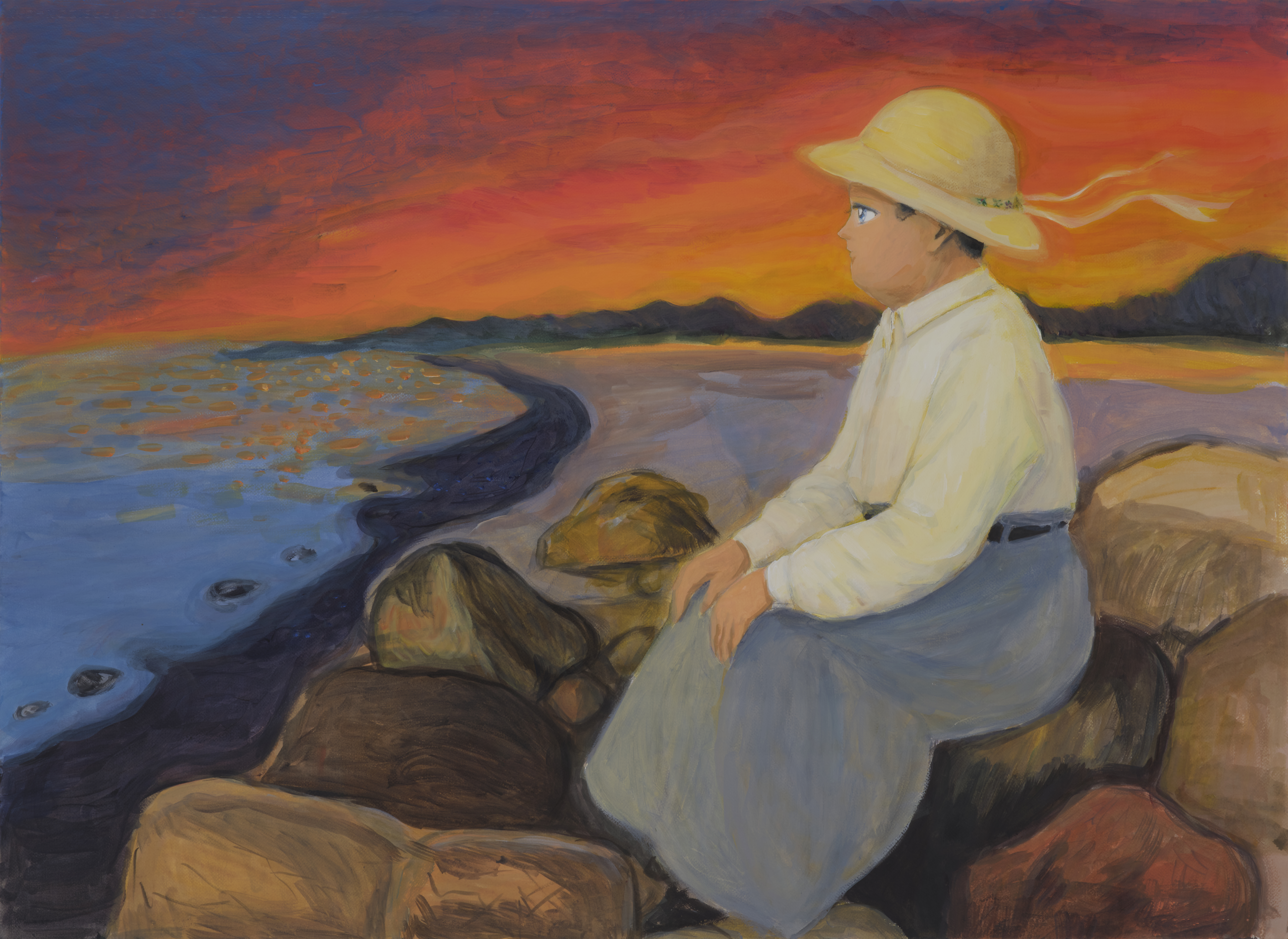
Acrylic on paper
79.5 x 108.5 cm
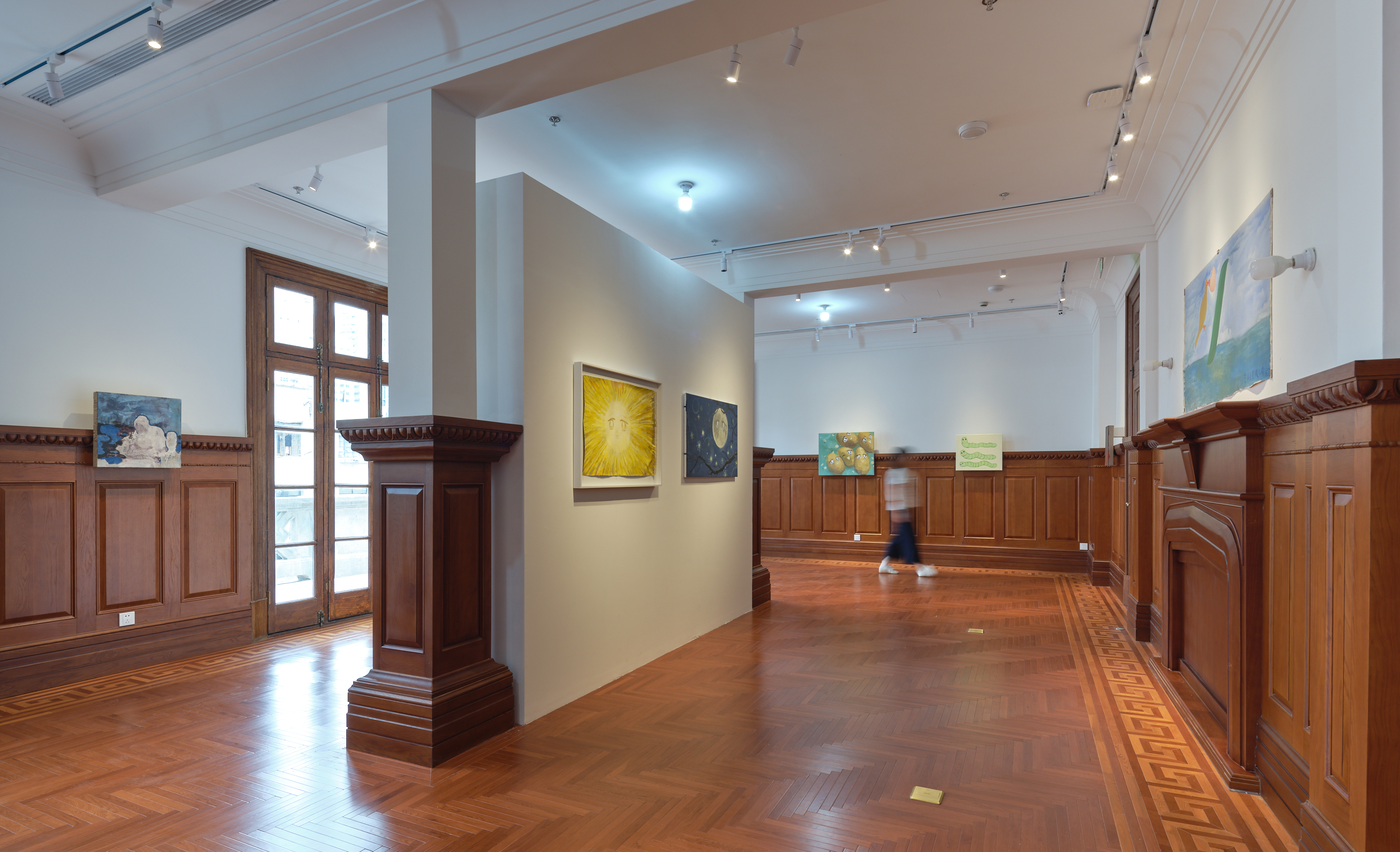
Installation view, ‘In the Labyrinth’, Edouard Malingue Gallery, Shanghai, 2021
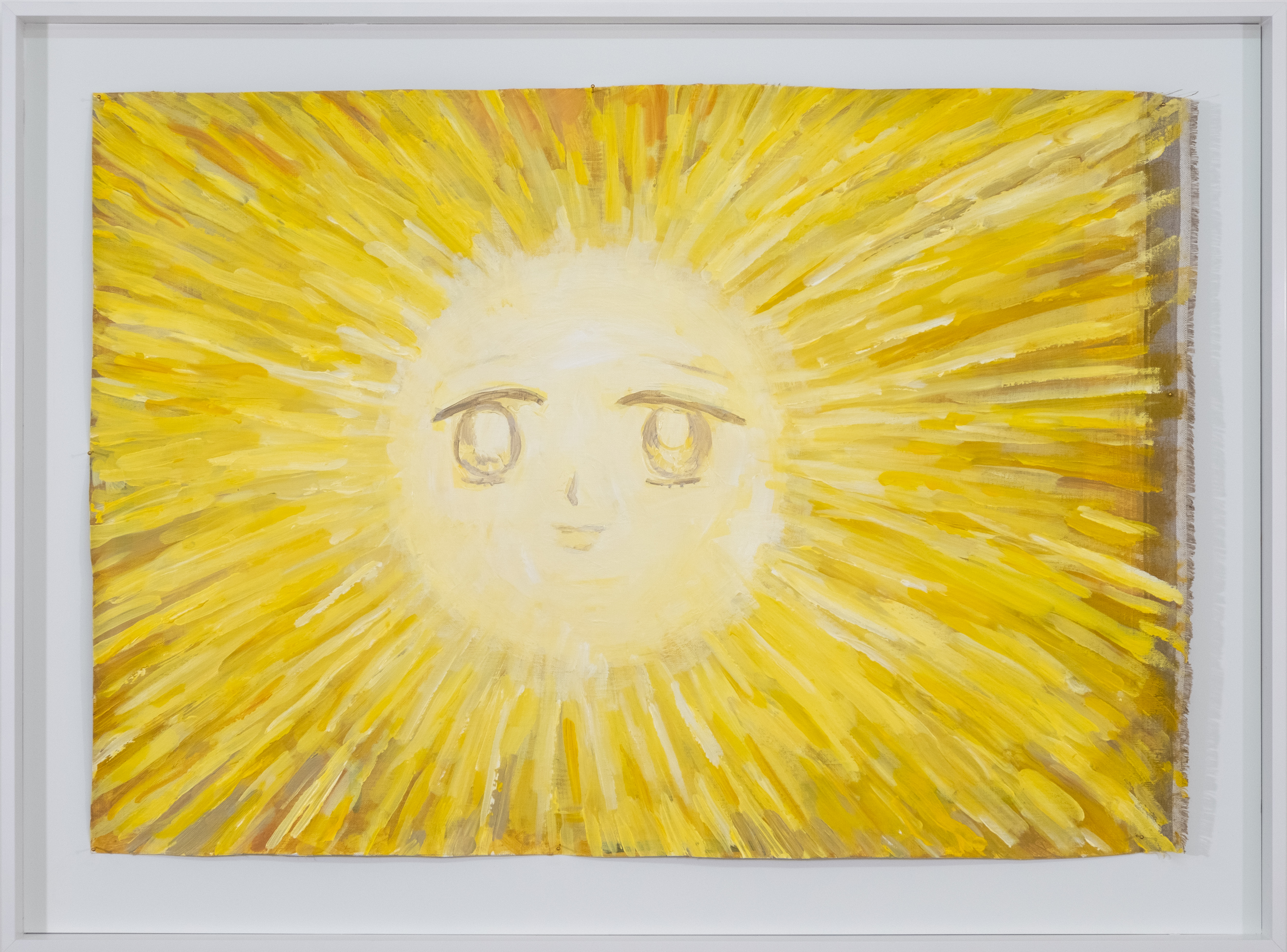
Acrylic on canvas
59.5 x 86. 5 cm
Framed: 73.1 x 99 cm
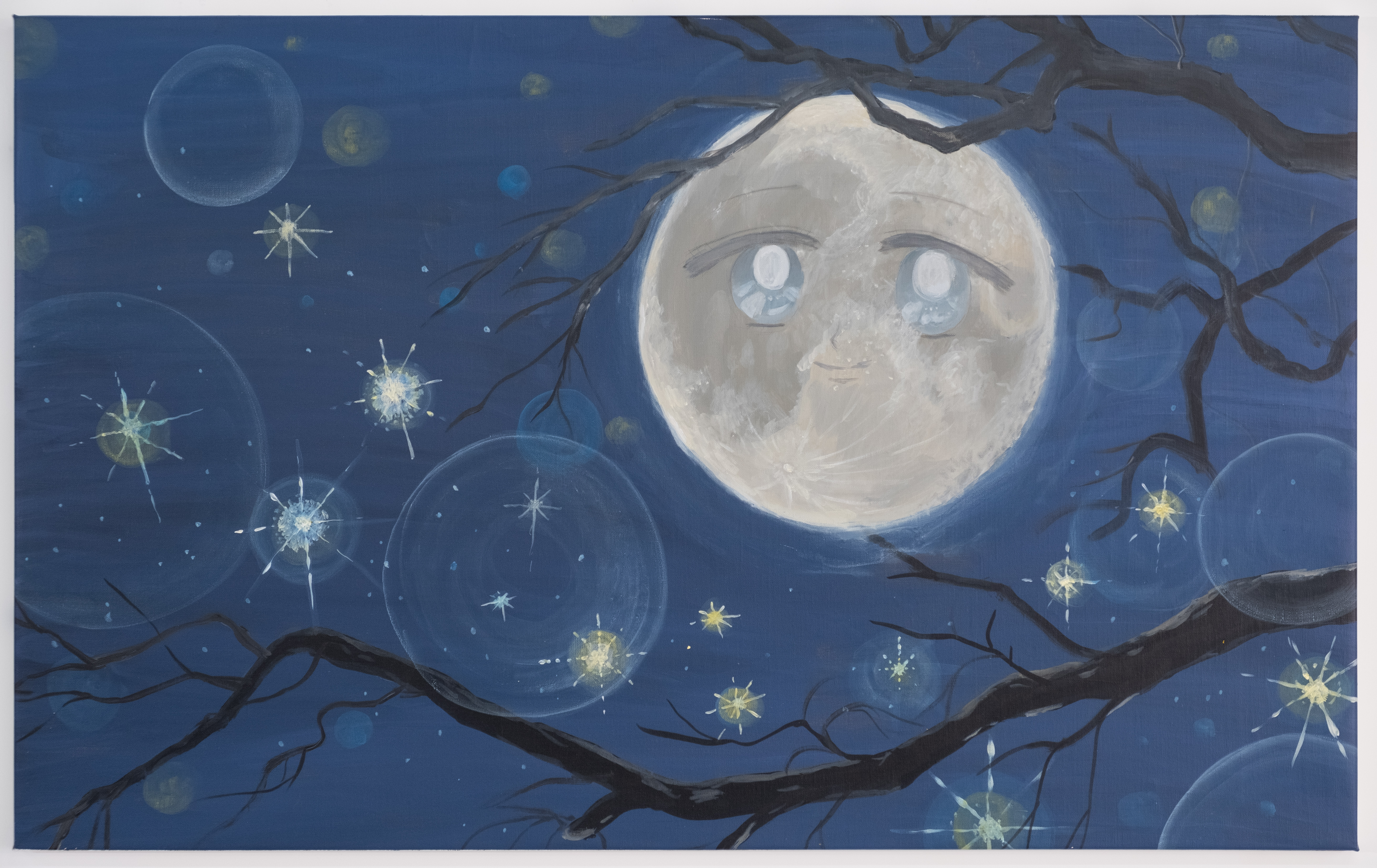
Acrylic on canvas
64.6 x 104.2 cm

Acrylic on canvas
63.5 x 82.8 cm
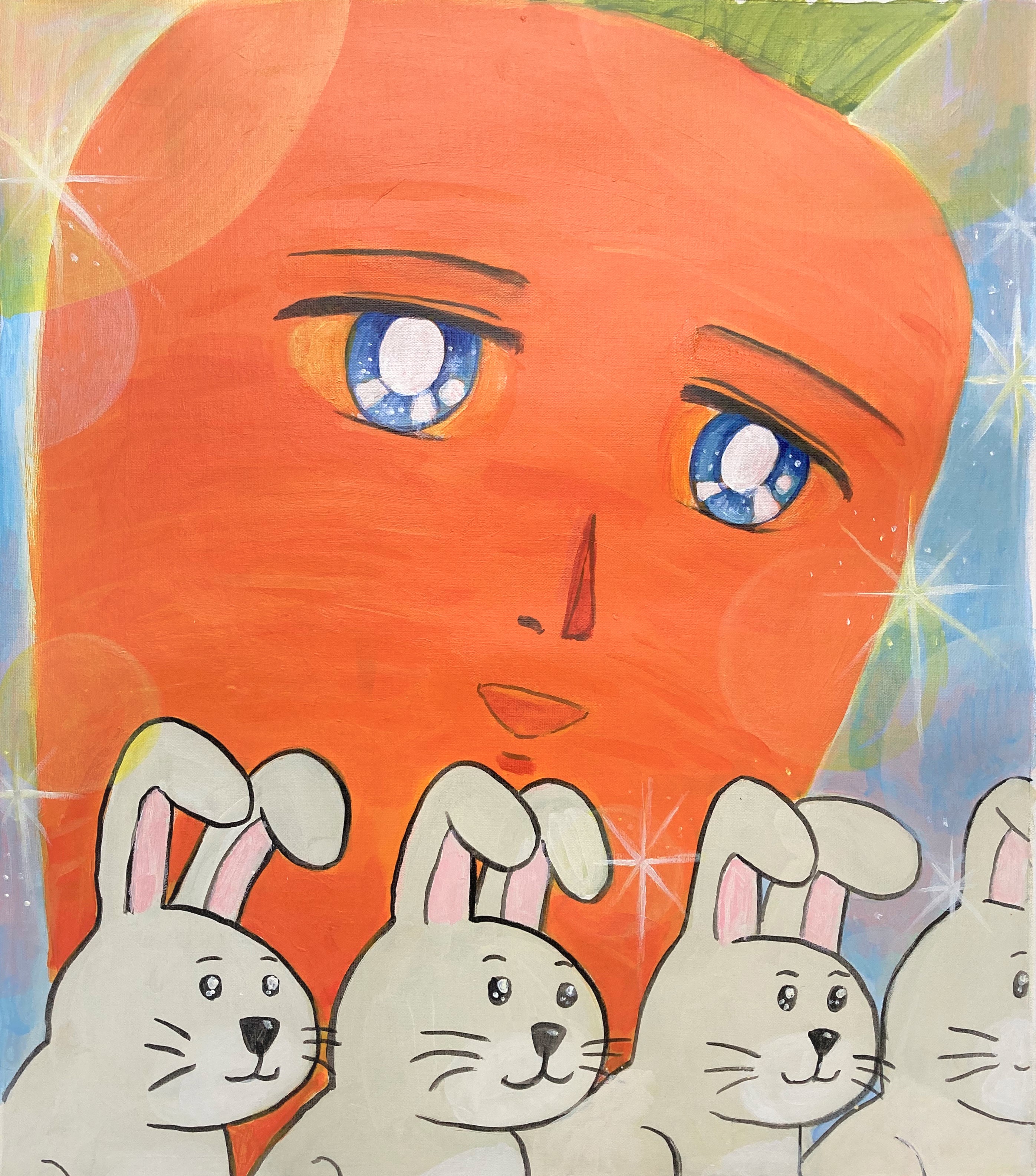
Acrylic on canvas
60 x 52.5 cm
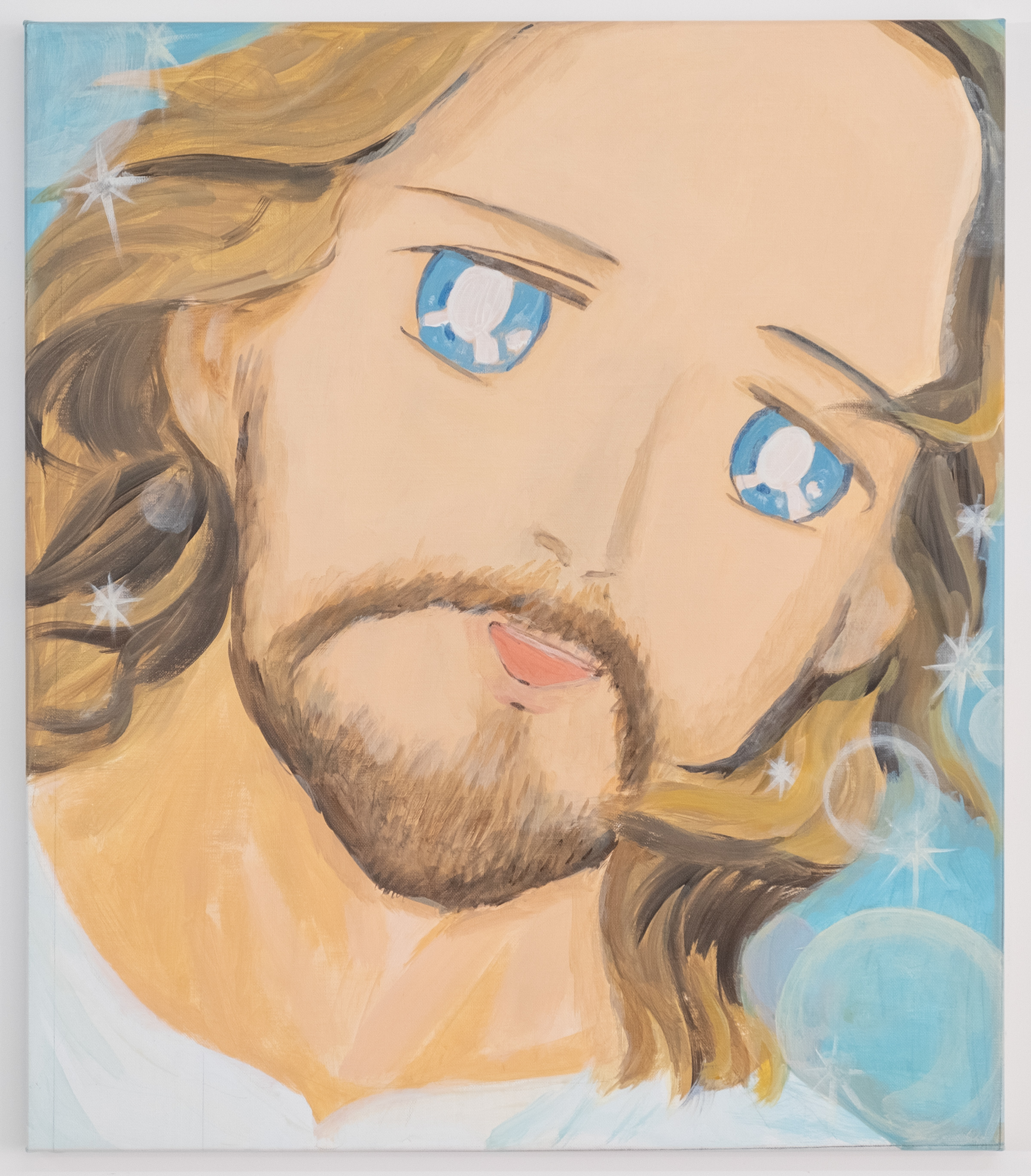
Acrylic on canvas
59.7 x 51.7 cm
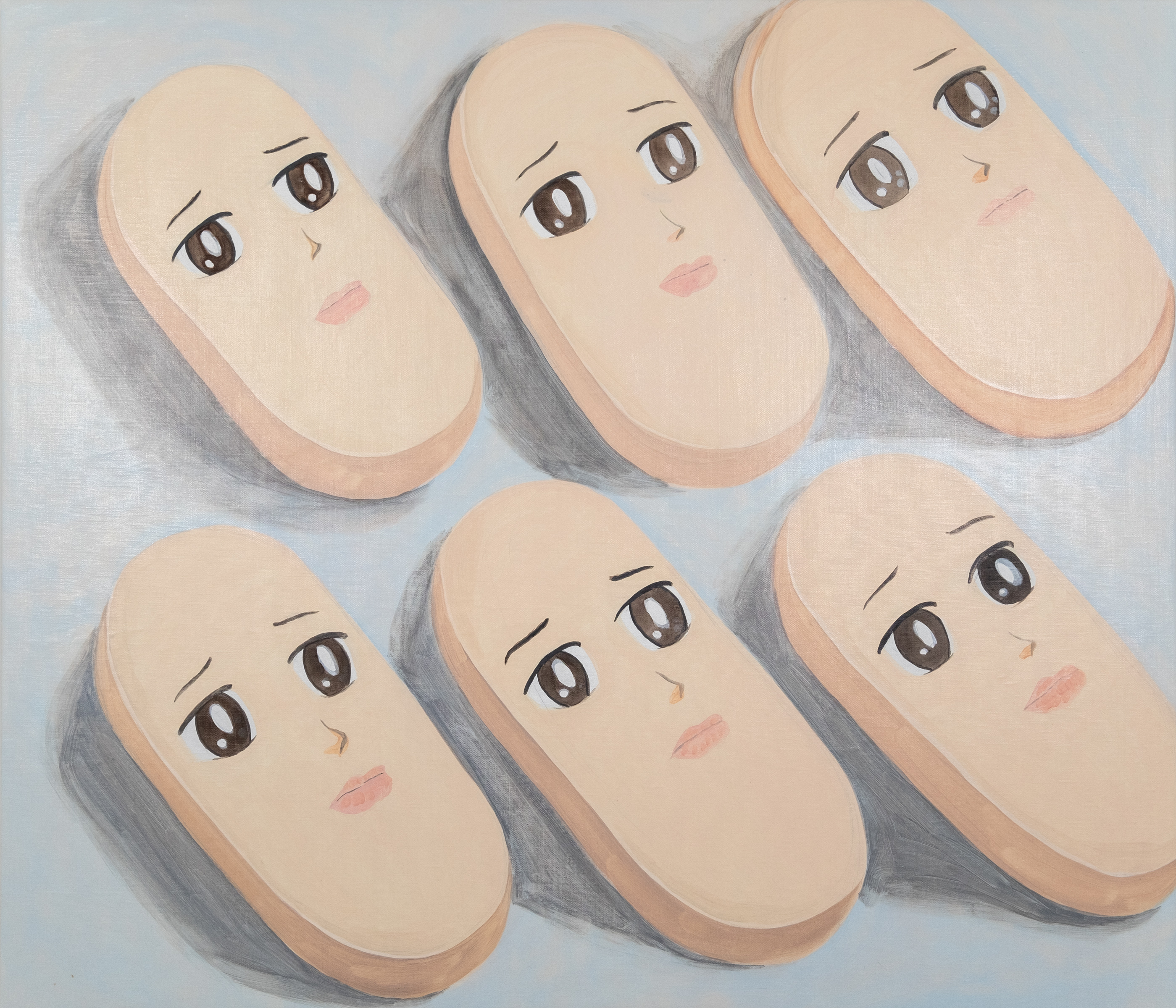
Acrylic on canvas
88.5 x 102.7 cm

Pencil and acrylic on paper
157.4 x 109.2 cm

Pencil and acrylic on paper
109.2 x 78.7 cm
-Two-warriors-left.jpg)
Pencil, watercolor, acrylic on paper
Set of 2
78.7 x 109.2cm (each)
-Two-warriors-right.jpg)
Pencil, watercolor, acrylic on paper
Set of 2
78.7 x 109.2cm (each)
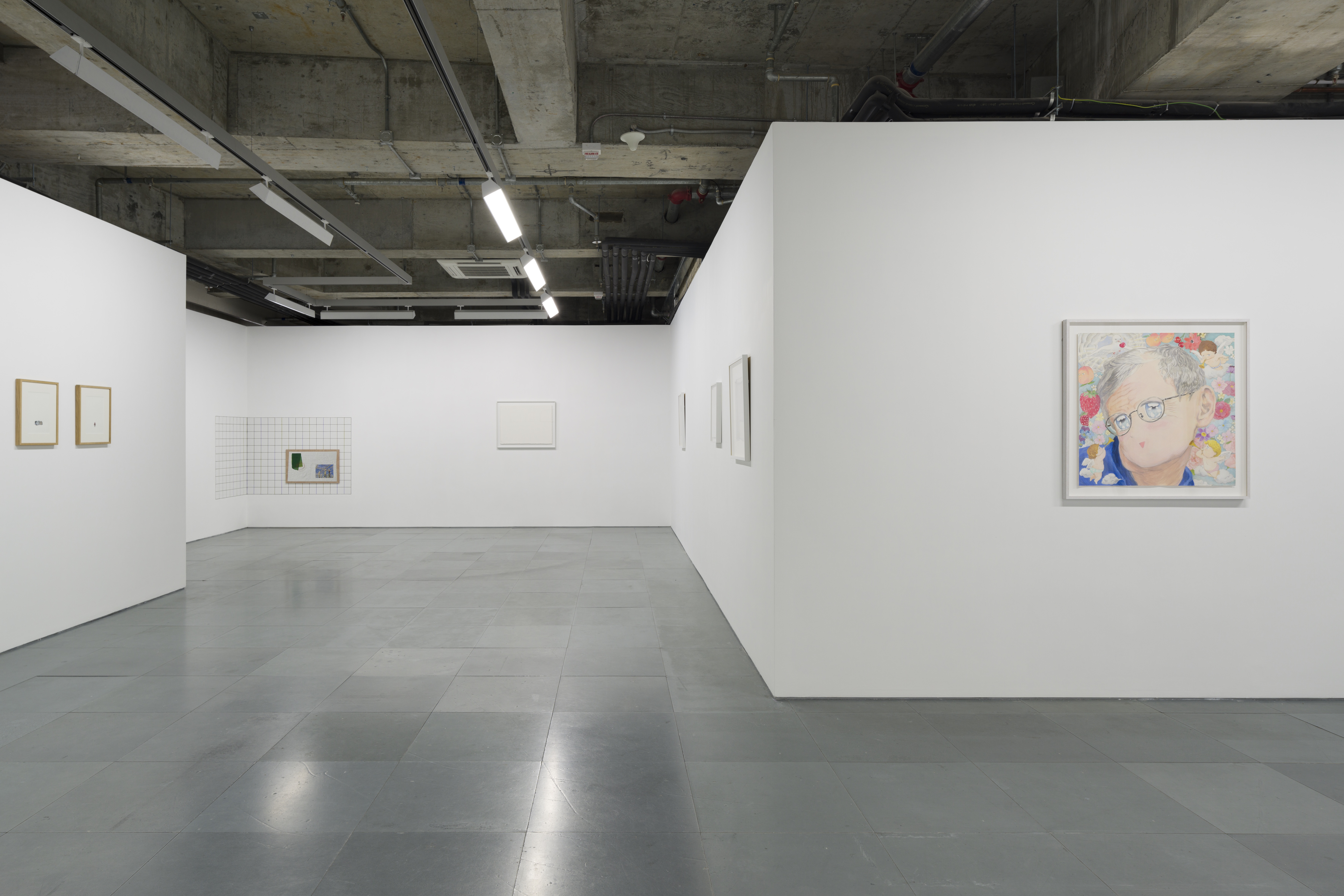
Installation view, ‘Folded Veil’, Edouard Malingue Gallery, Hong Kong, 2019
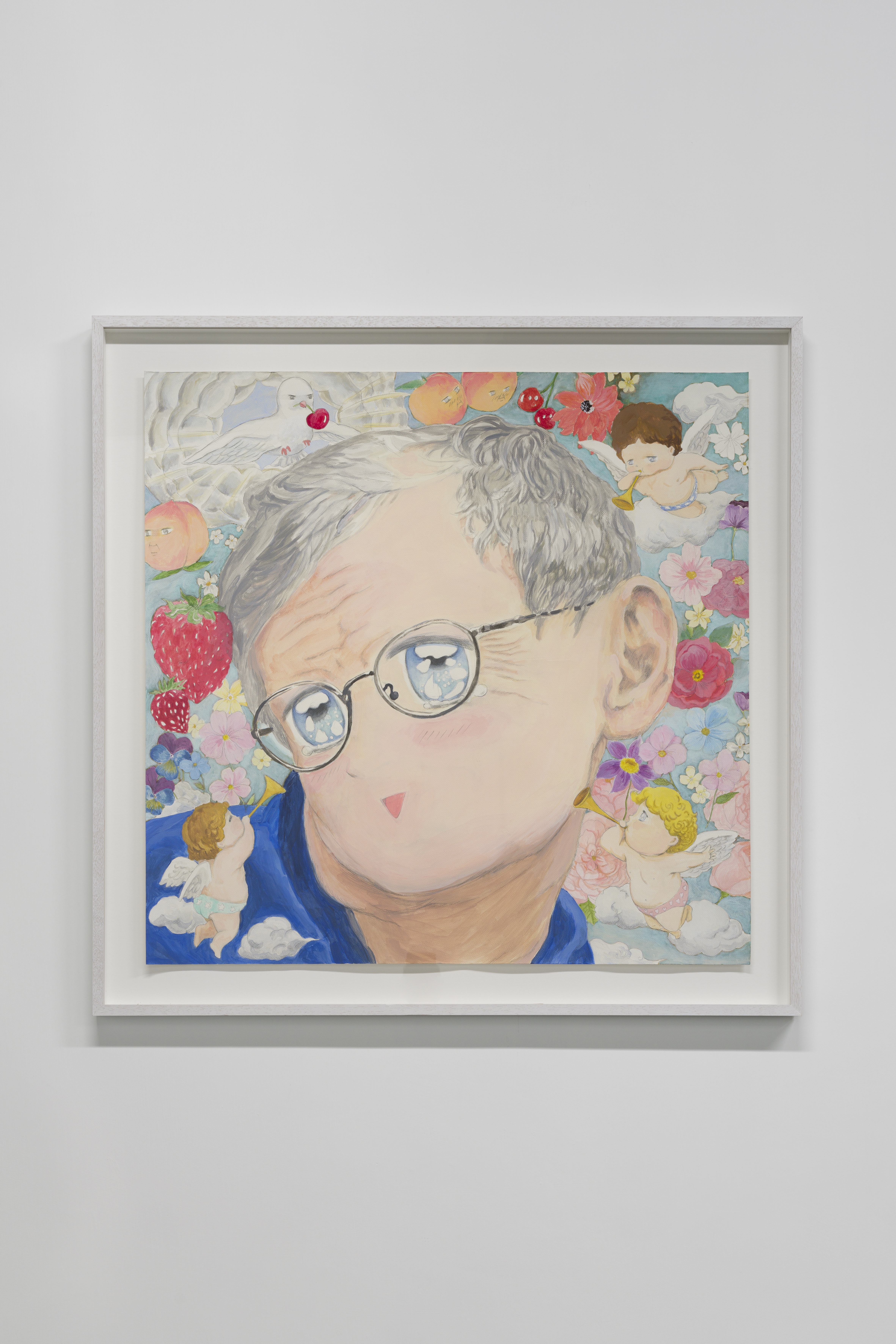
Pencil, watercolor, acrylic on paper
79.5 x 78 cm